Chile - Puerto Natales - 2005
In January-February 2005 we visited South America before and after our Antarctic Cruise.
49-days - Melbourne - Auckland - Buenos Aires (Argentina) - Ushuaia - 10-day Antarctic Cruise - Ushuaia - El Calafate -
Perito Moreno Glacier - El Calafate - El Chalten - Puerto Natales (Chile) - Torres del Paine NP - Chilean Fiords ferry - Puerto Varas -
Lakes crossing - Bariloche (Argentina) - Buenos Aires - Auckland - Melbourne
An excited couple on board the 3½ flight with Air New Zealand to Auckland.
We had 2½ hours in transit and then a 12½ flight on the Aerolineas Argentinas jet to Buenos Aires.
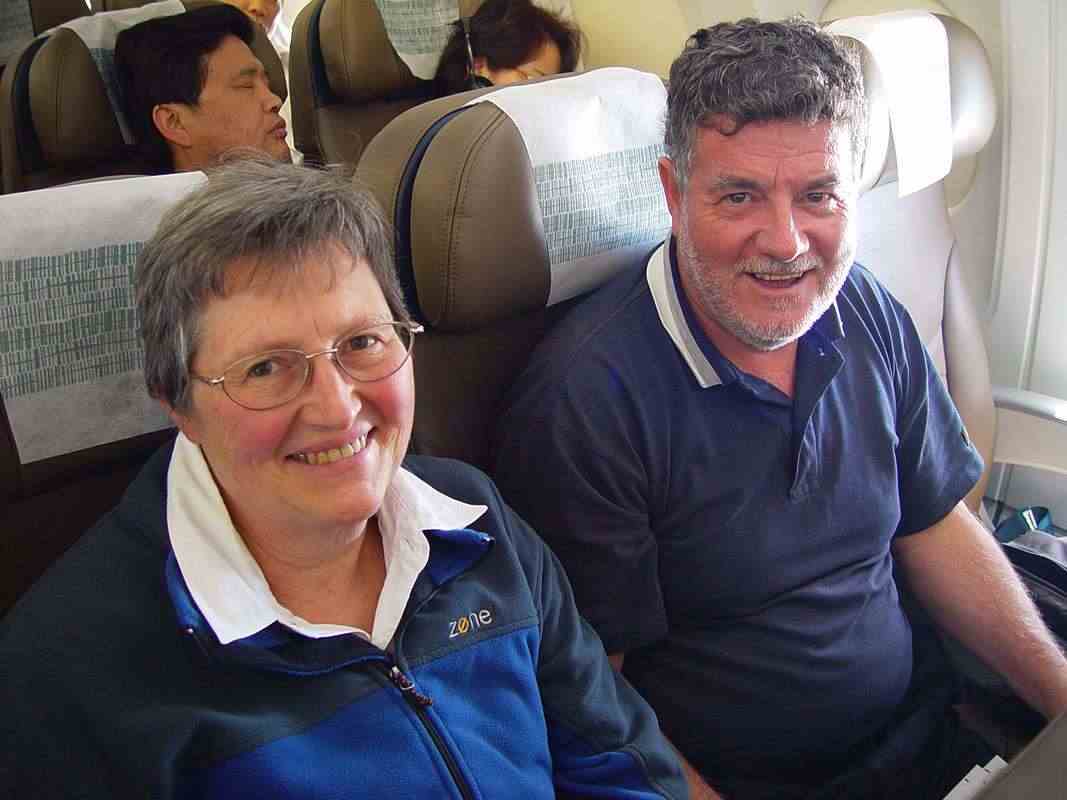
After 13 days in Argentina and a 10-day Antarctic cruise we caught a local bus from El Calafate in Argentina
to the Argentina-Chile border-crossing posts and on to Puerto Natales on the Pacific coast in Chile.
Decorative lights at the Chilean border-post.

Puerto Natales
Puerto Natales was originally inhabited by the Kawésqar or Alacaluf people and the Aoniken or Tehuelche people.
The first European to visit the area where the city is located was Juan Ladrillero, a Spanish explorer
who was looking for the Strait of Magellan's western passage in 1557.
The city was later settled by European immigrants, primarily Germans, British, Croats, Greeks, Italians and Spaniards.
It was then settled by Chilean people, with a substantial number coming from the island of Chiloé, all attracted by the sheep breeding industry.

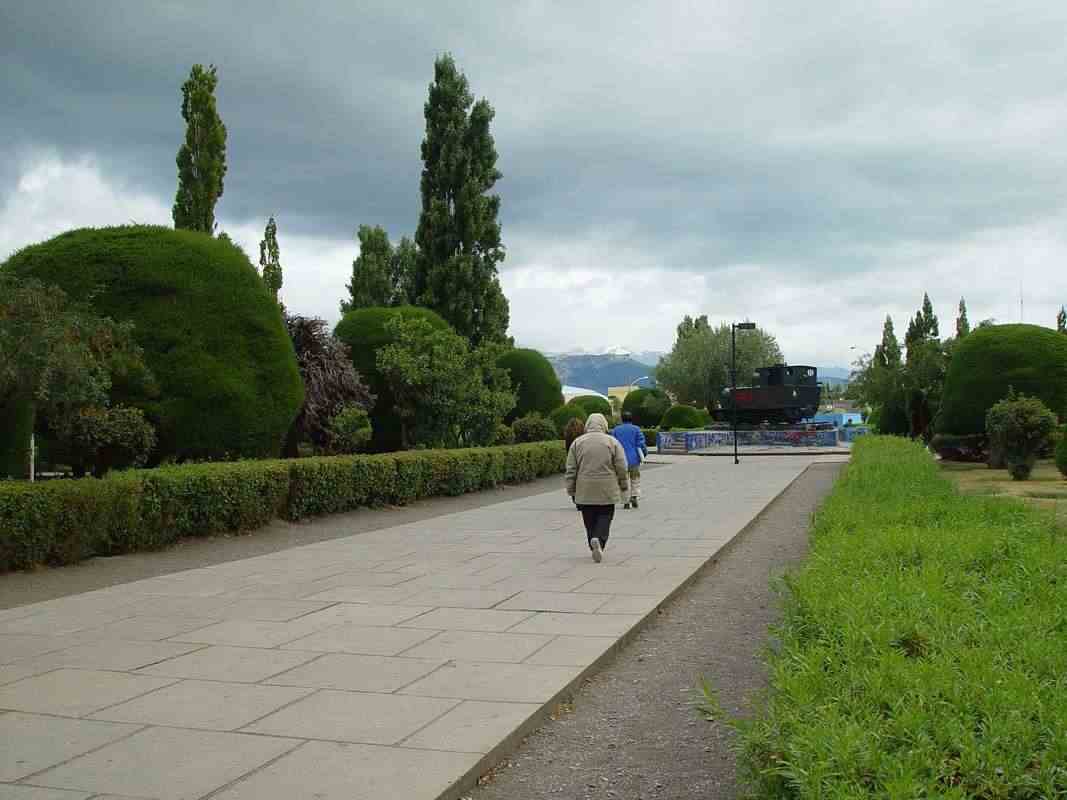
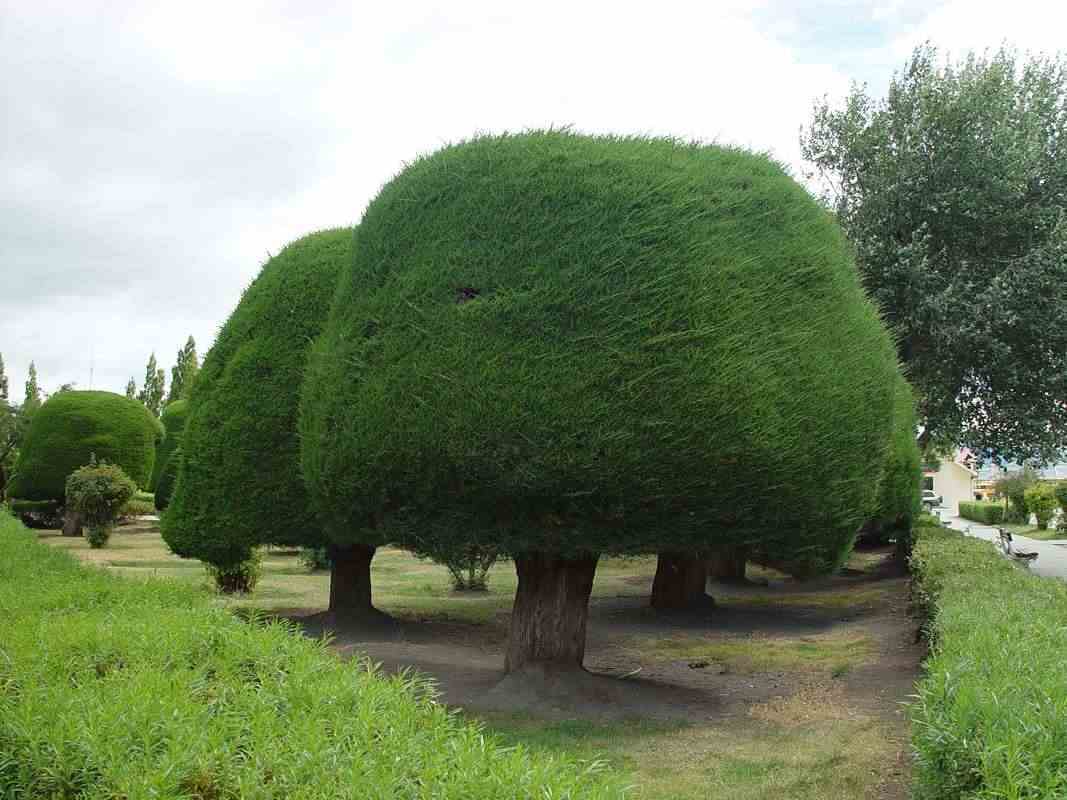

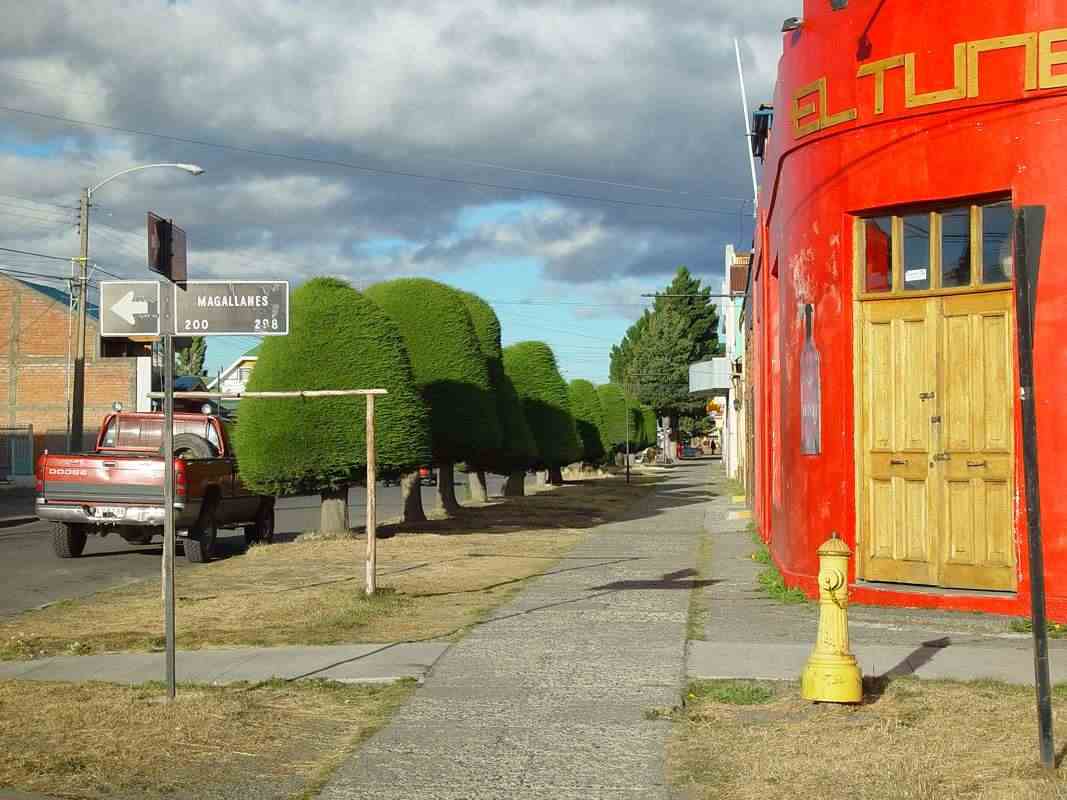
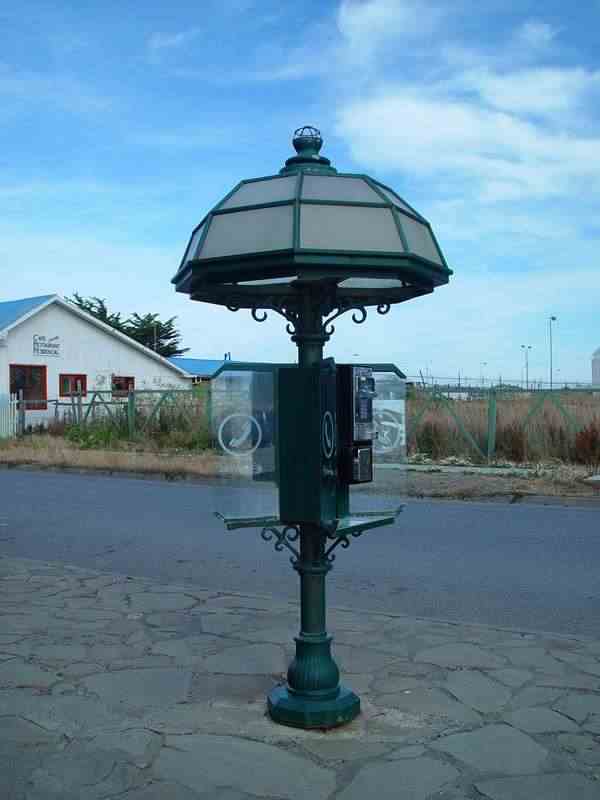
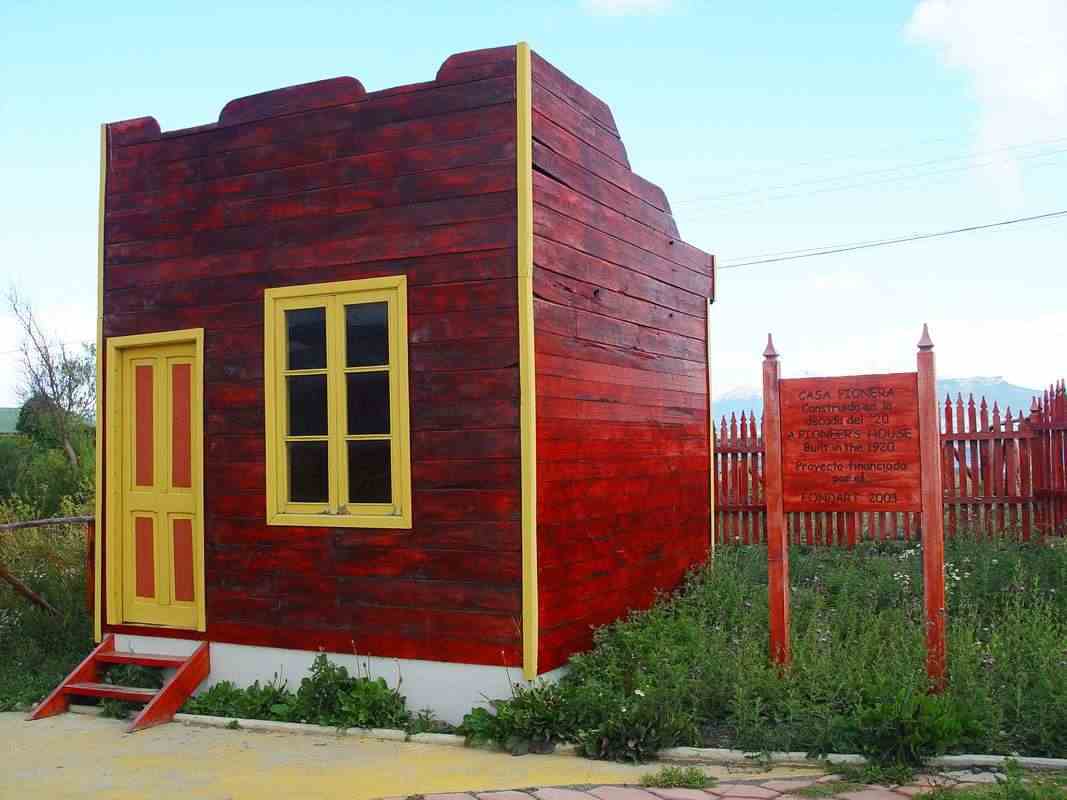

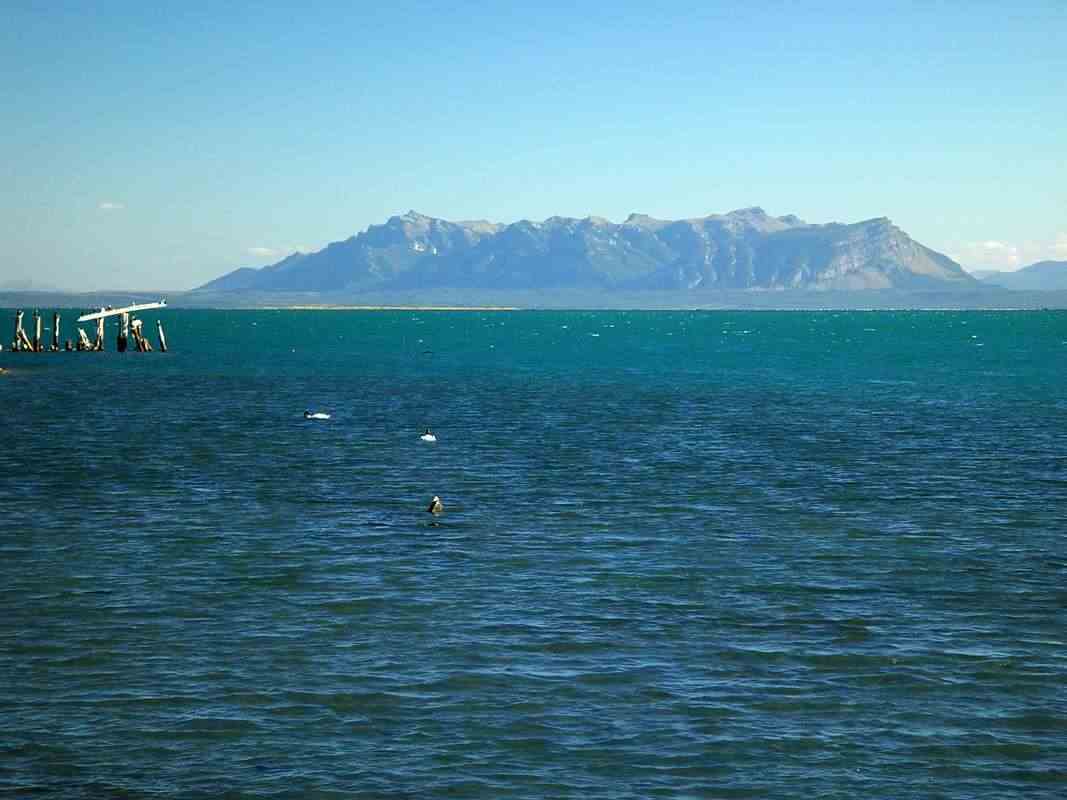
We went on a magnificent day-cruise in the local Última Esperanza Sound.

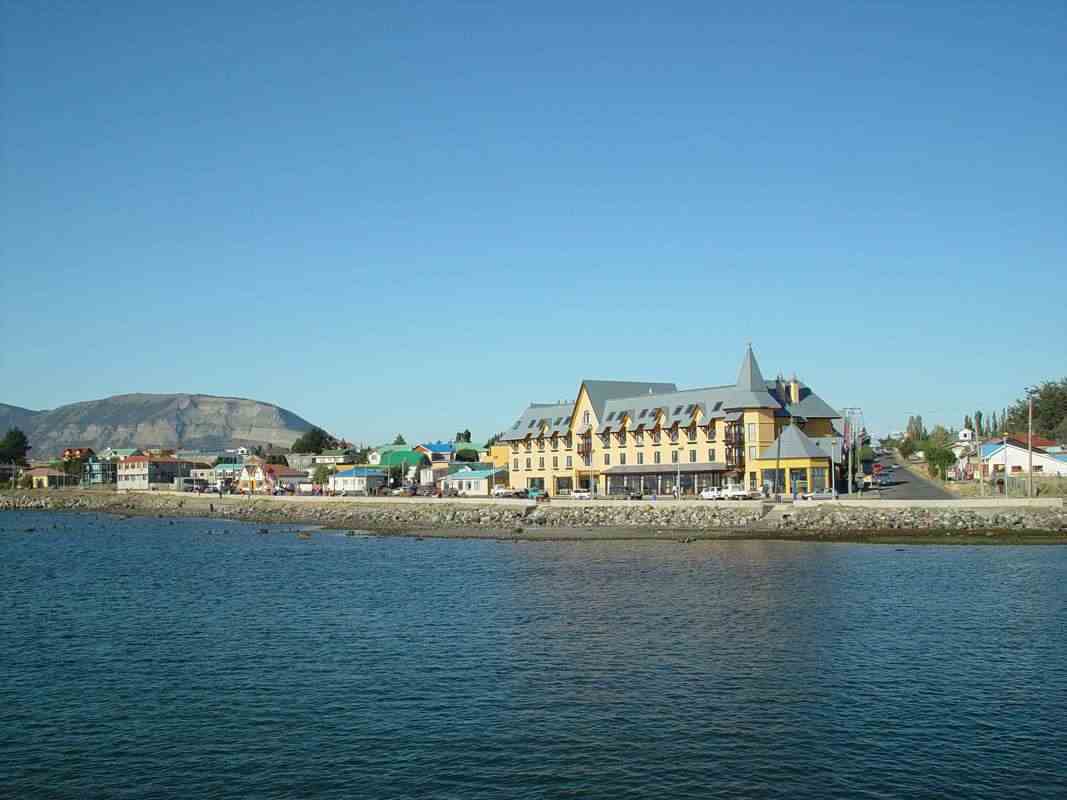
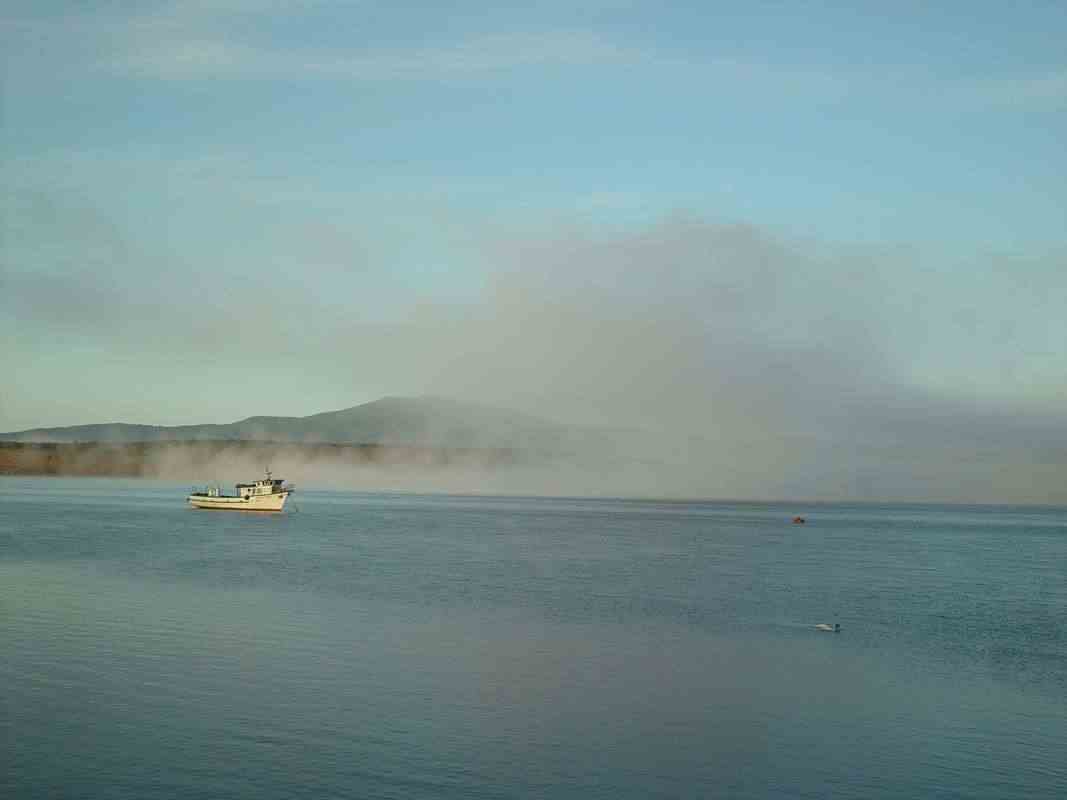



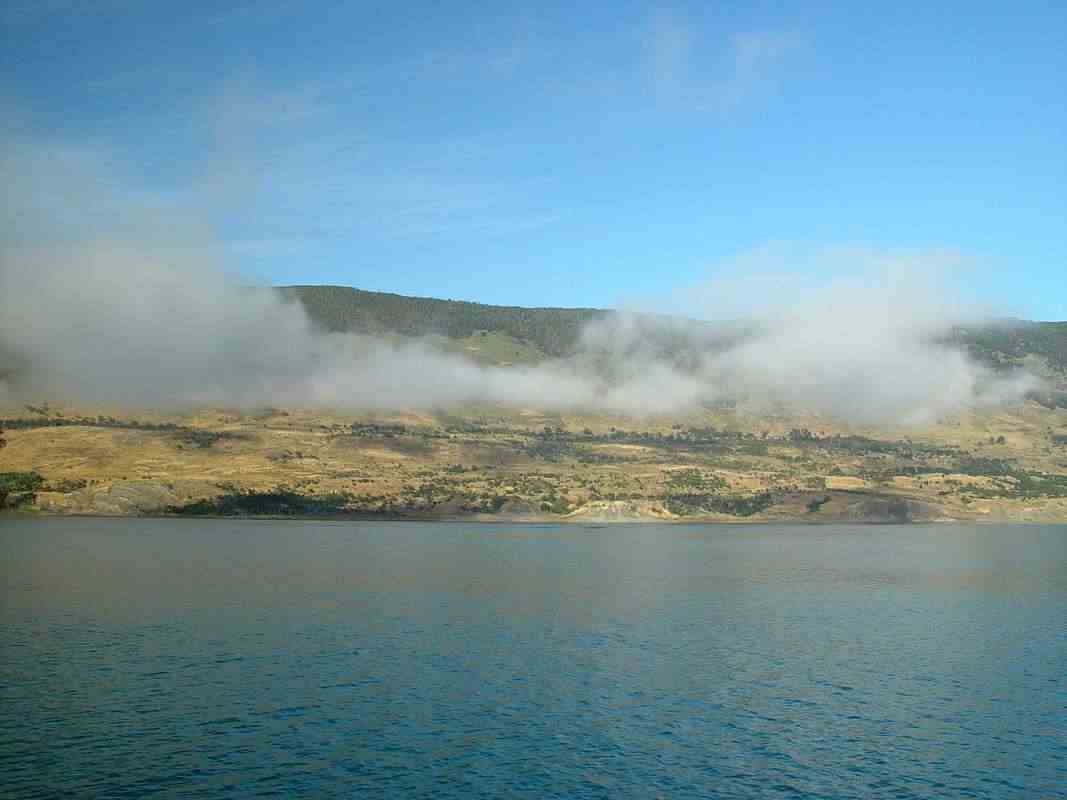
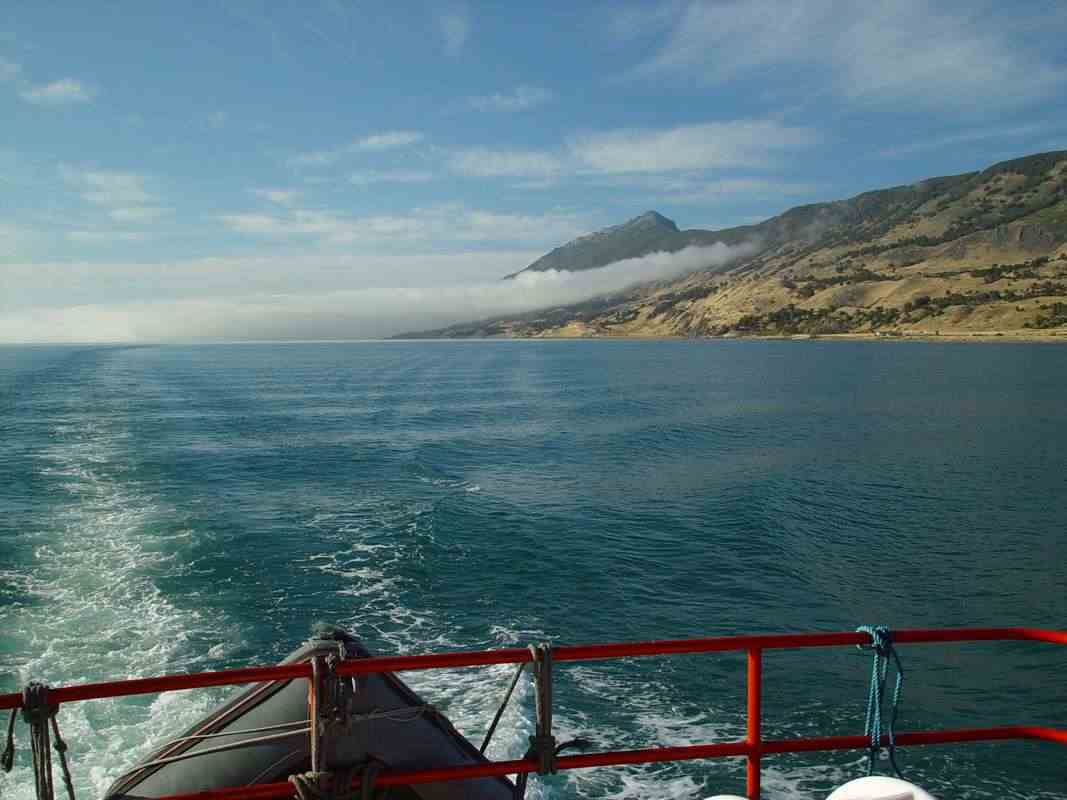

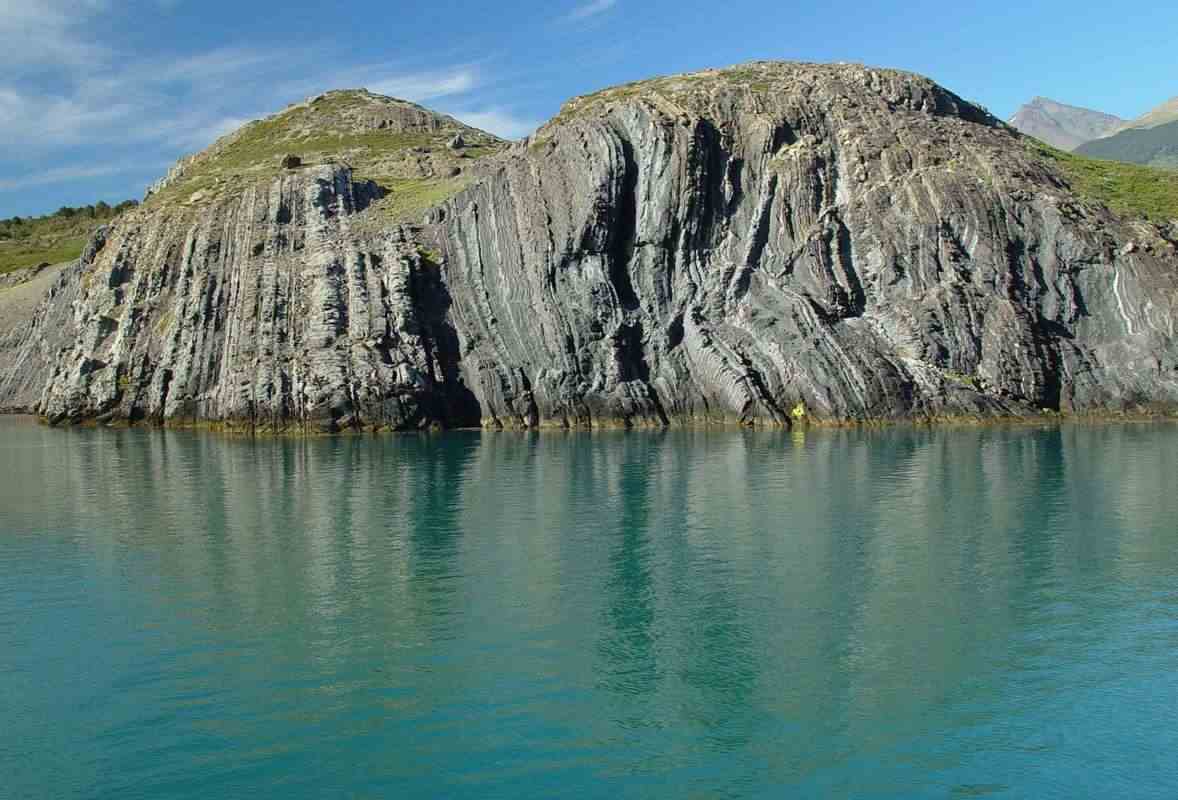
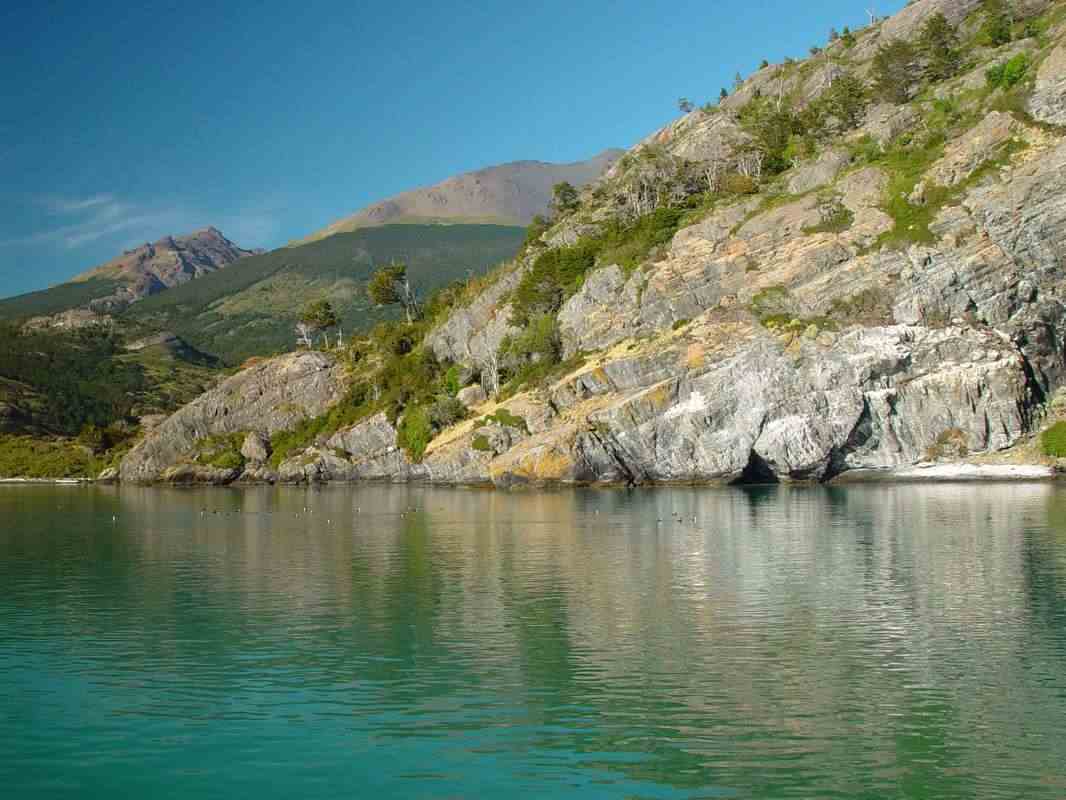
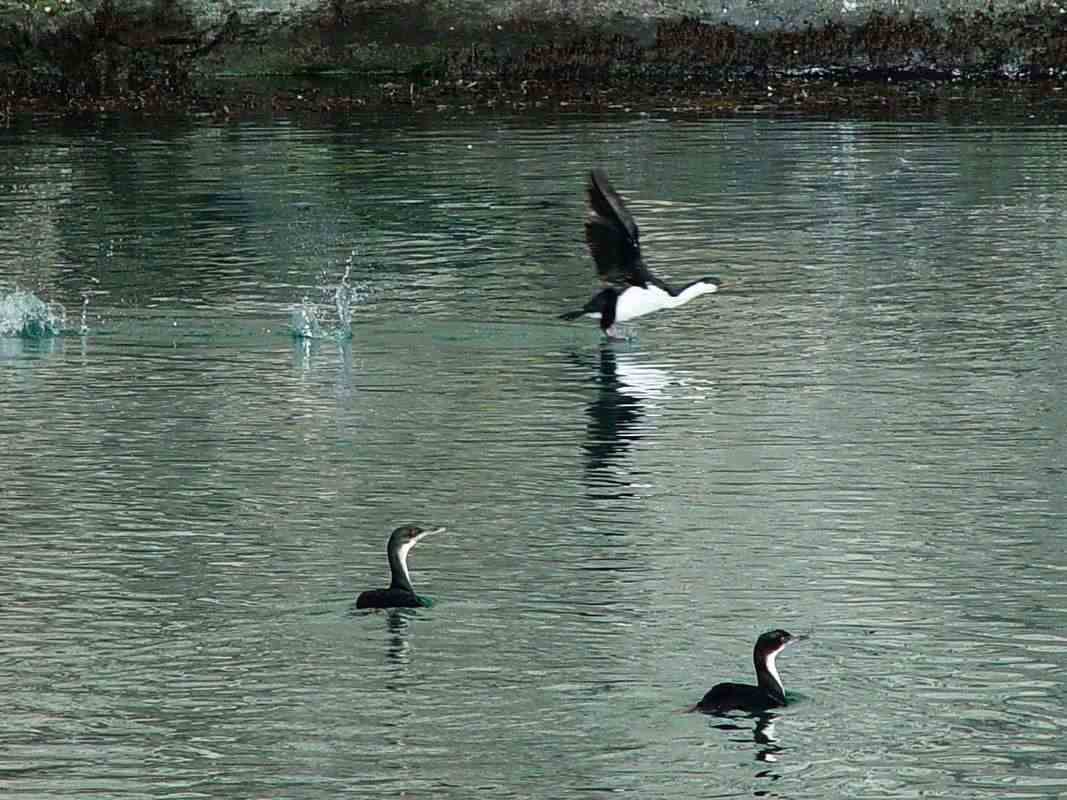

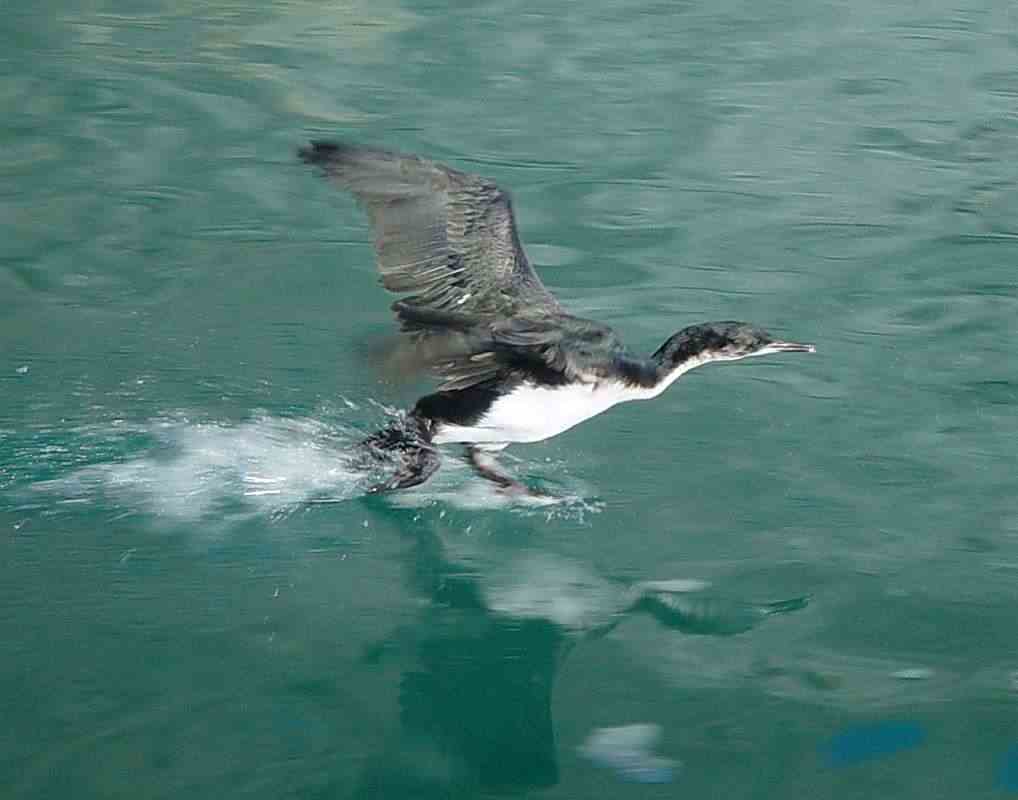
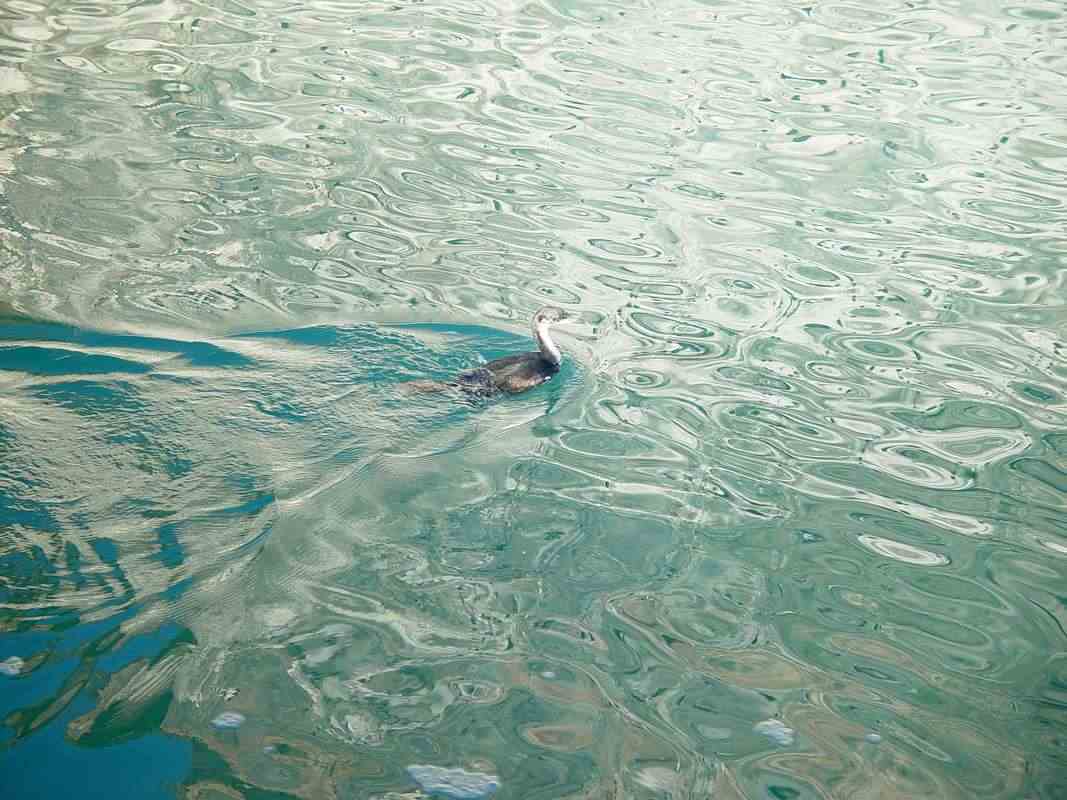
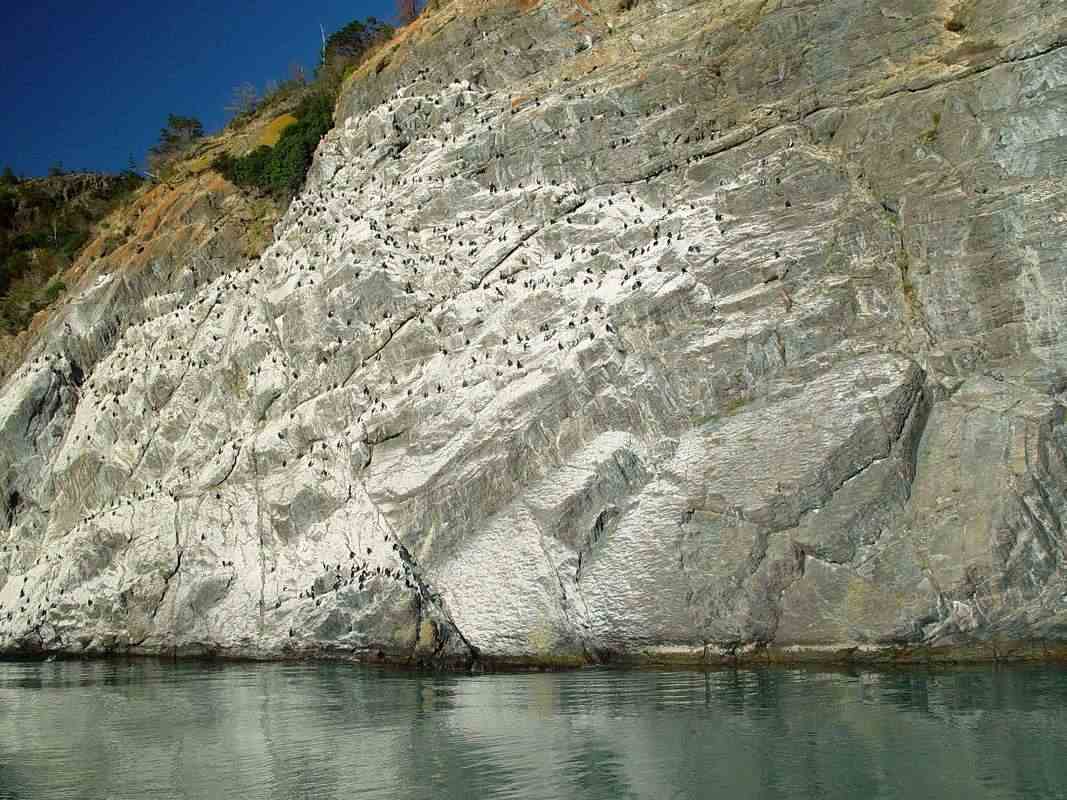
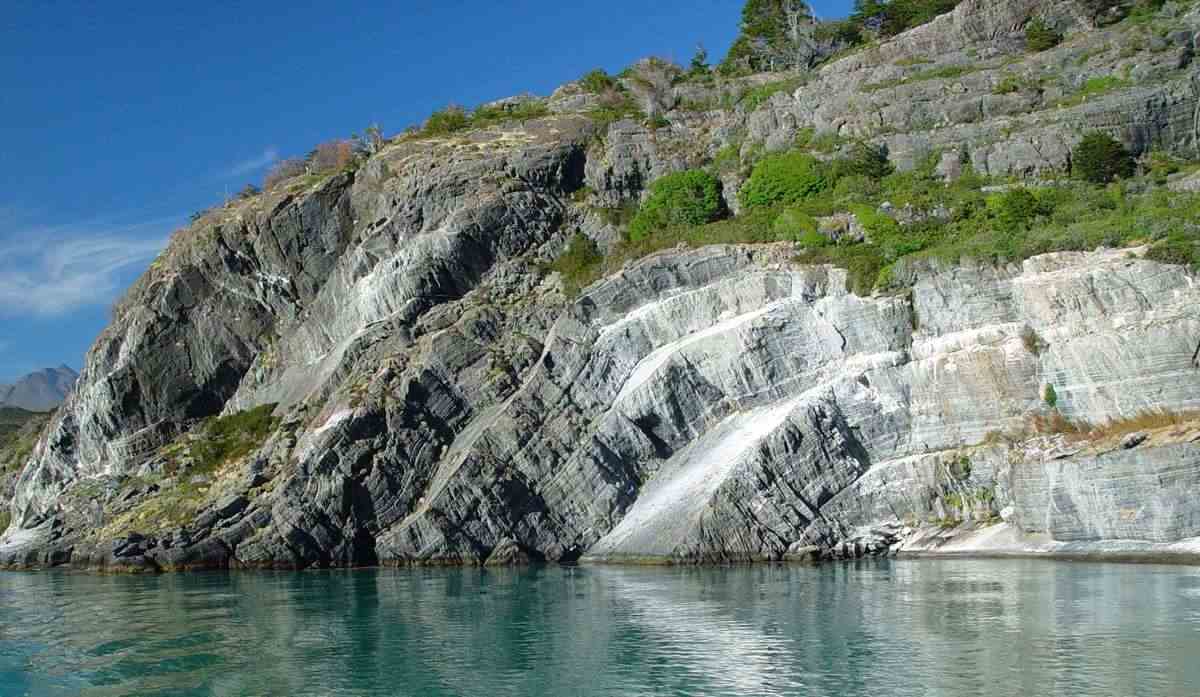

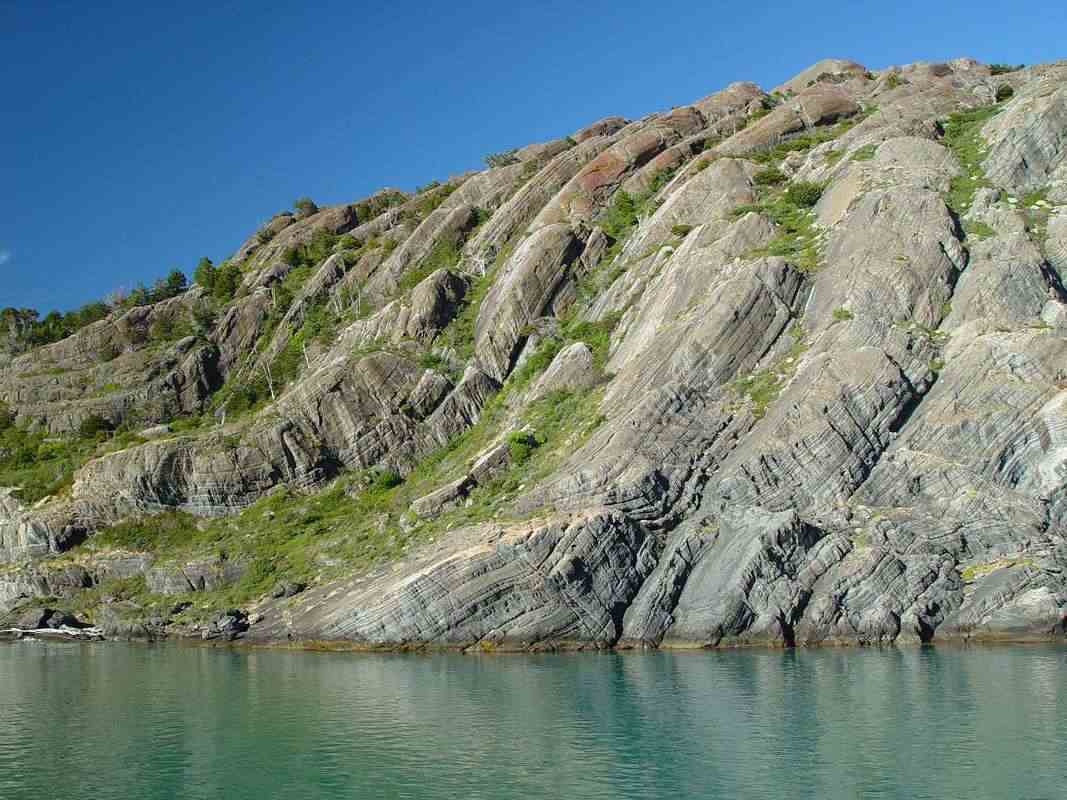

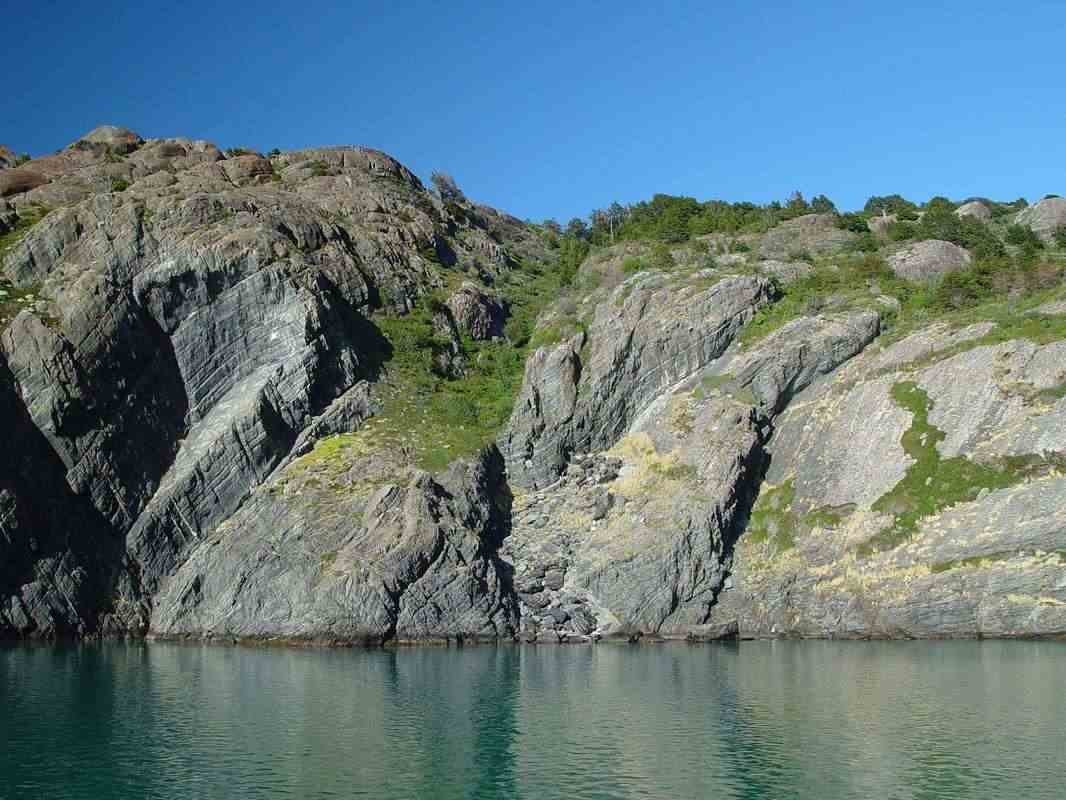

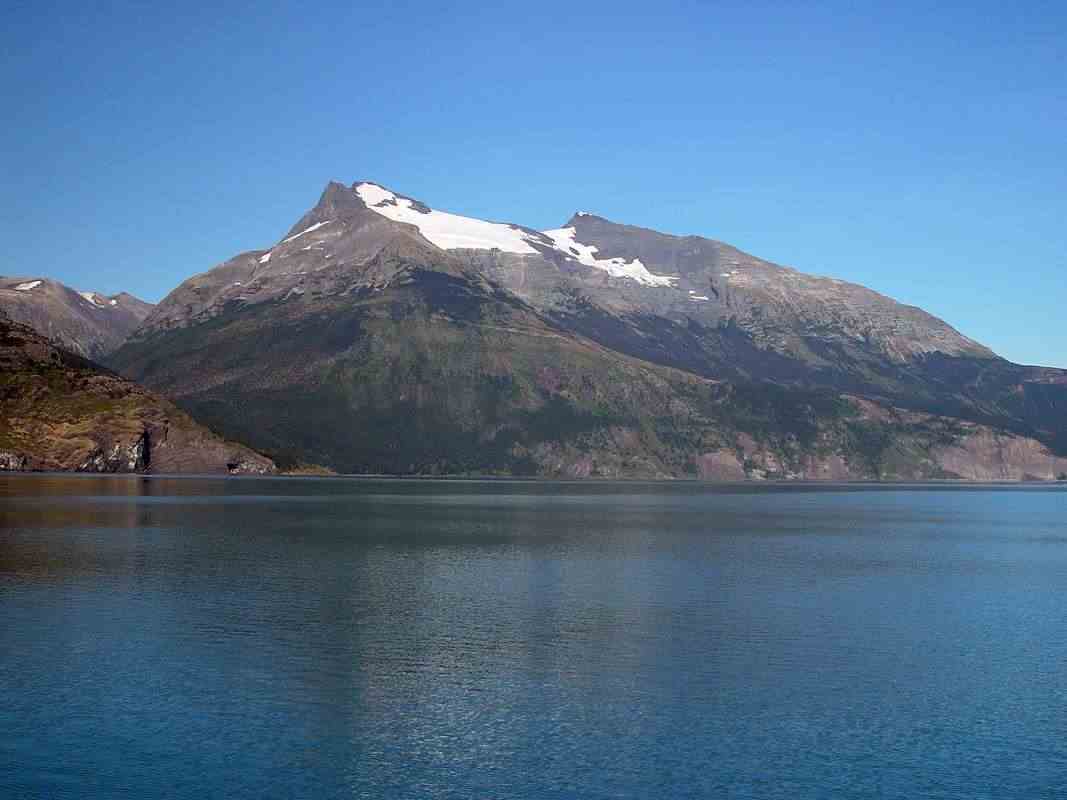
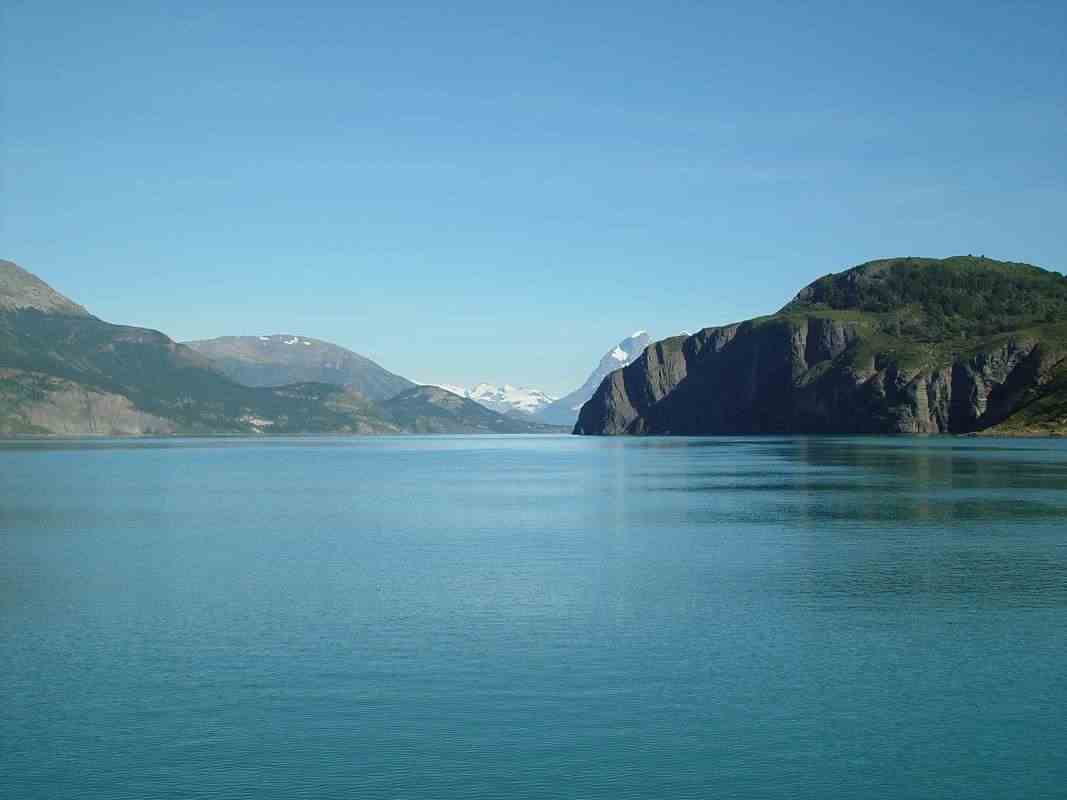
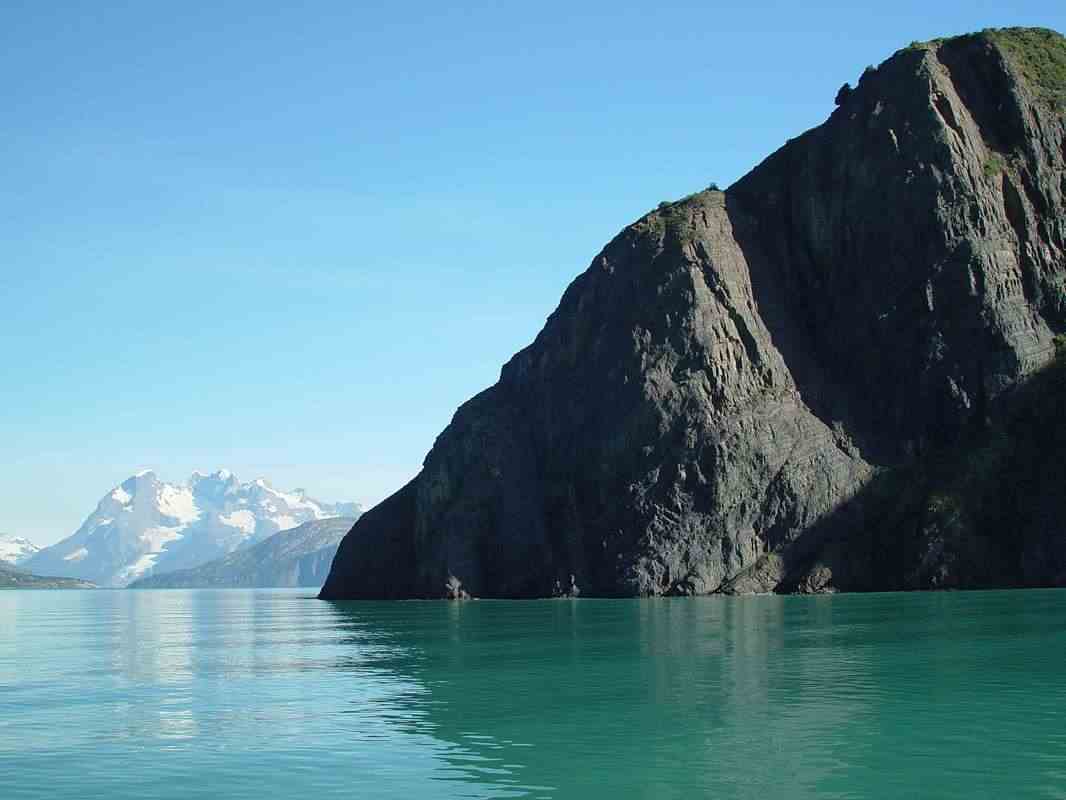
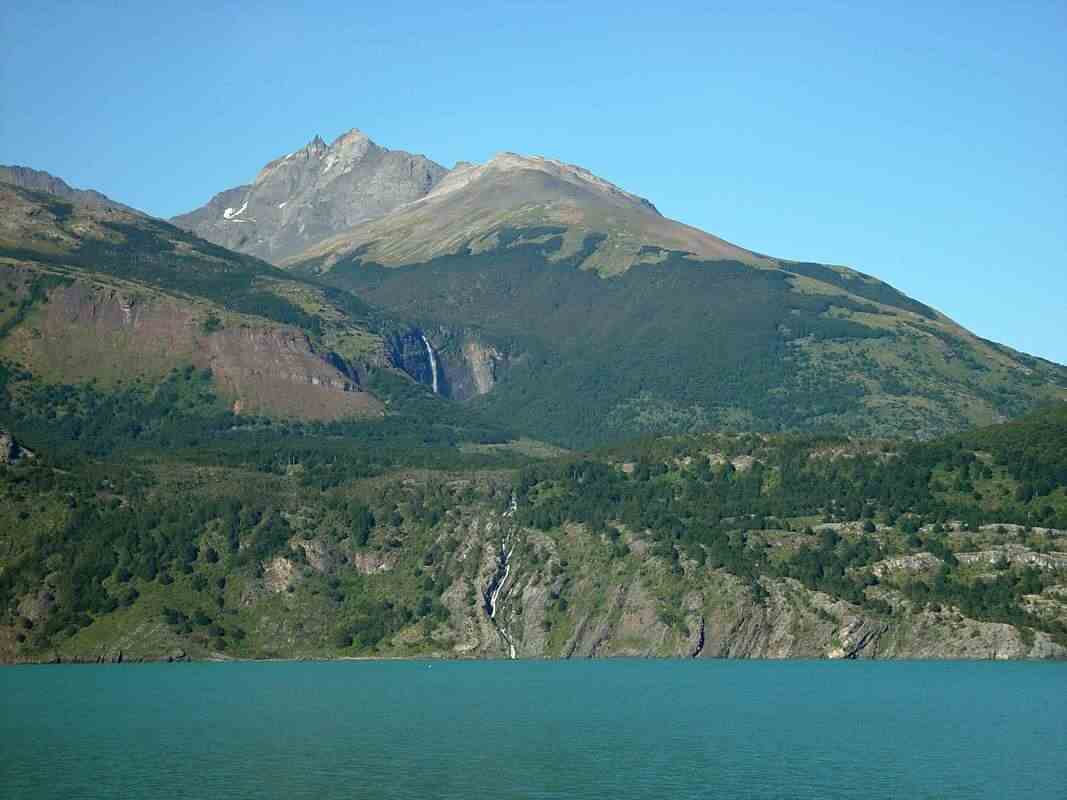
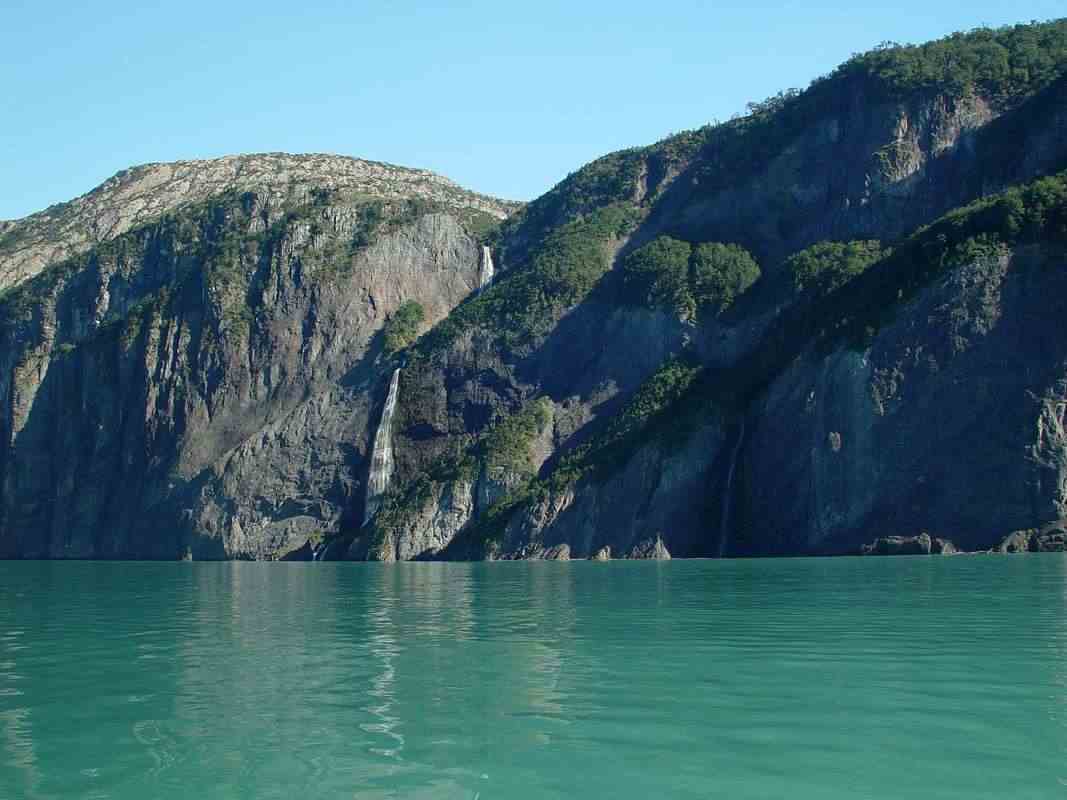

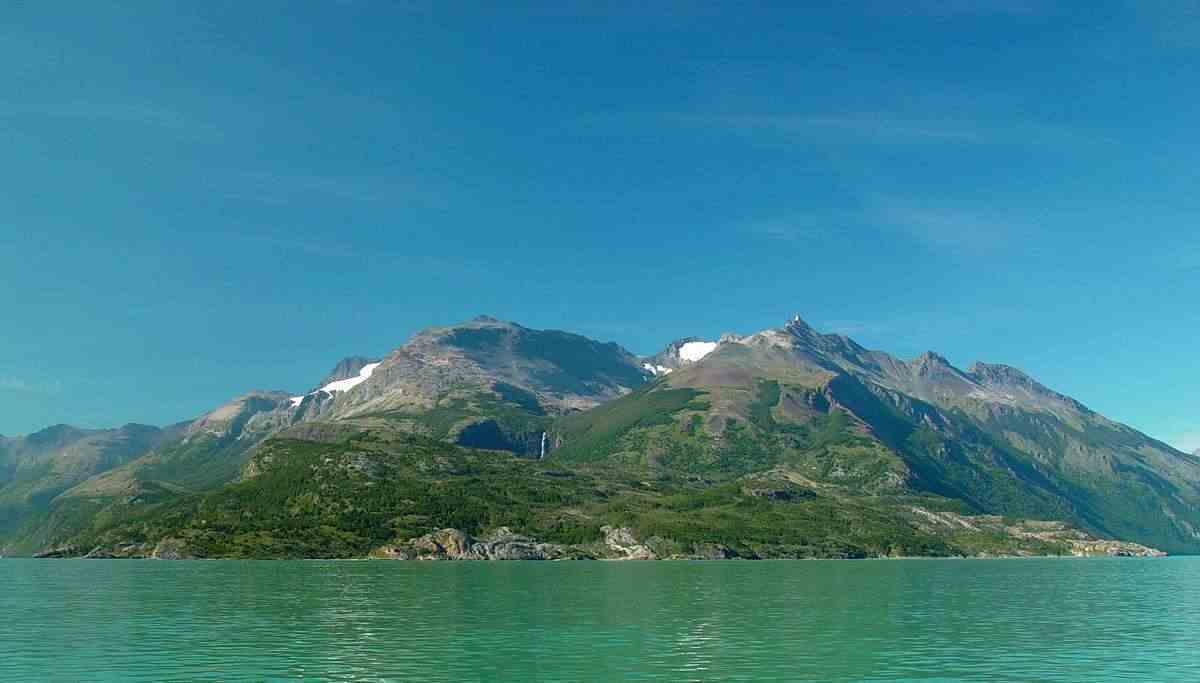
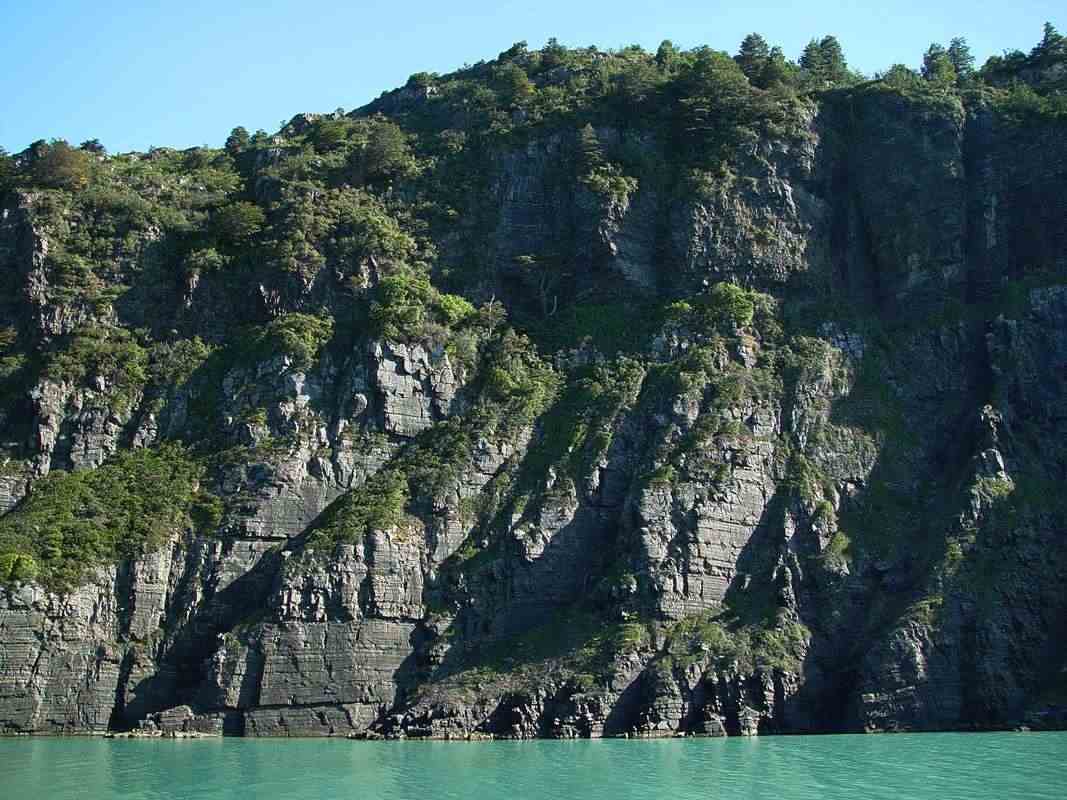
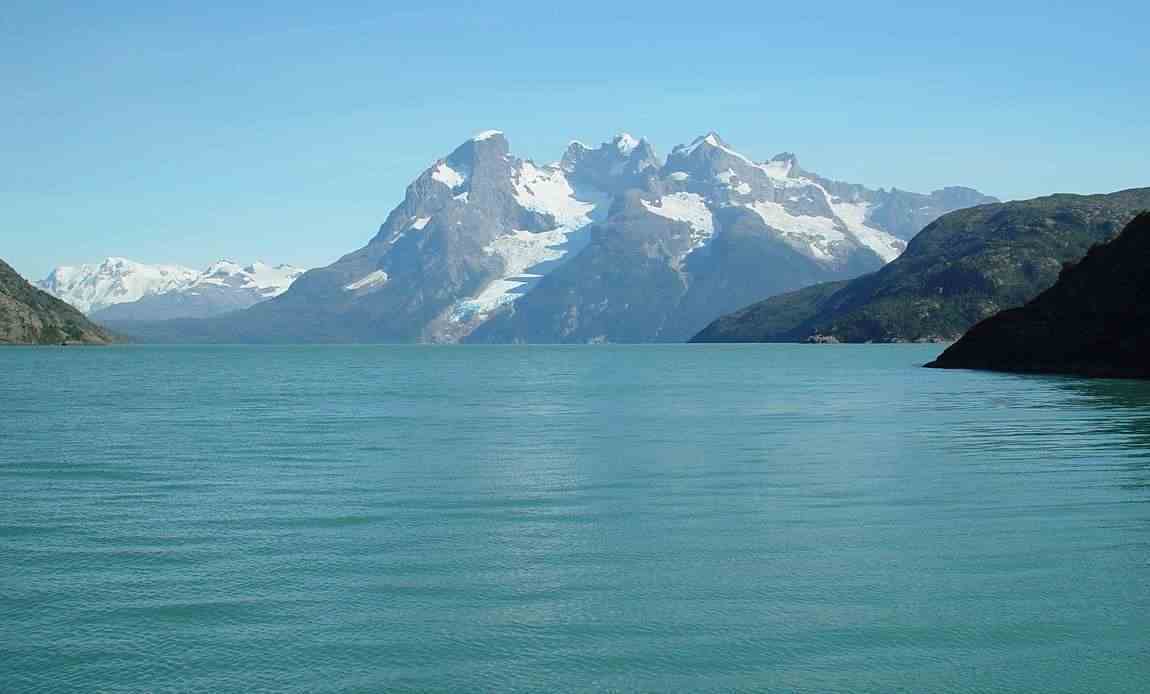

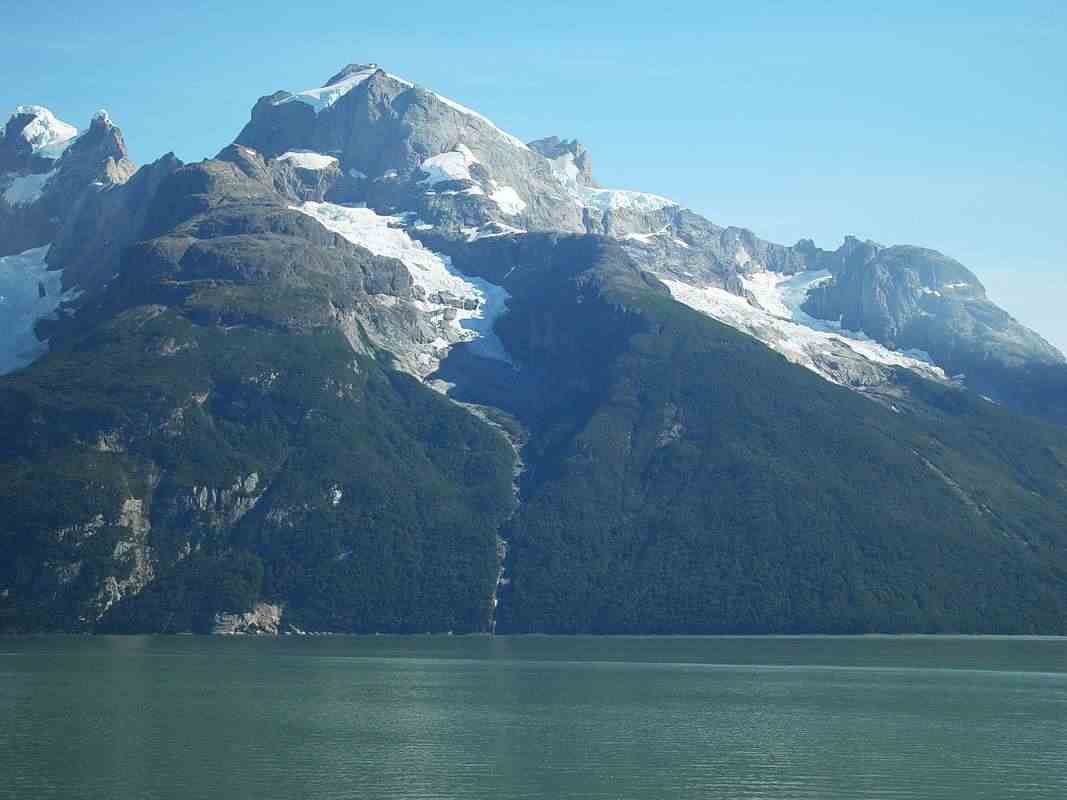

The majestic Monte Balmaceda glacier.
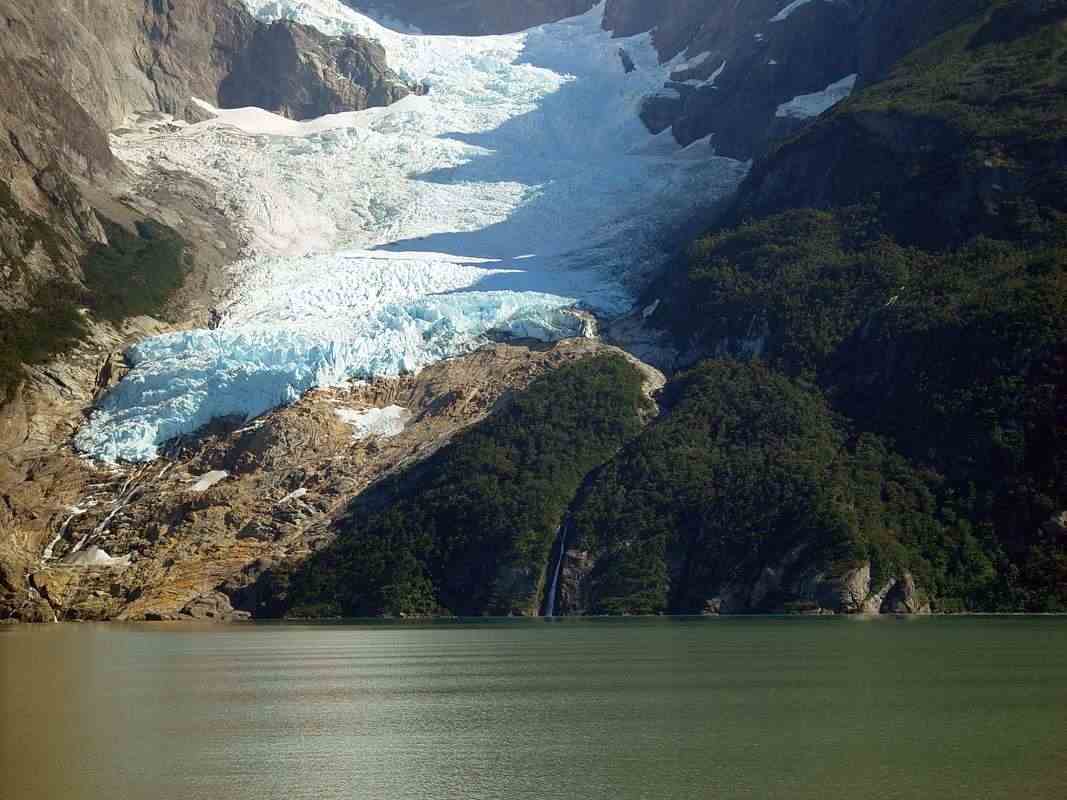
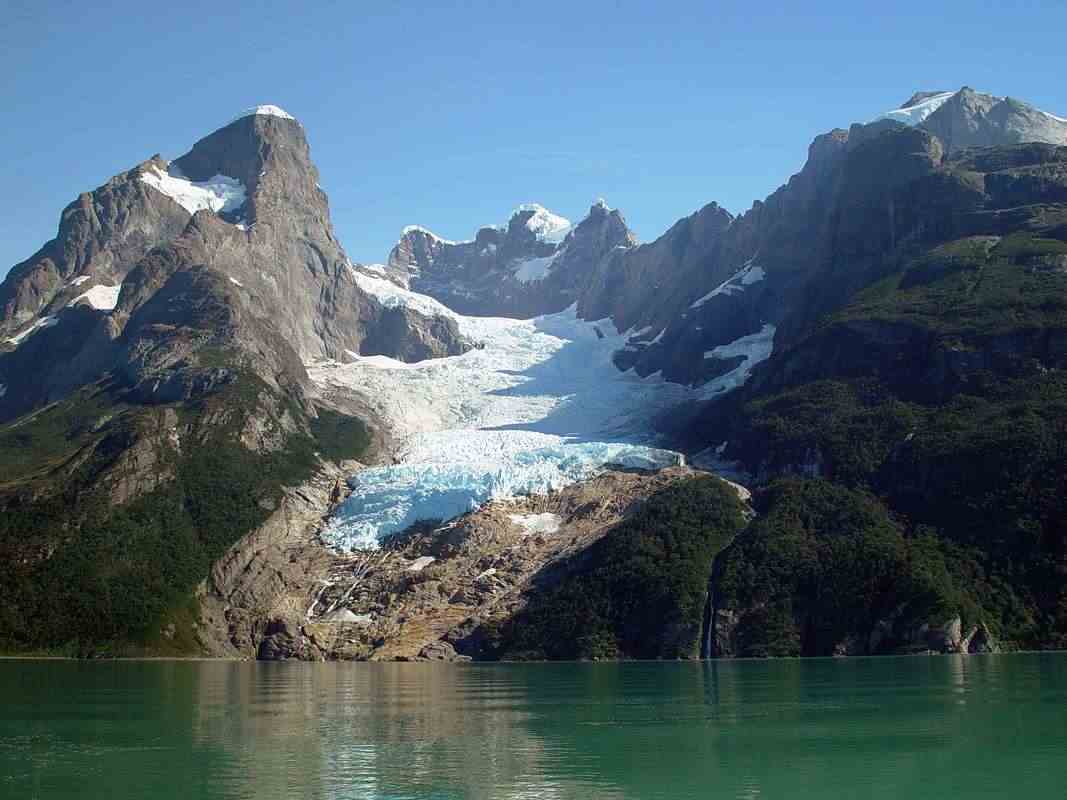
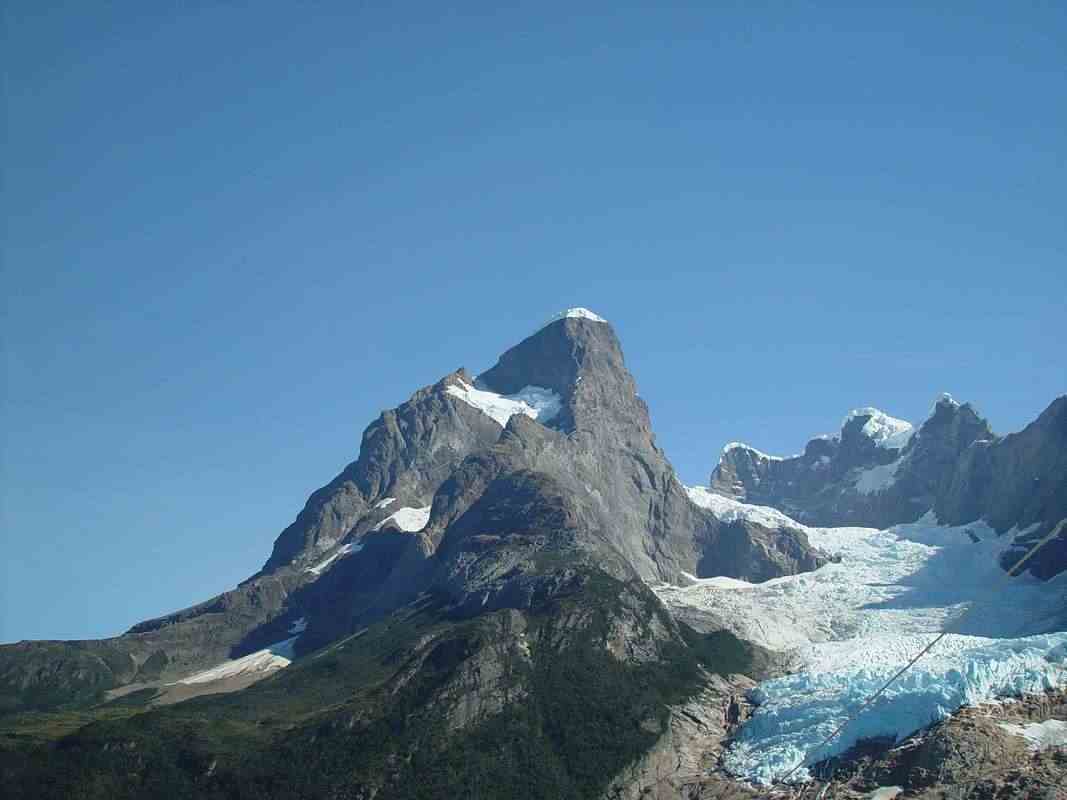
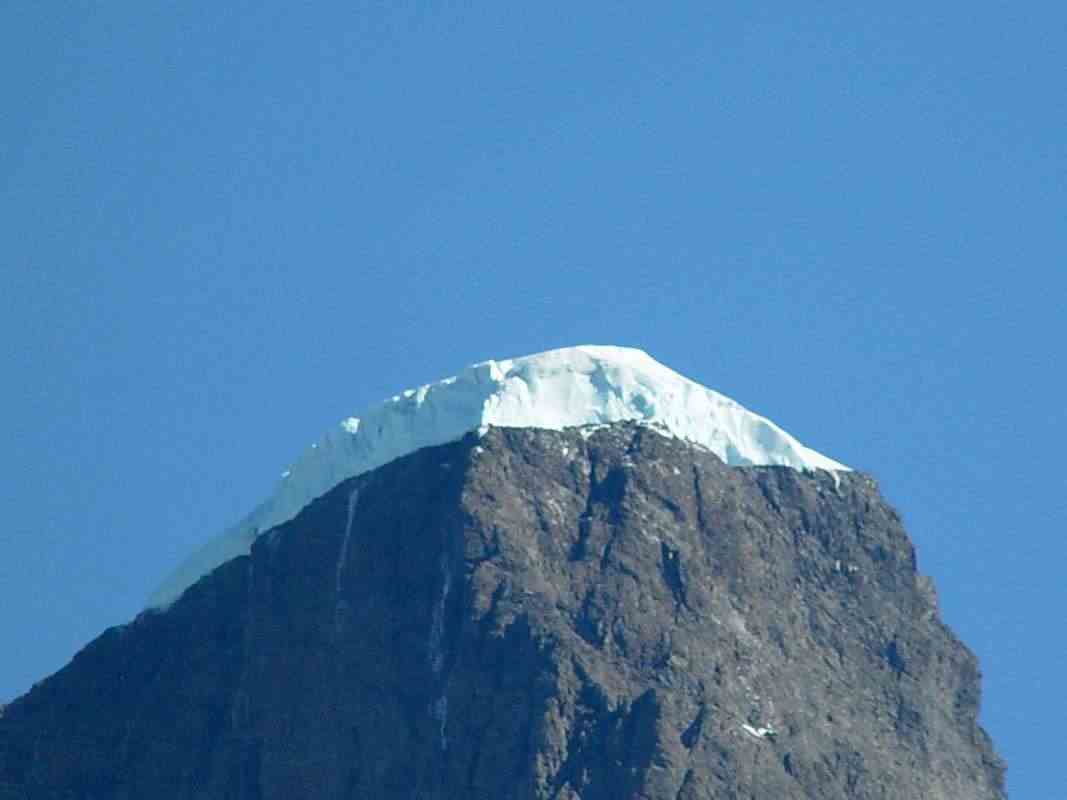

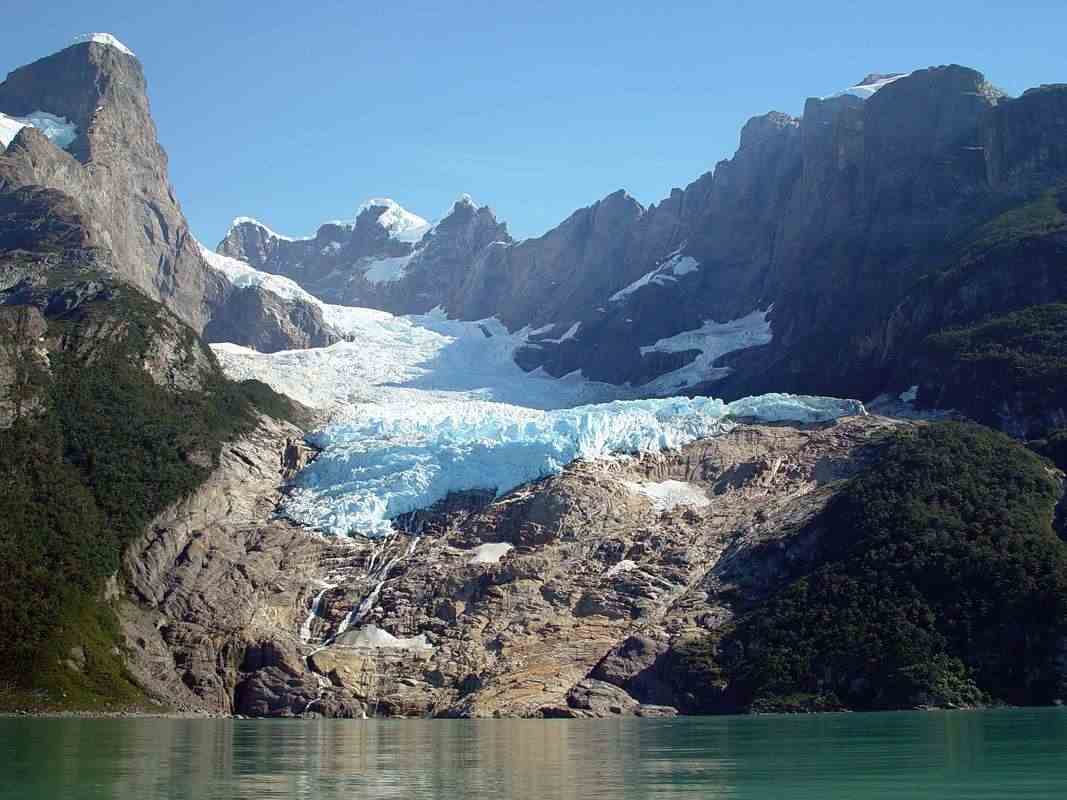
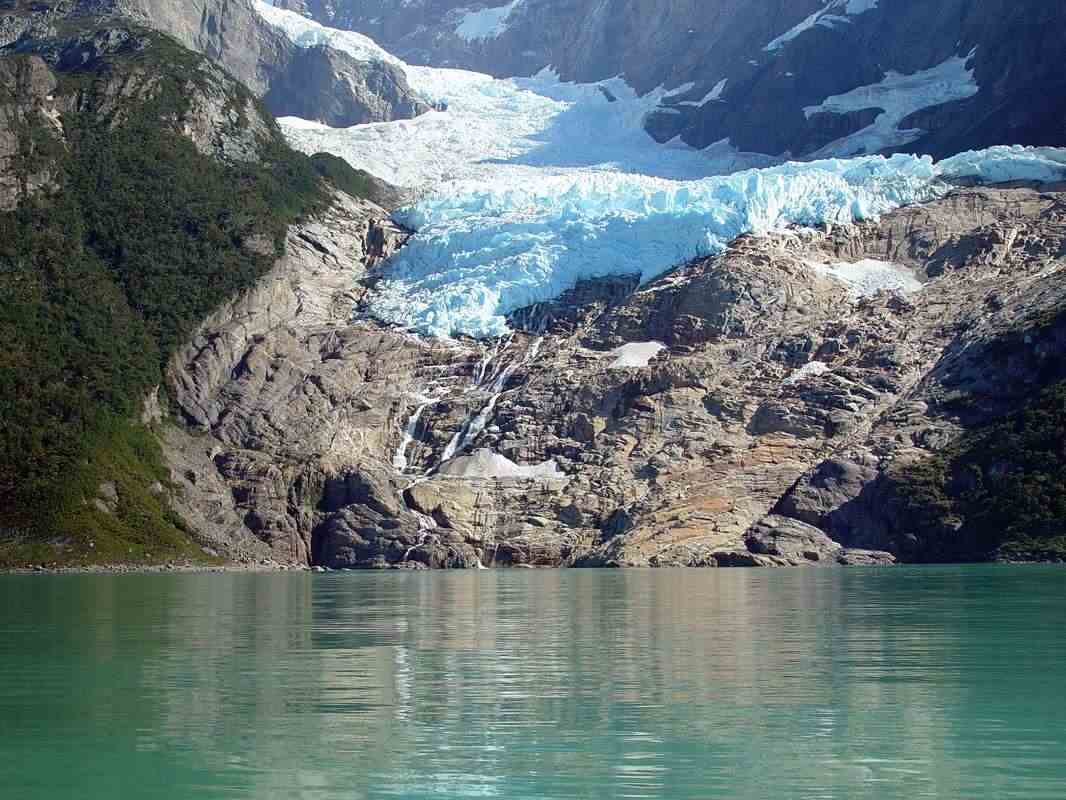



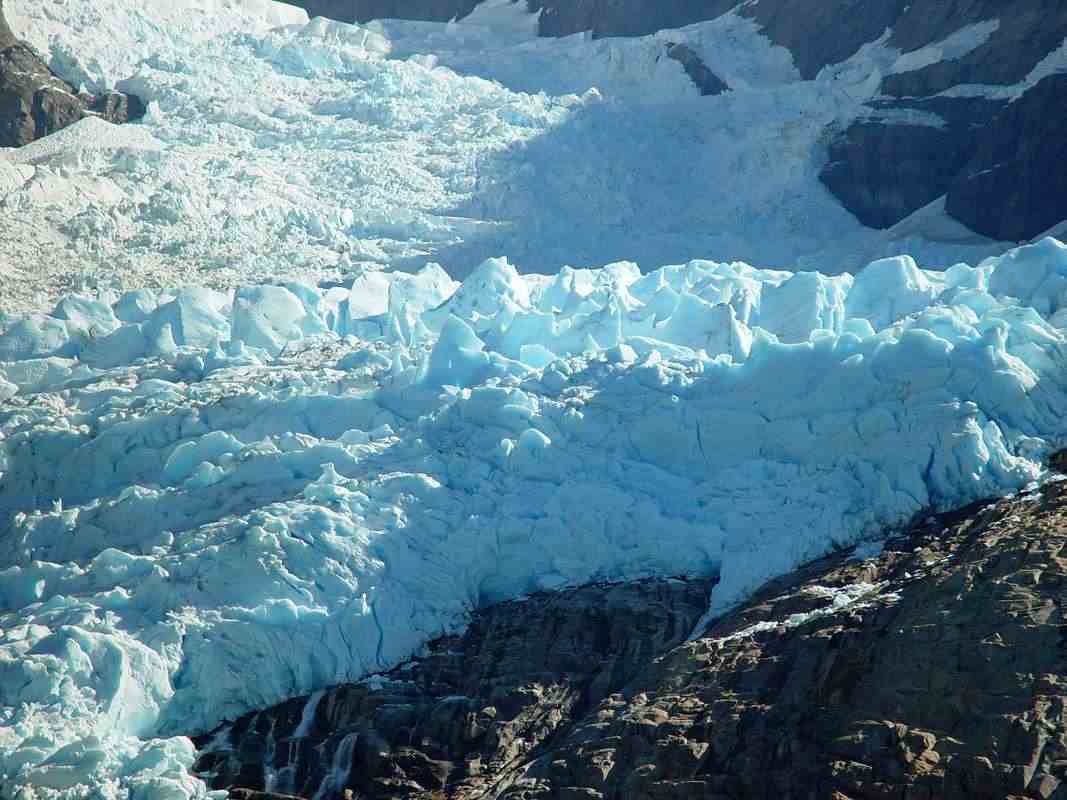
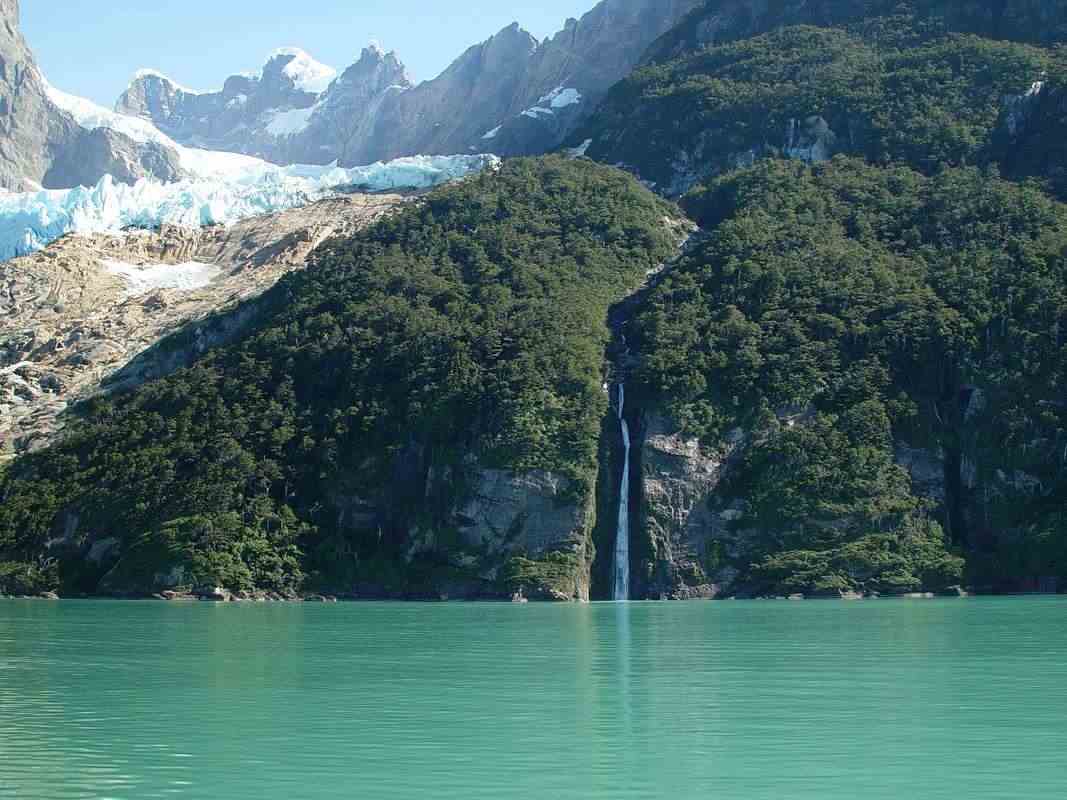
20 years ago, Balmaceda glacier reached the sea.



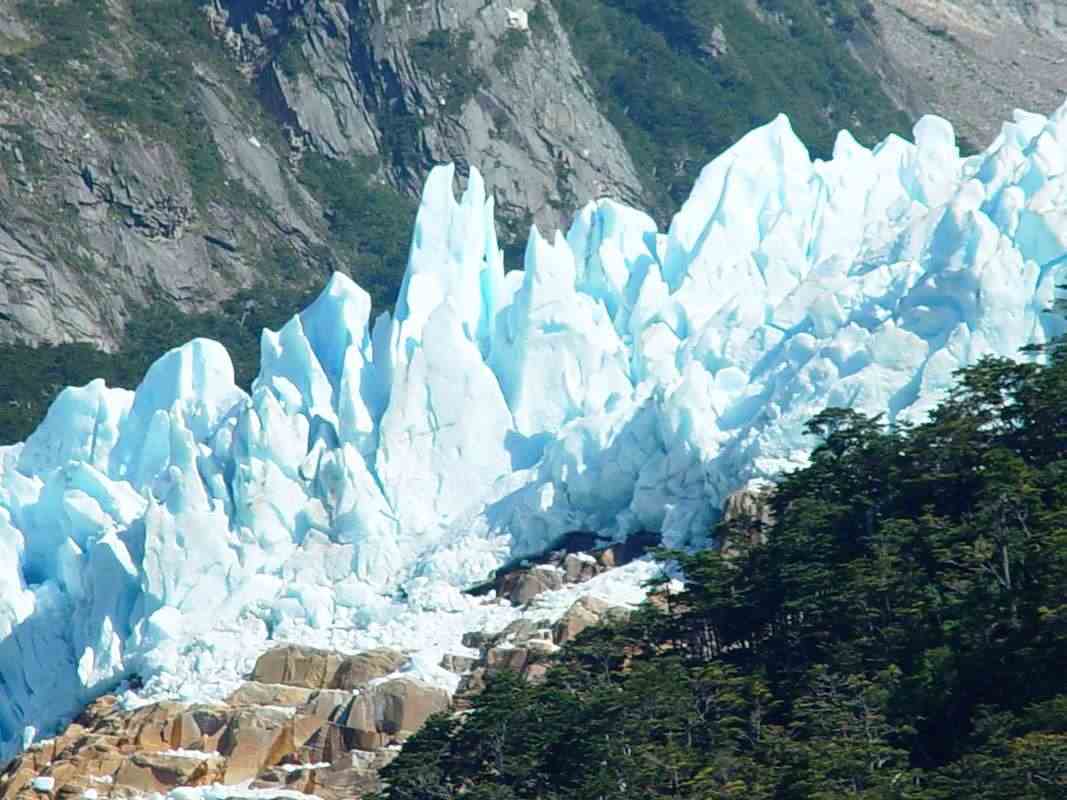
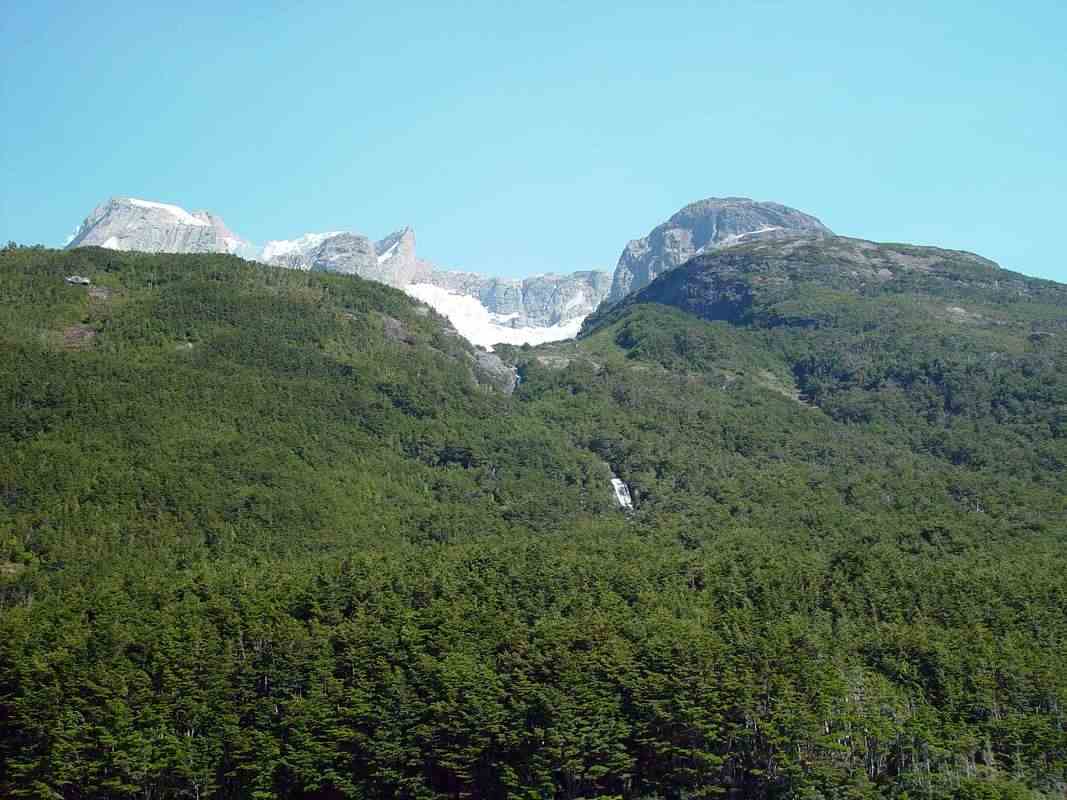
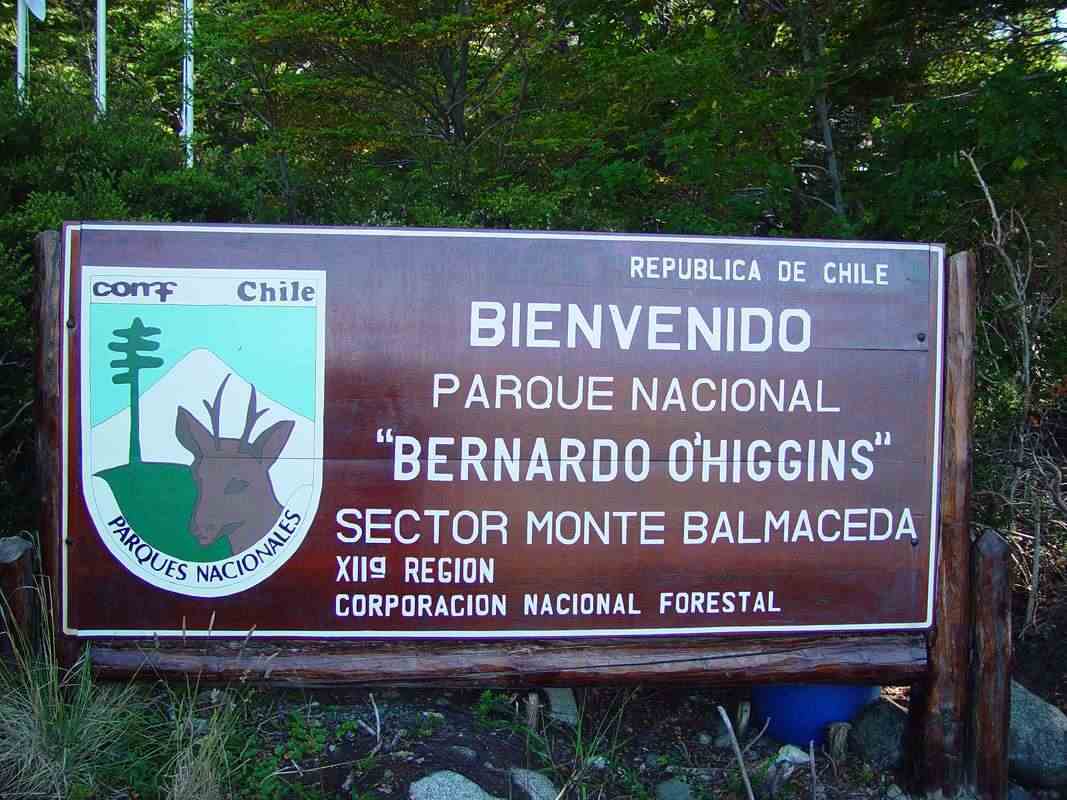
We docked at Puerto Toro and we had a delightful 800m walk around the edge of a lake to Serrano glacier.

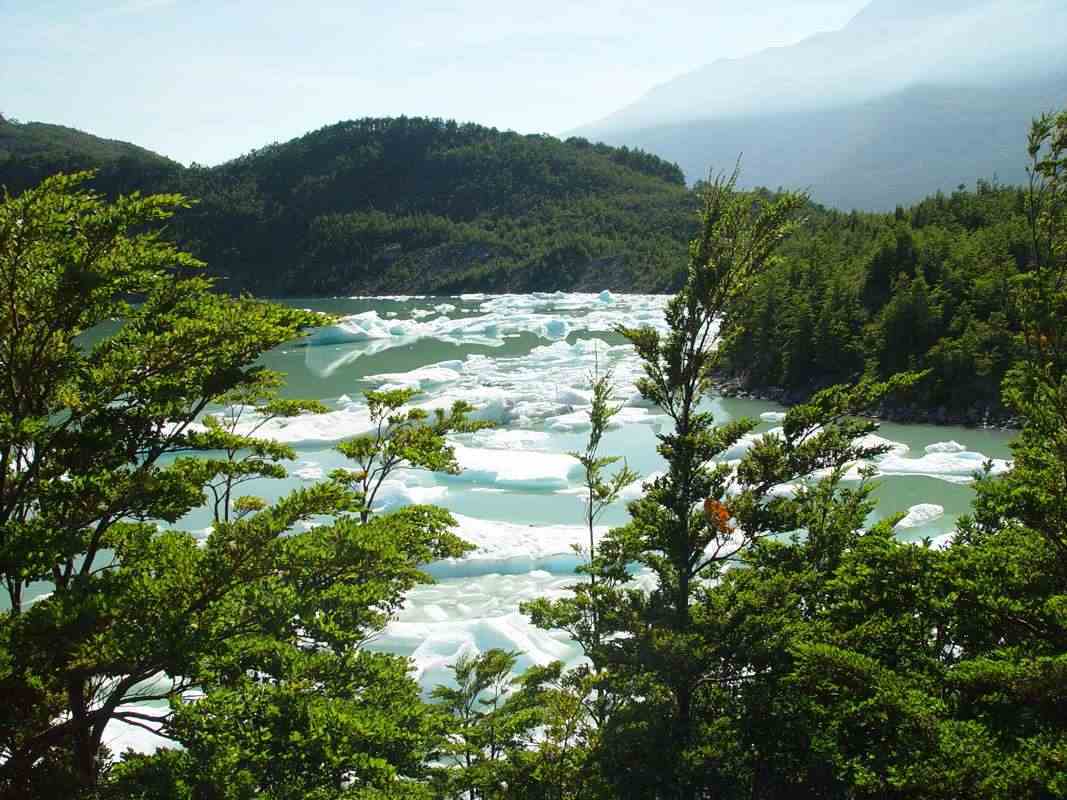
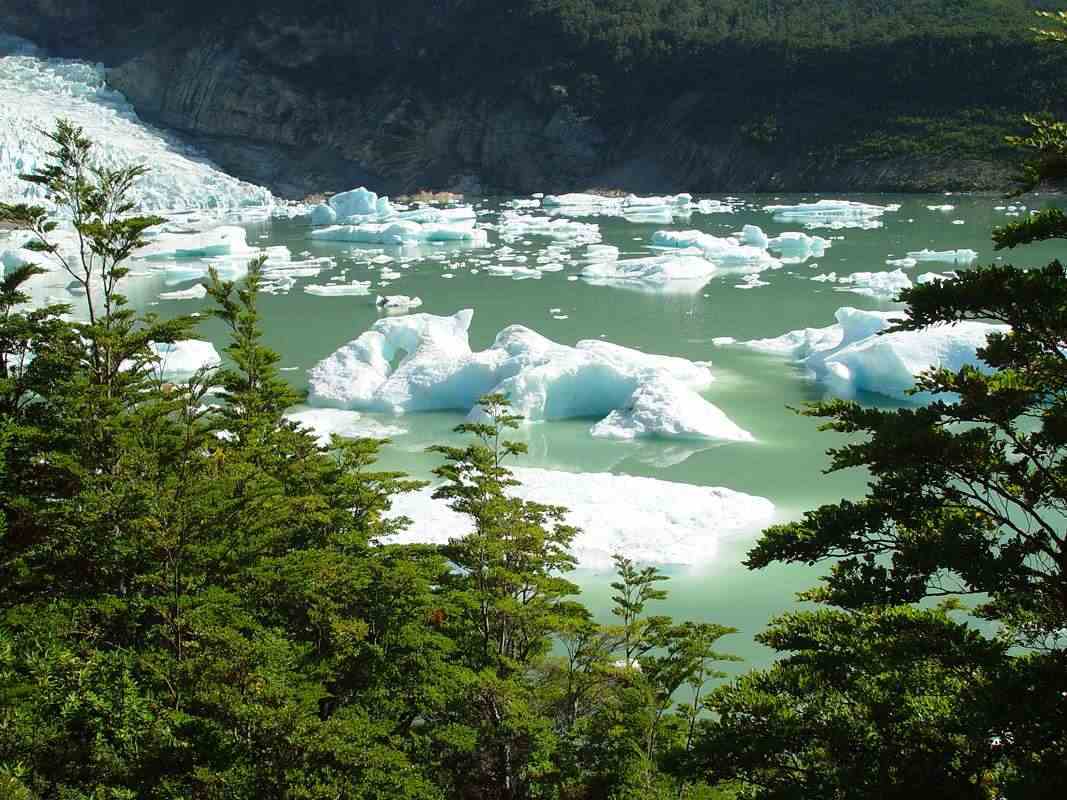
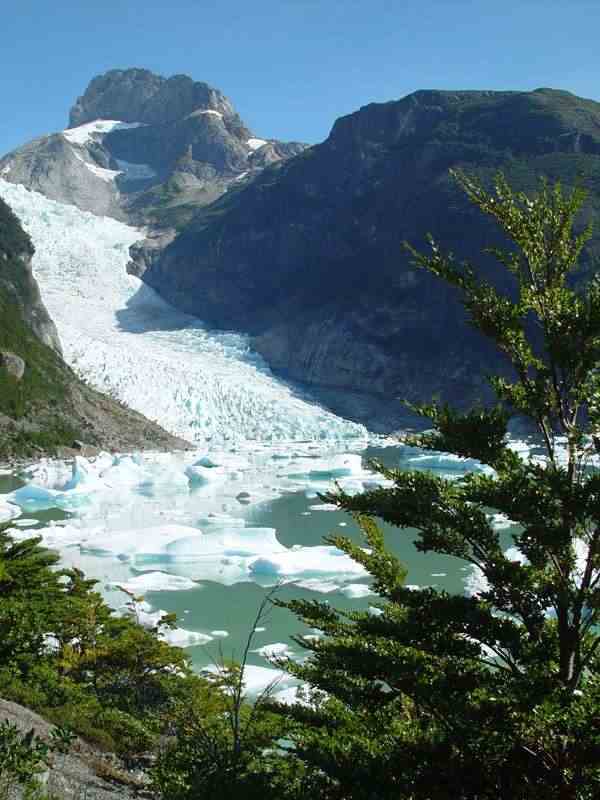
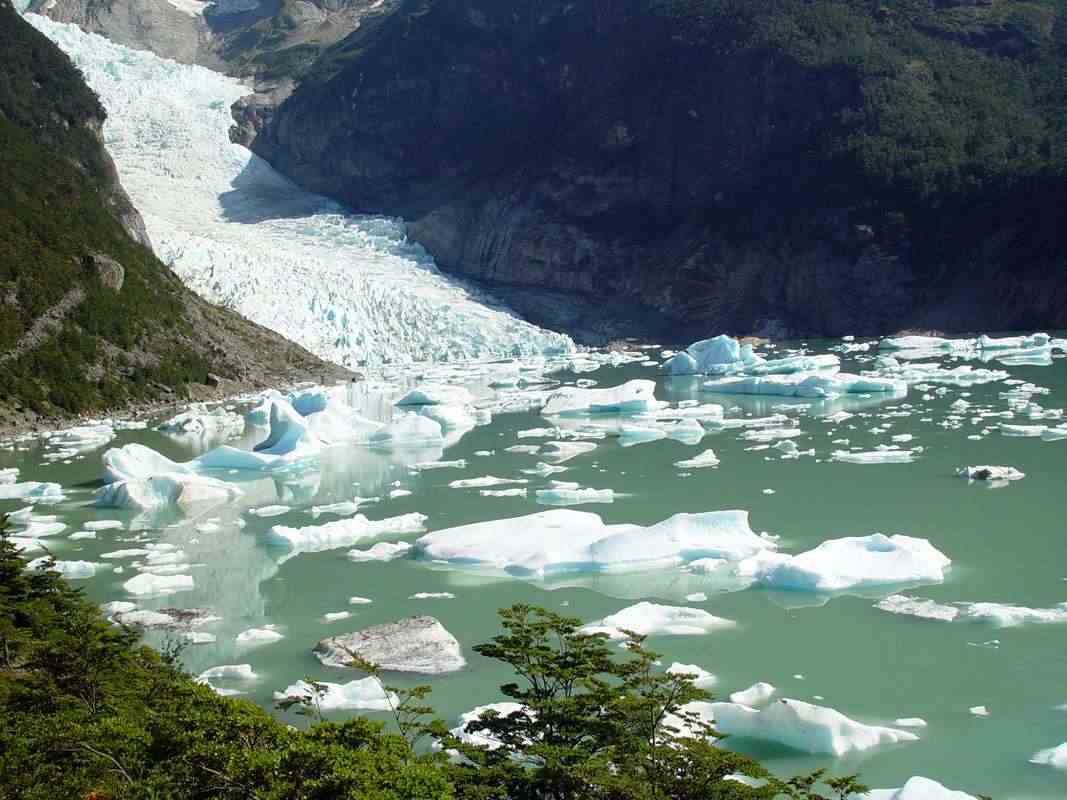
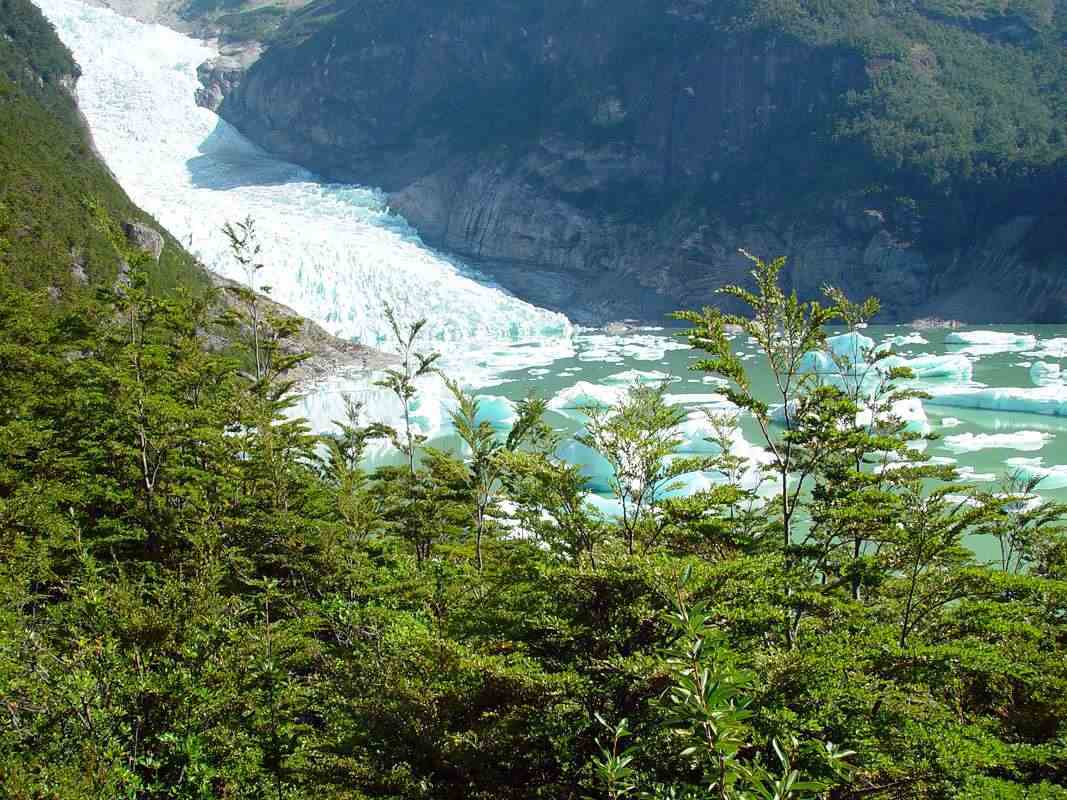
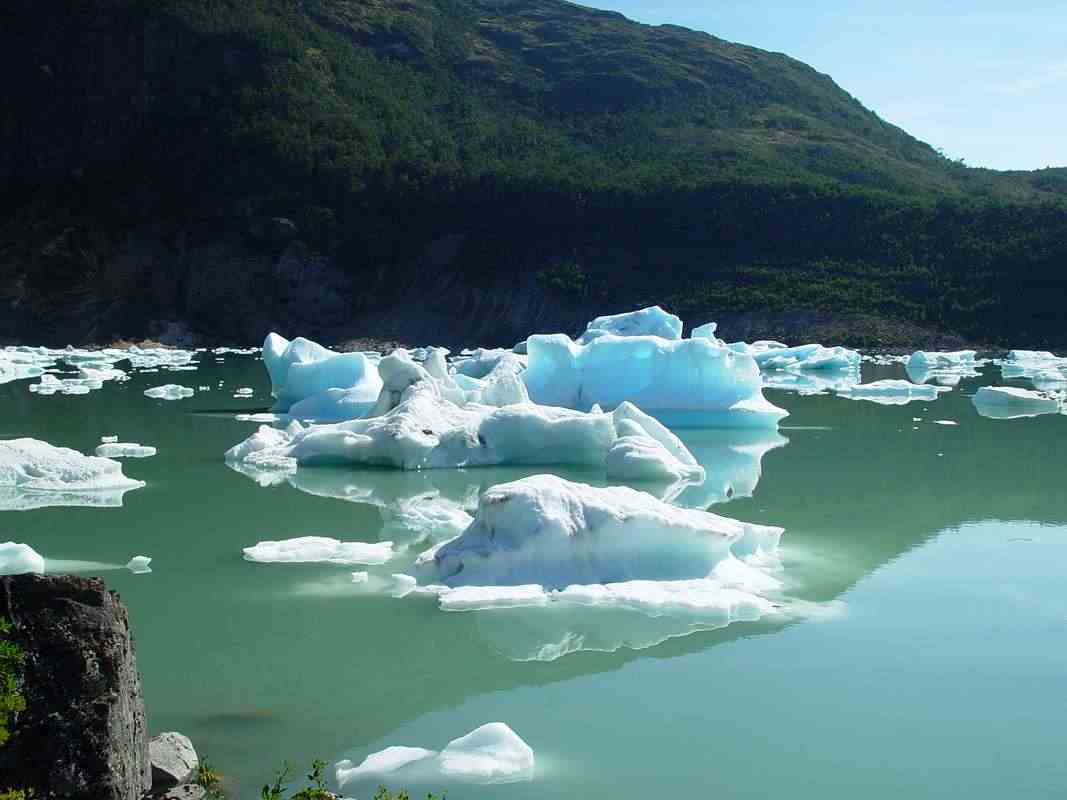




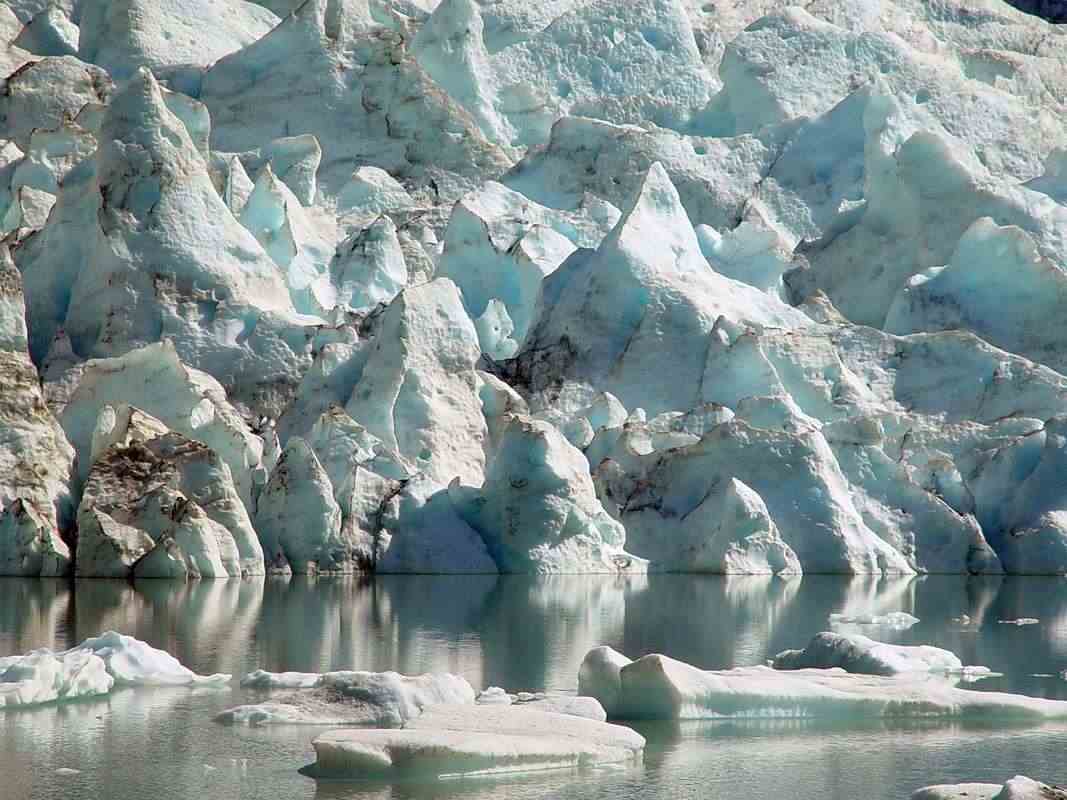
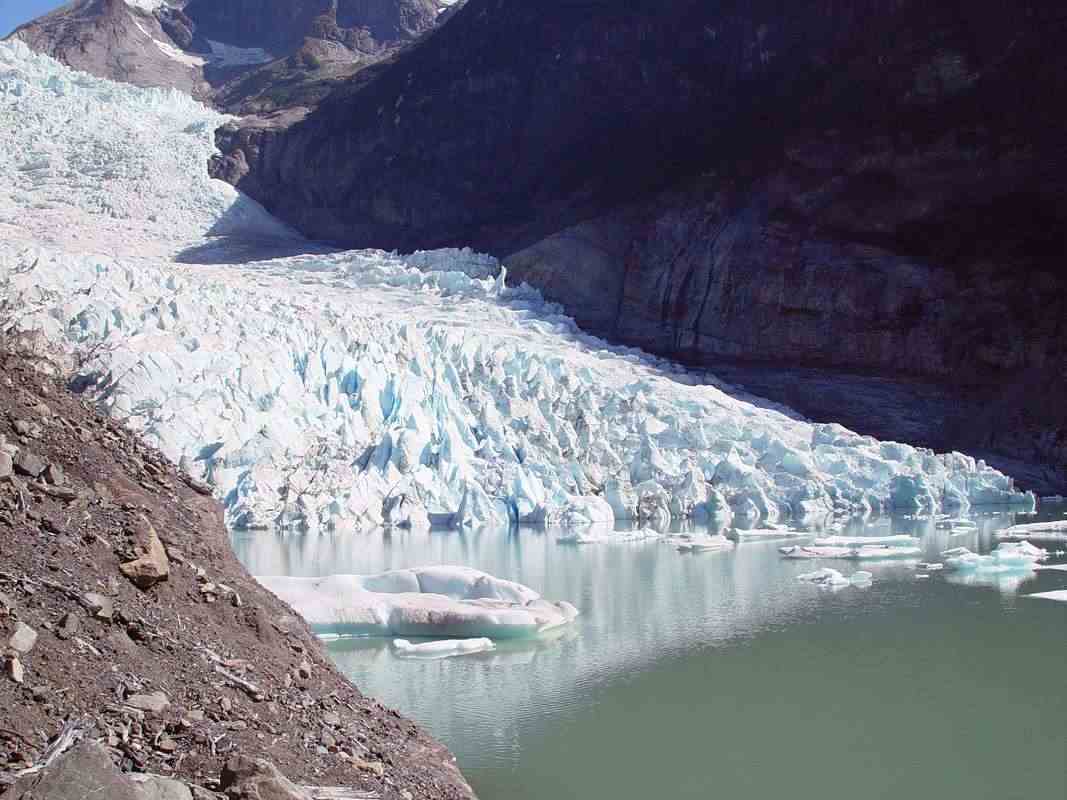
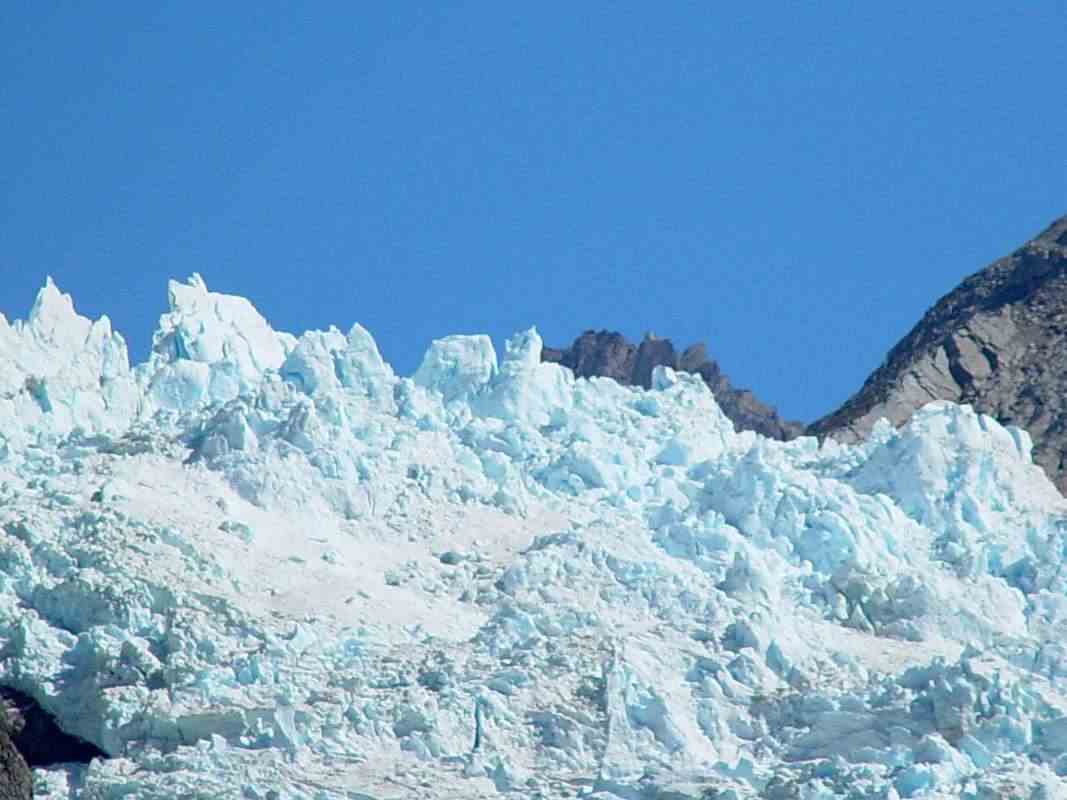


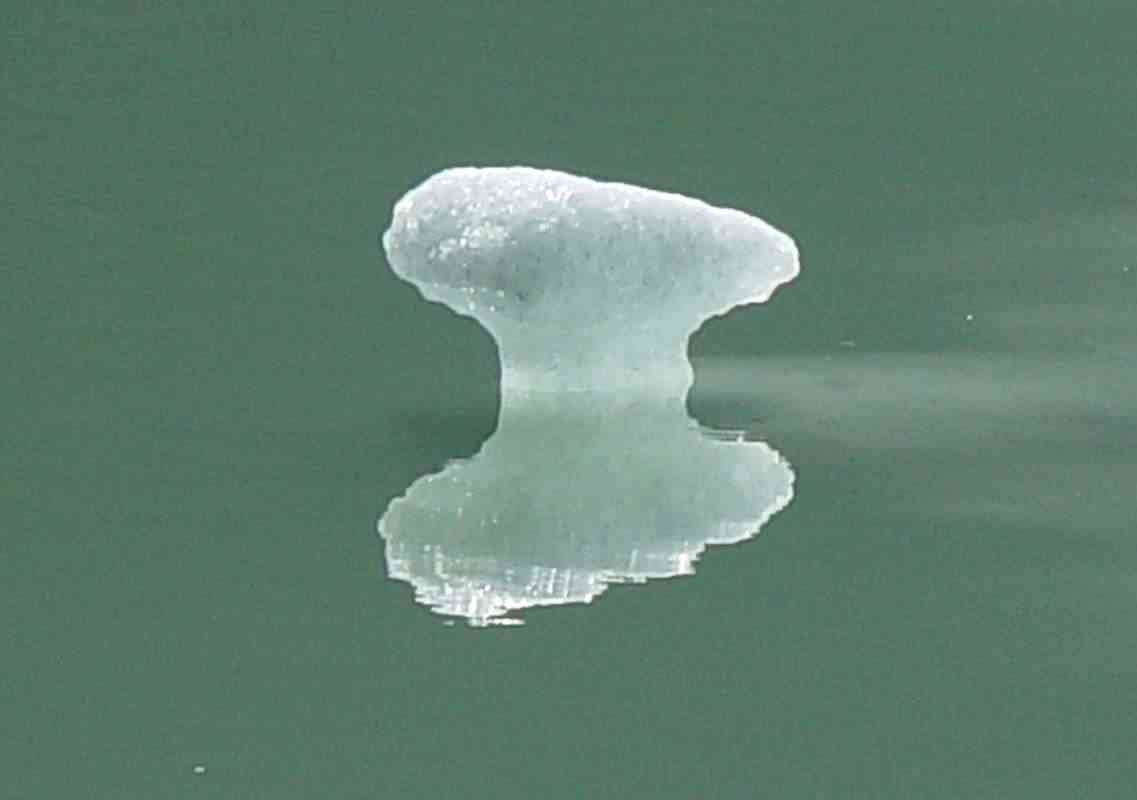

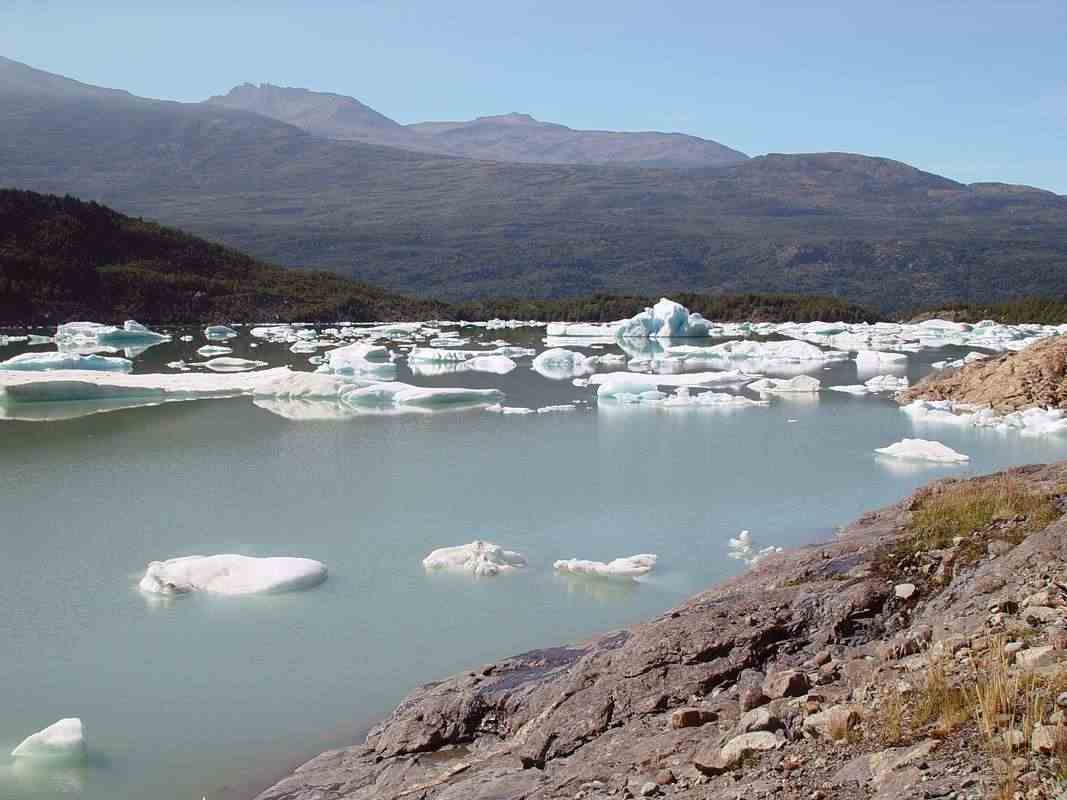
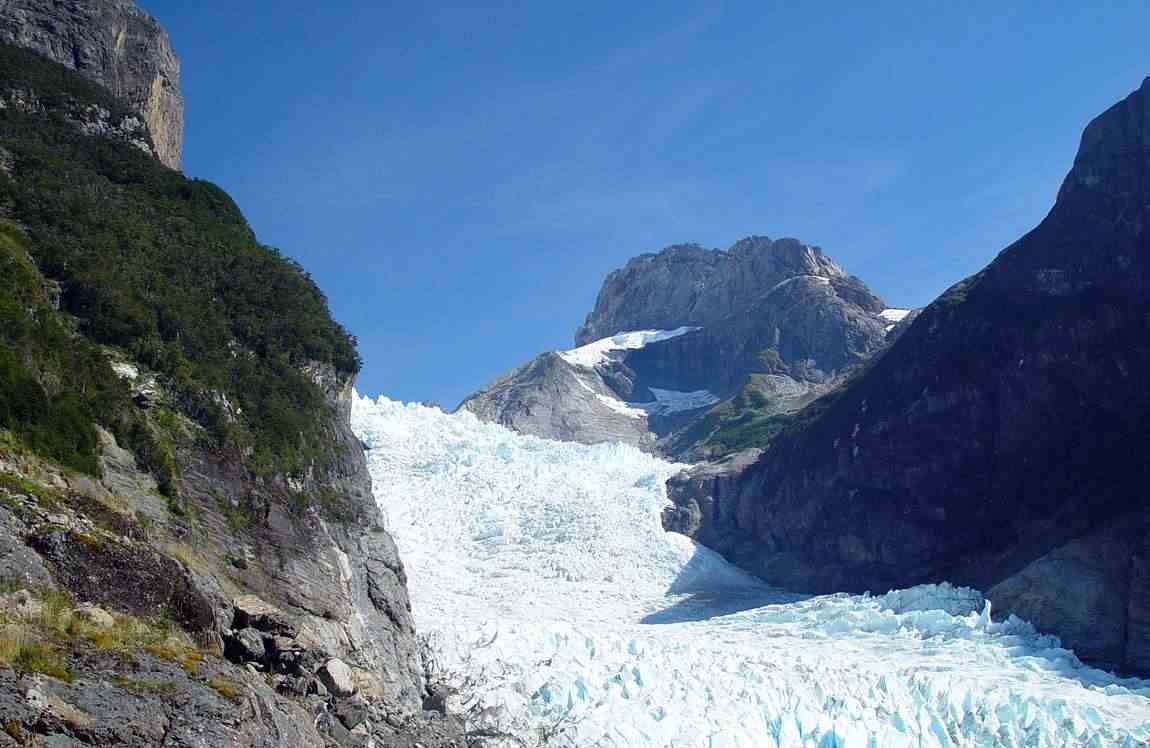

We had a pisco sour drink with 1000 year-old glacier ice.
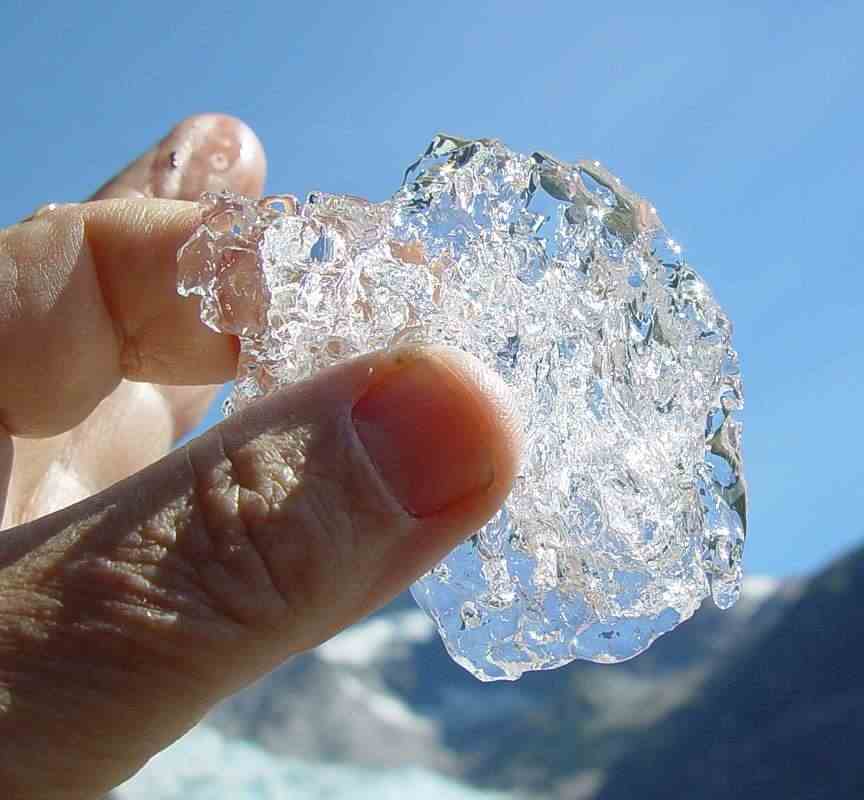

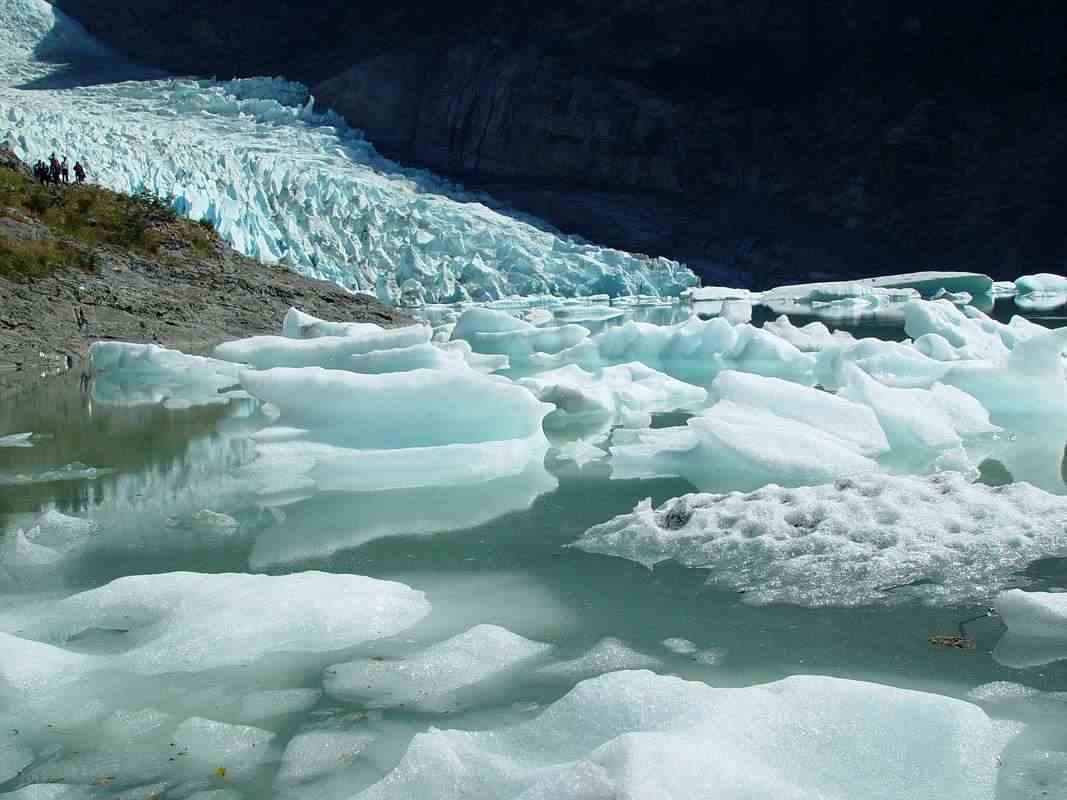
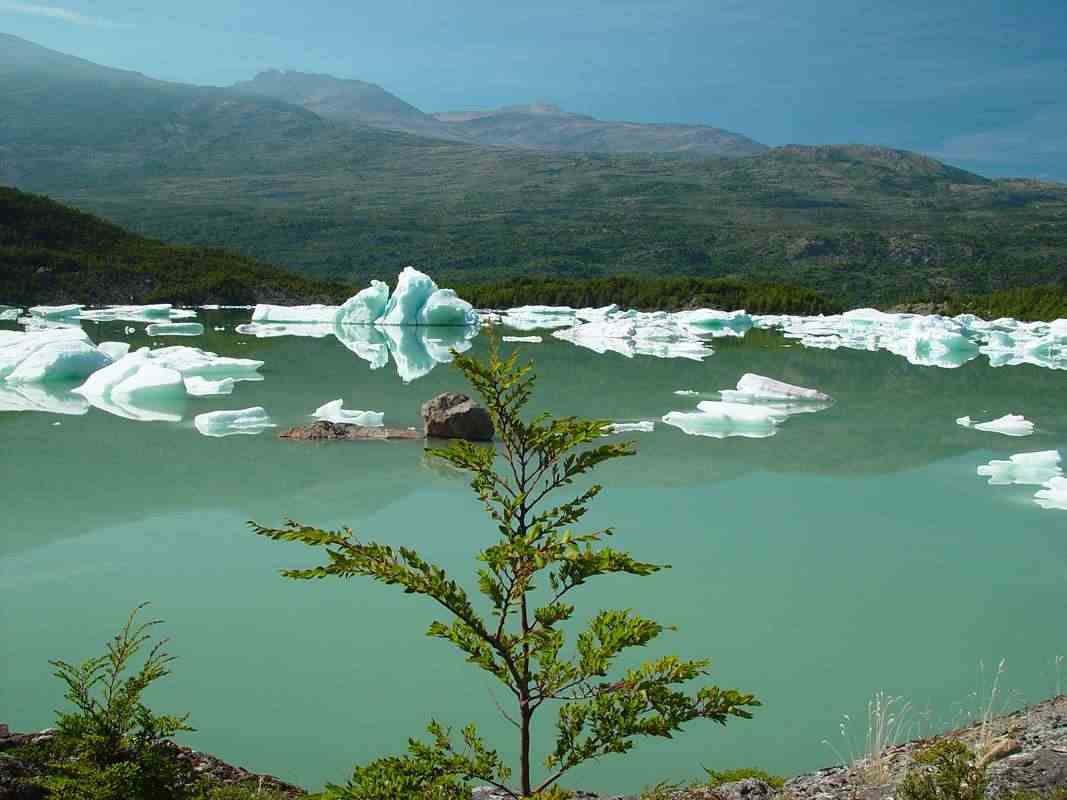


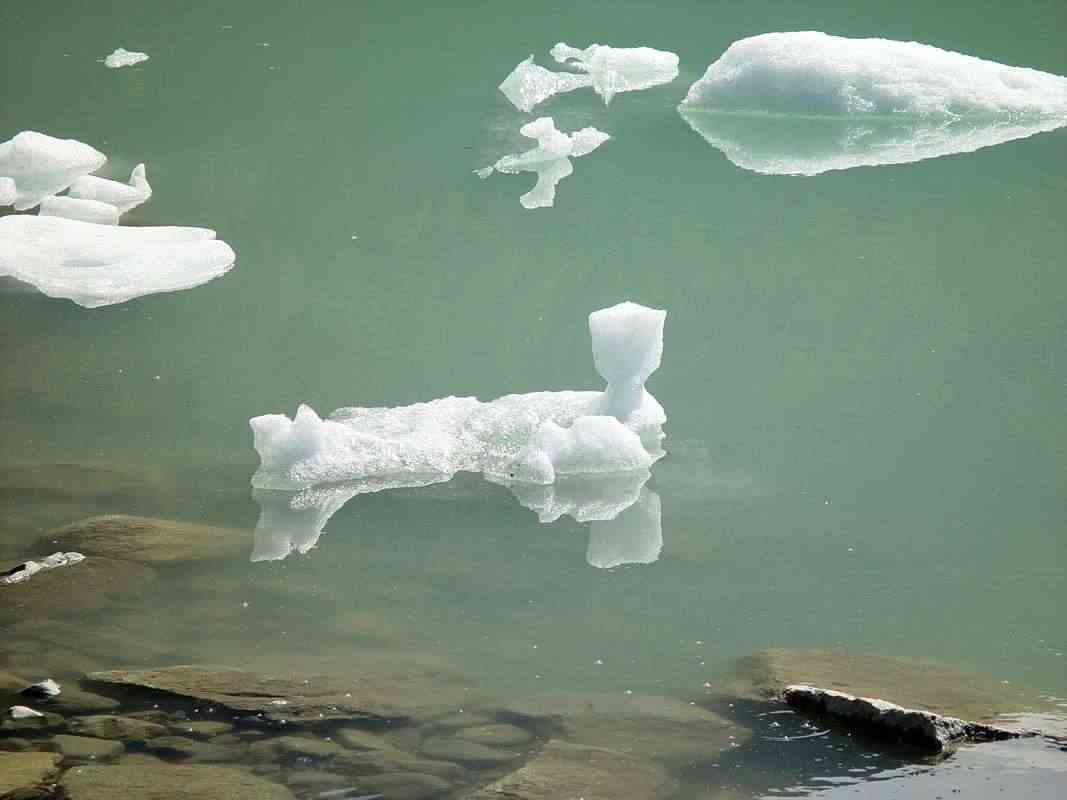

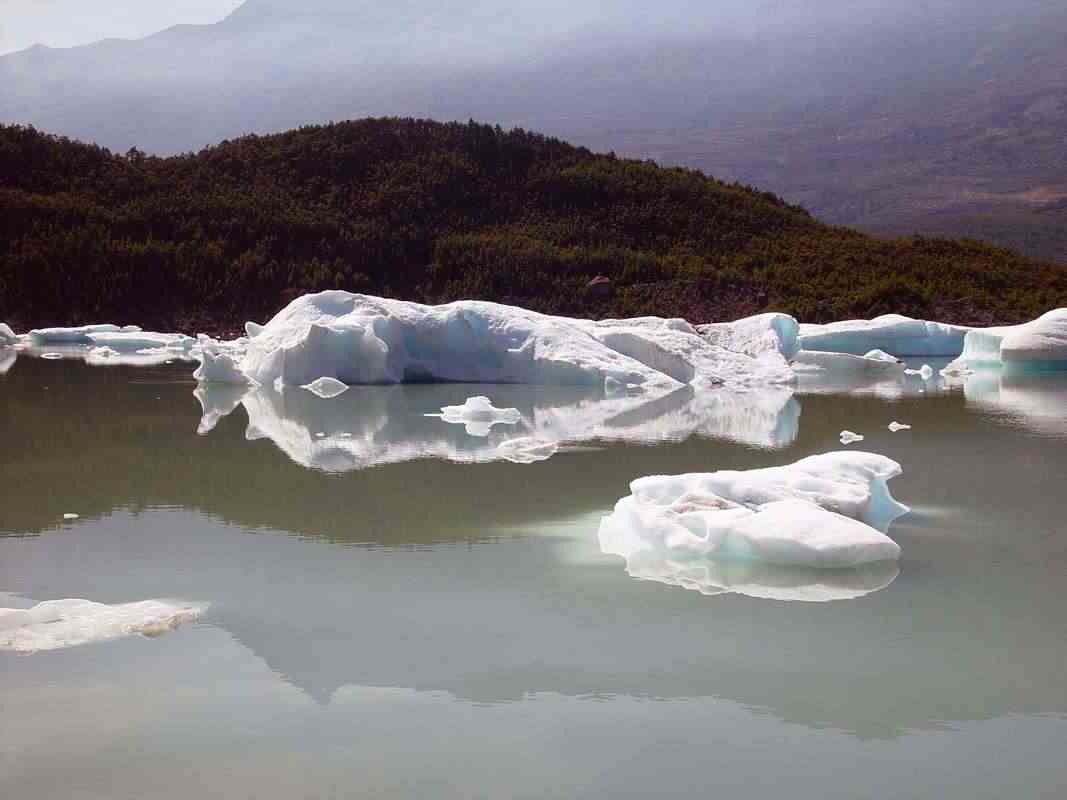

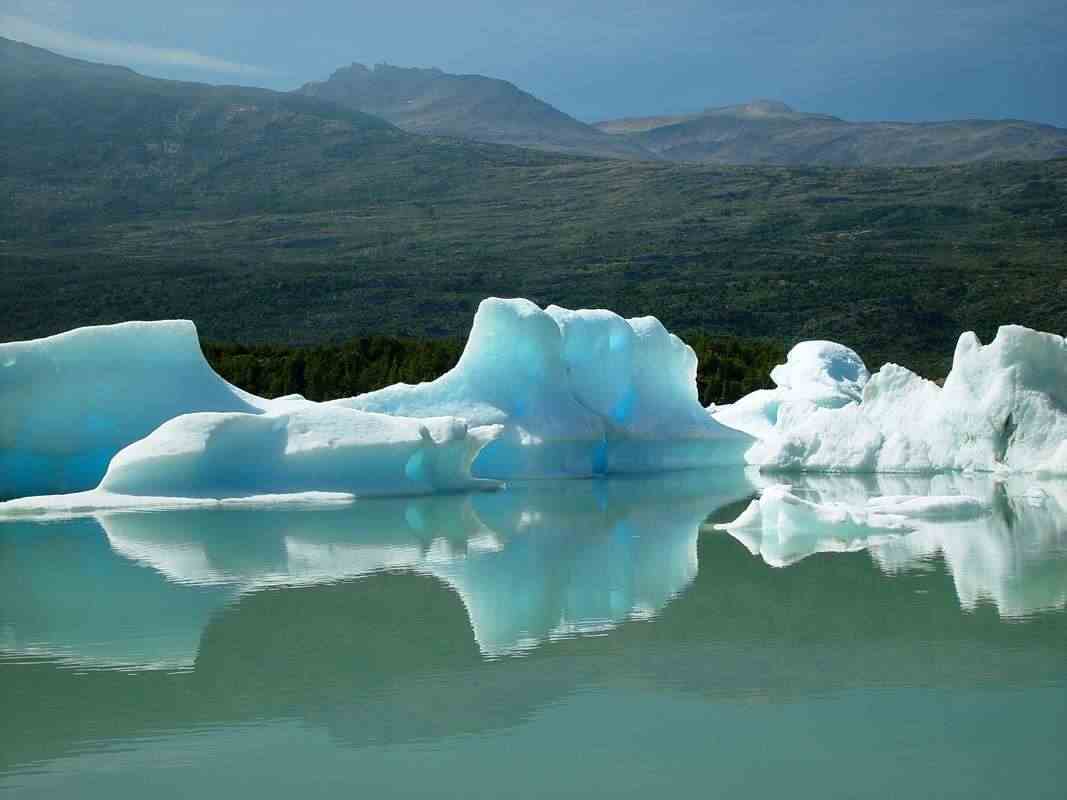
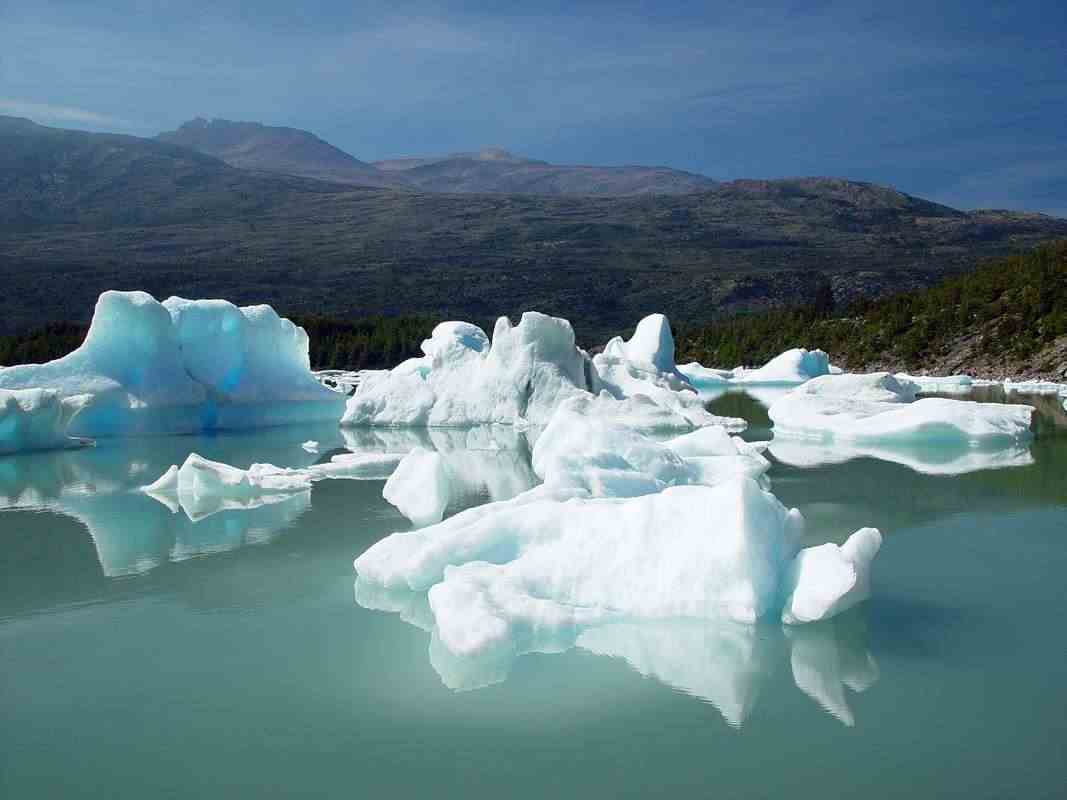
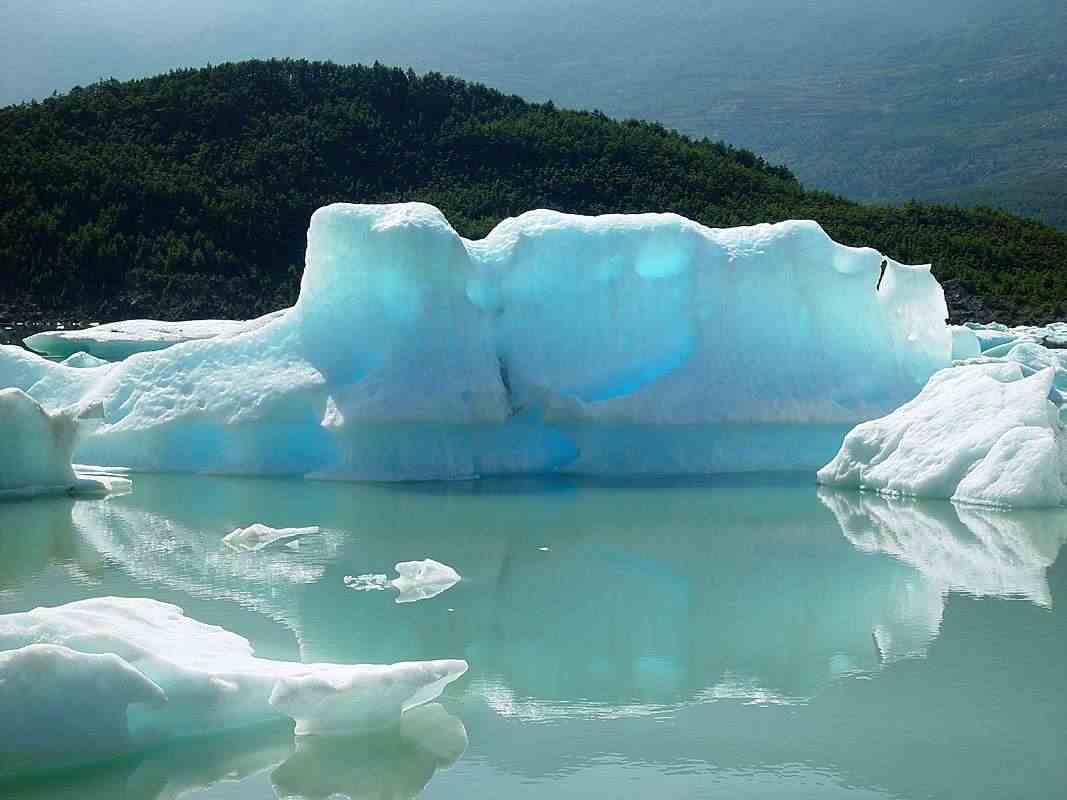

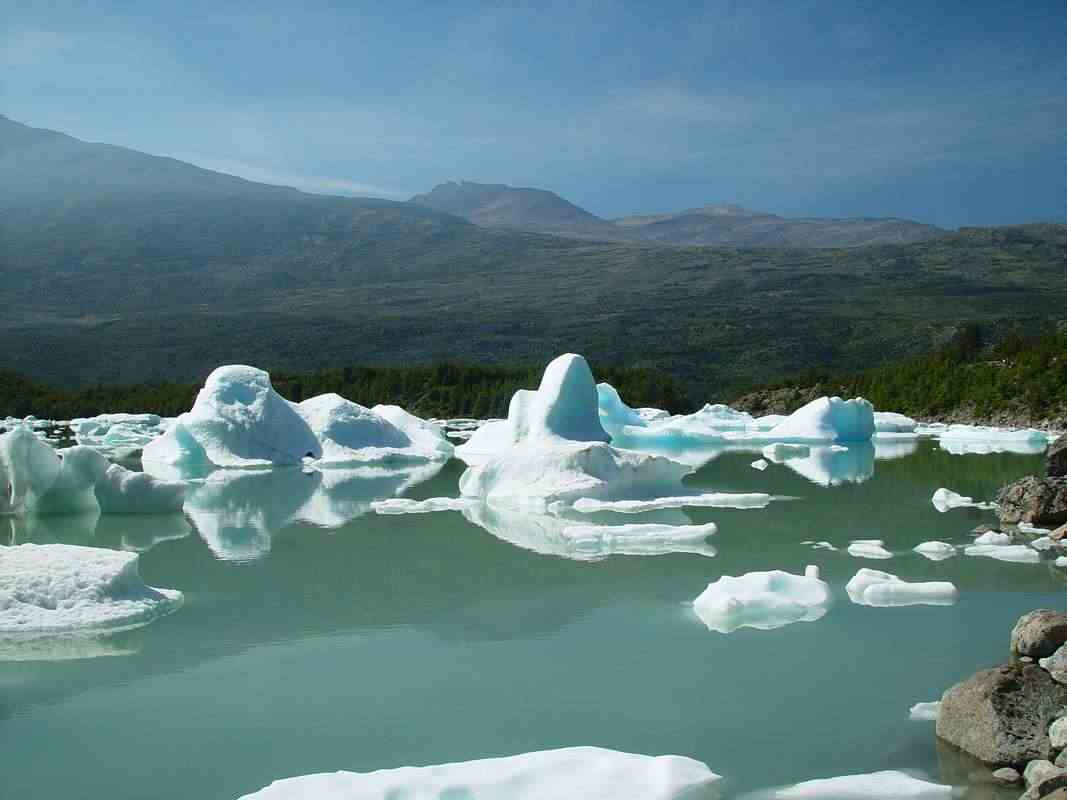

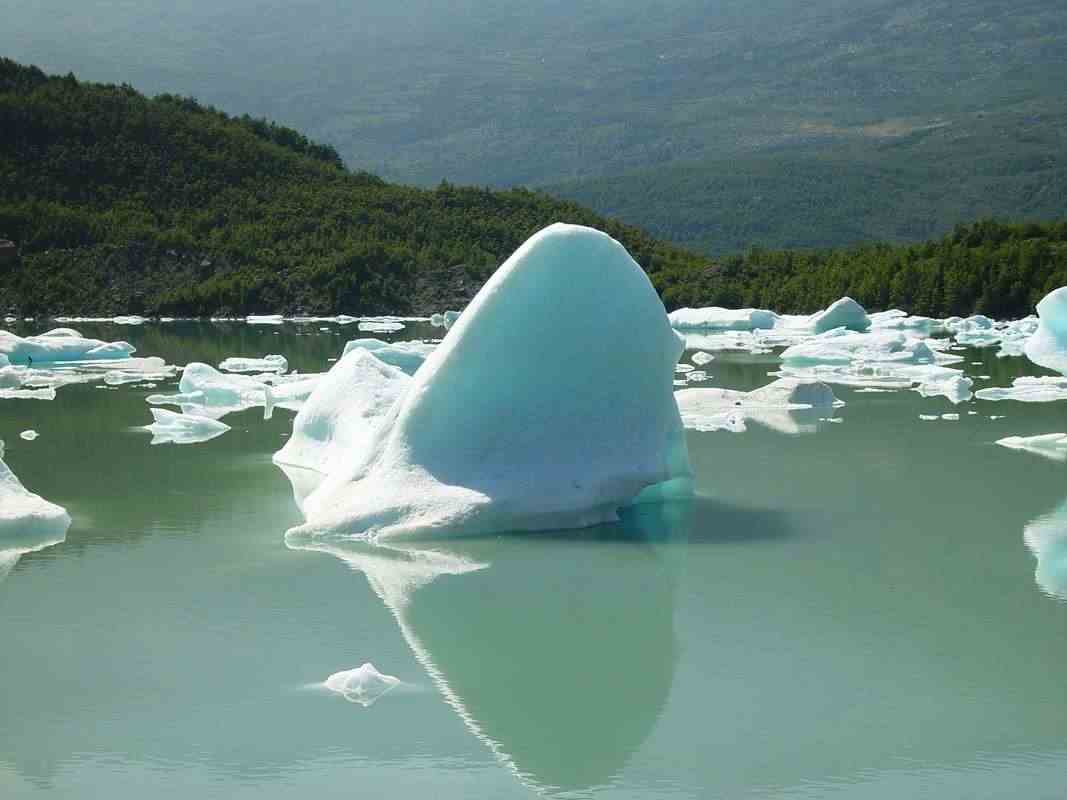
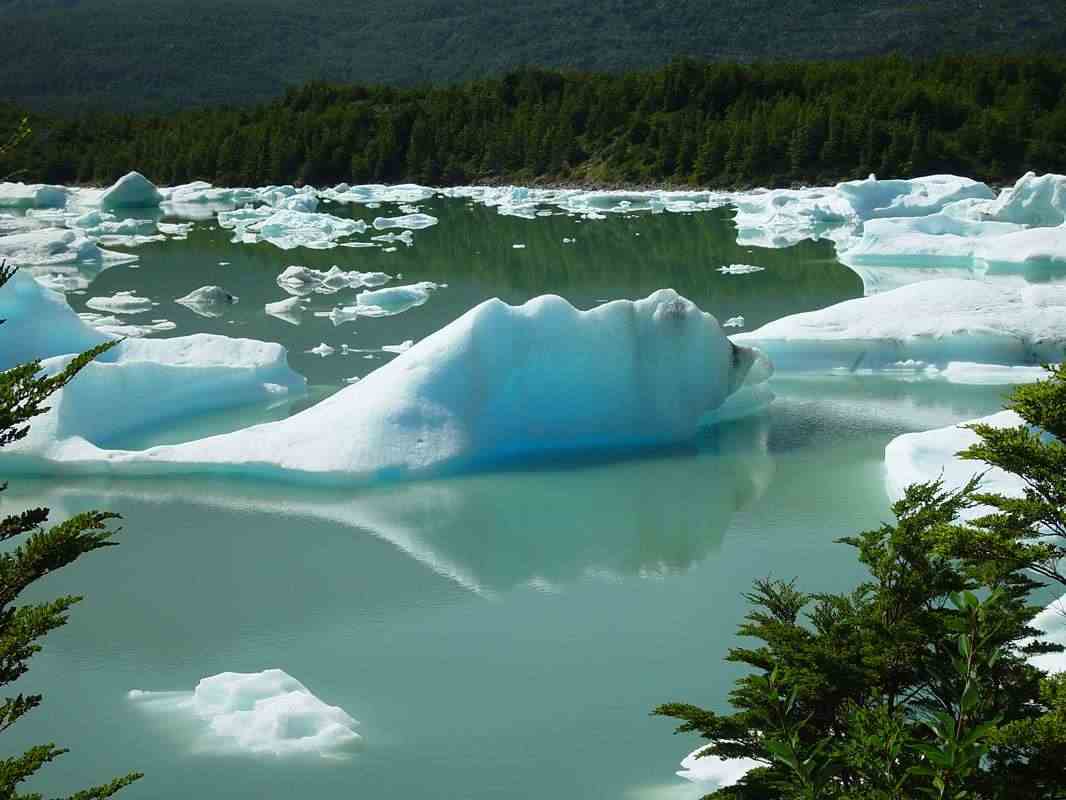

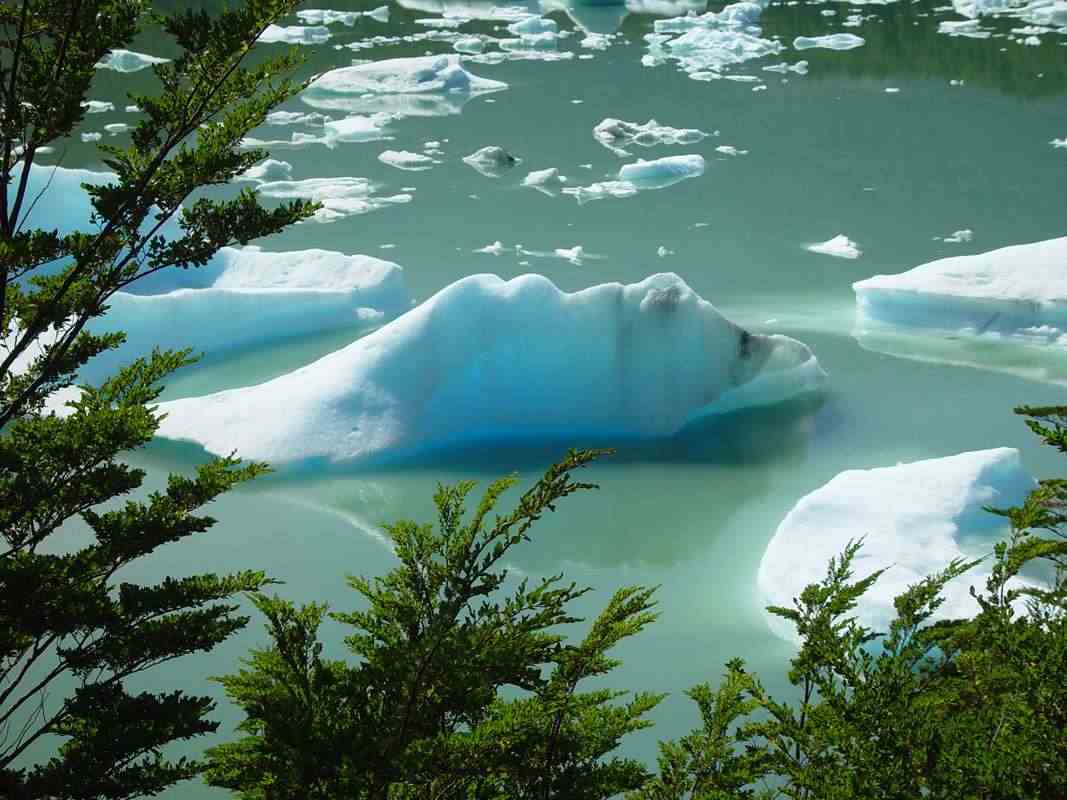
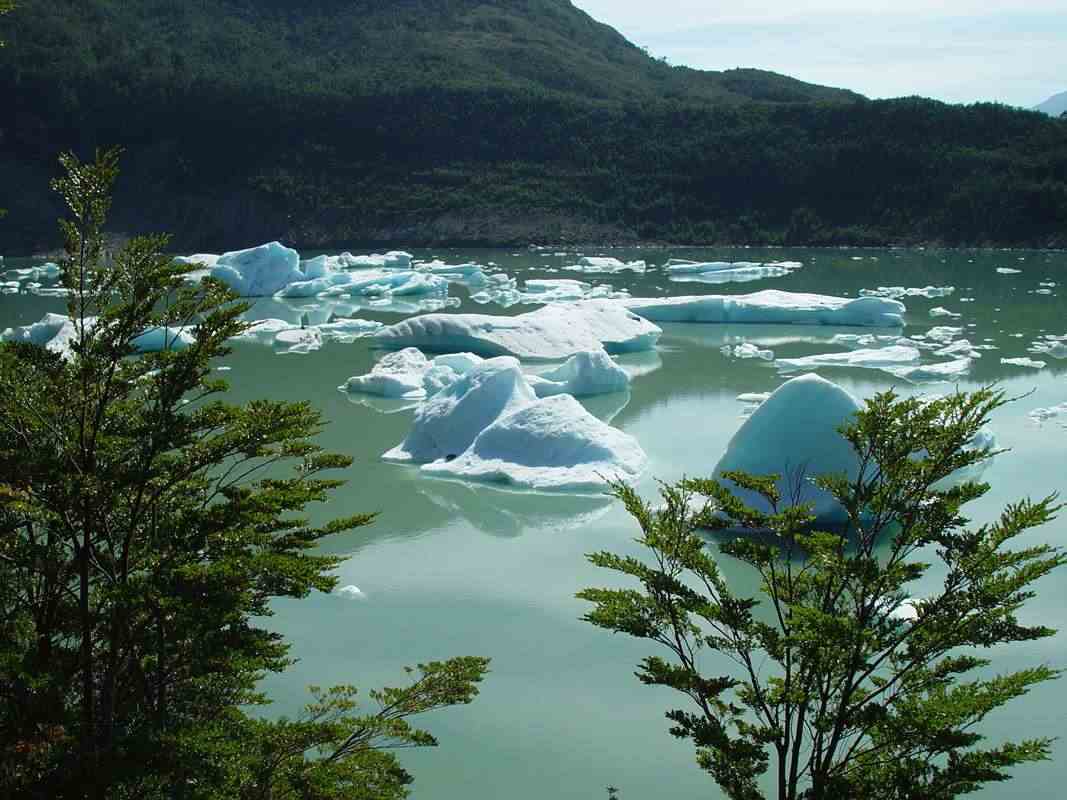



A magic, magic walk!!!
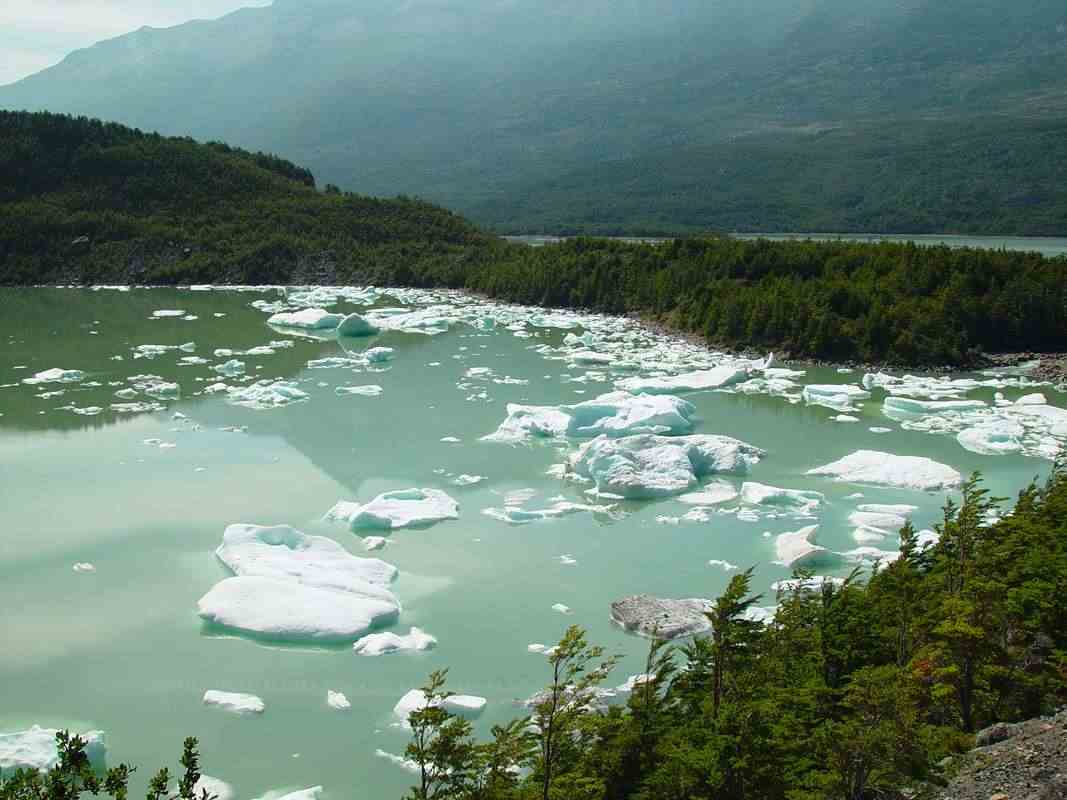






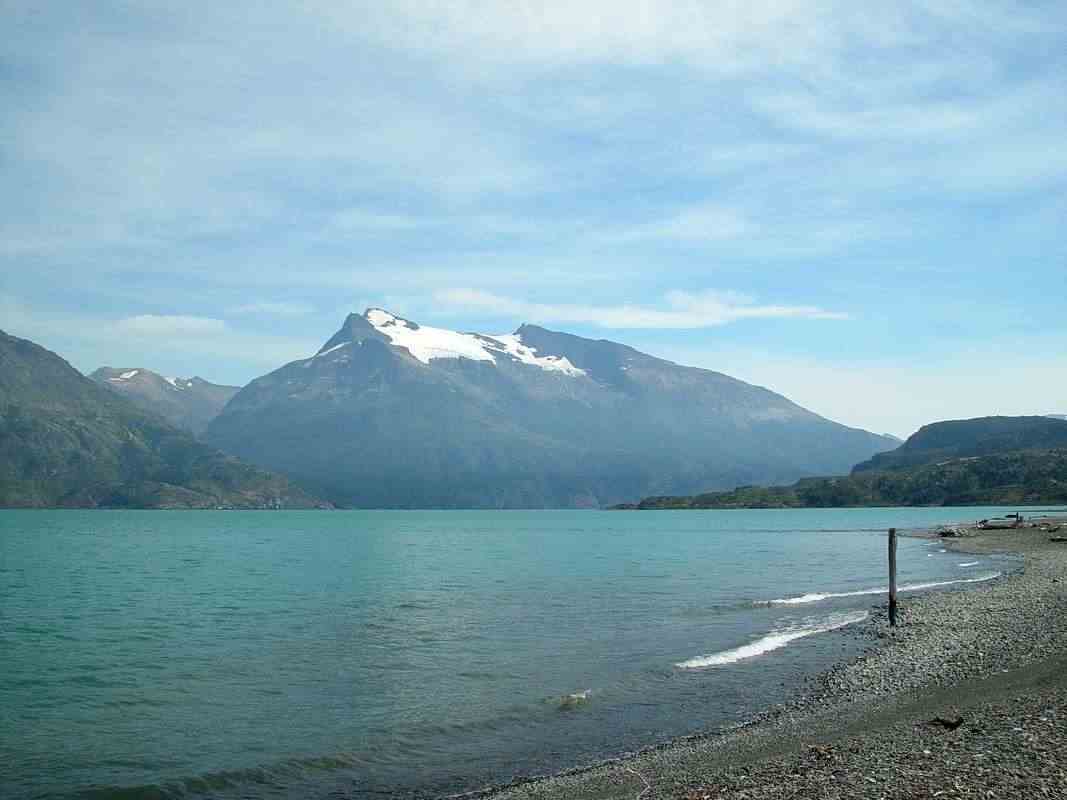
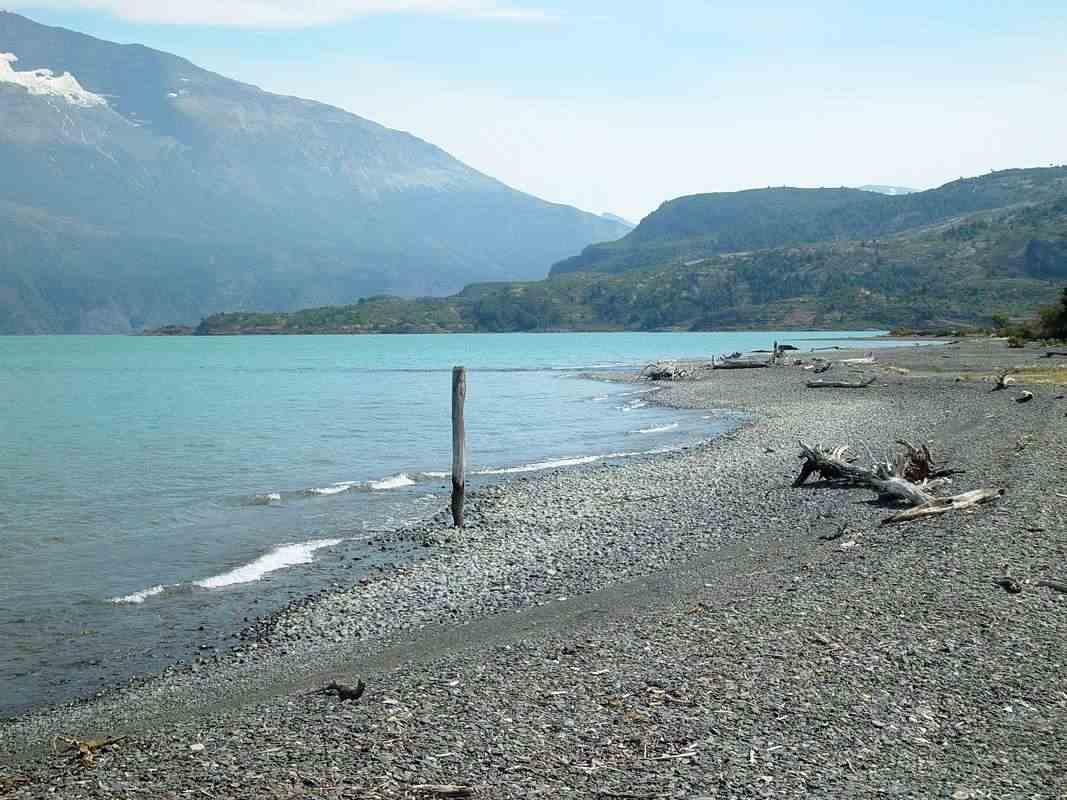
We docked at Estancia Perales where we were able to have a good look around.
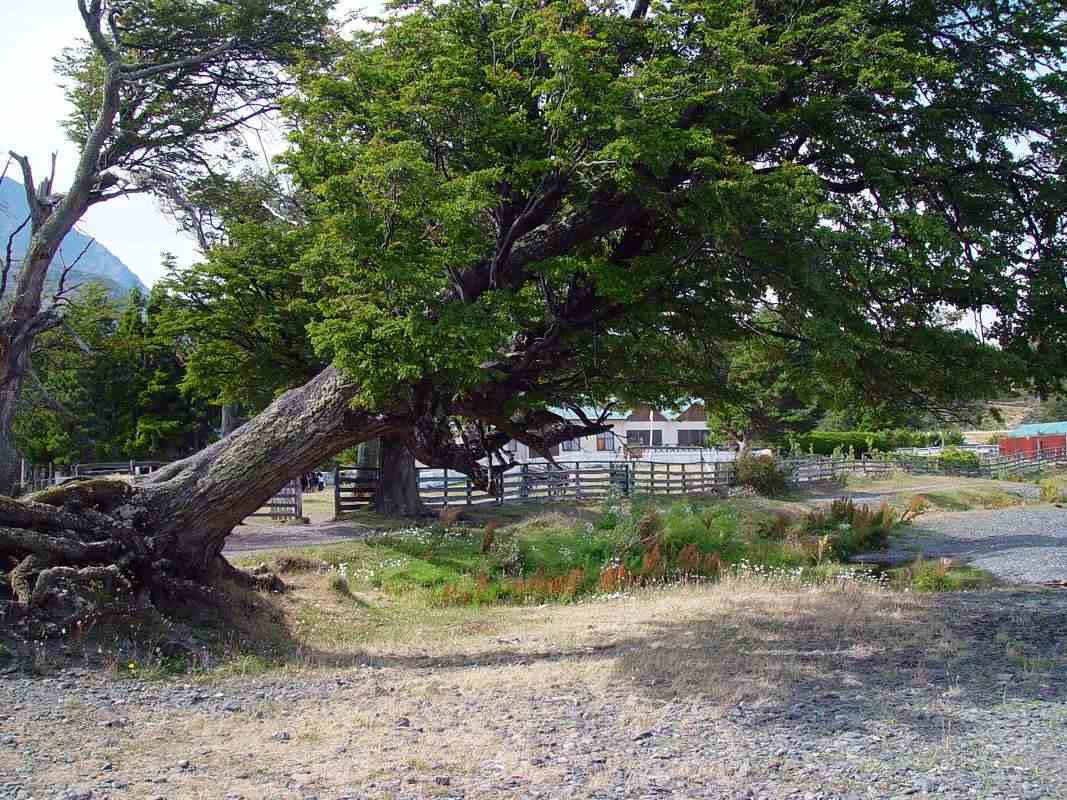
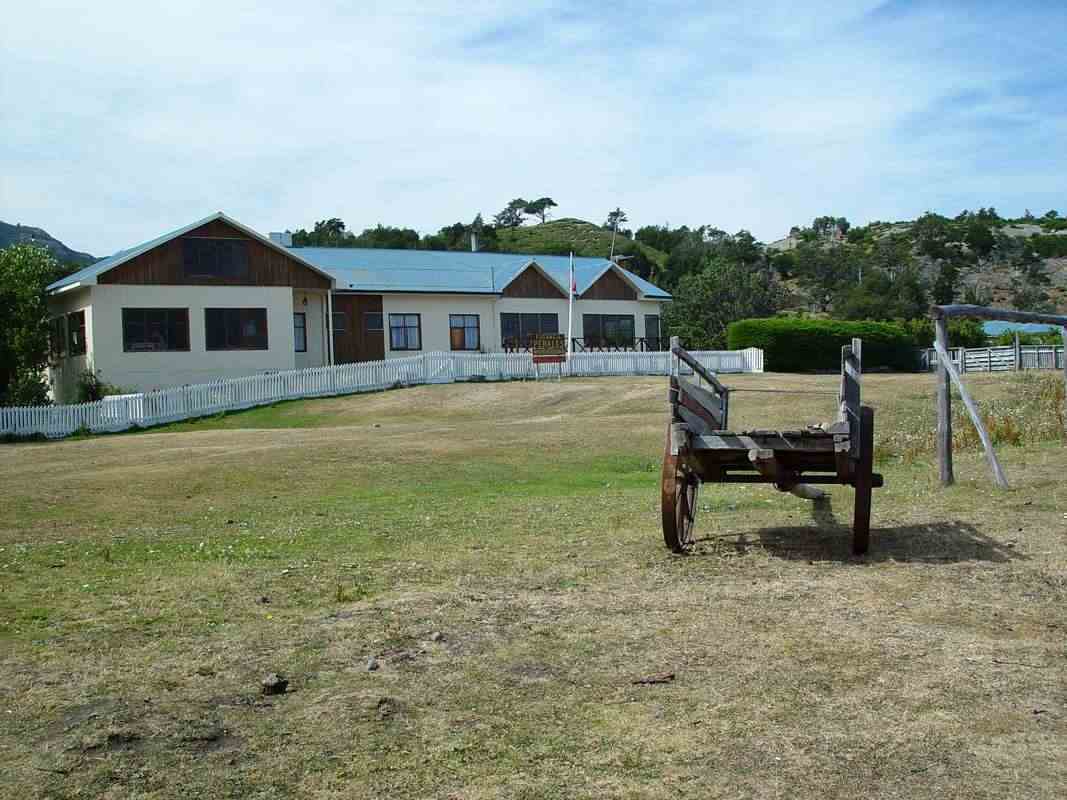
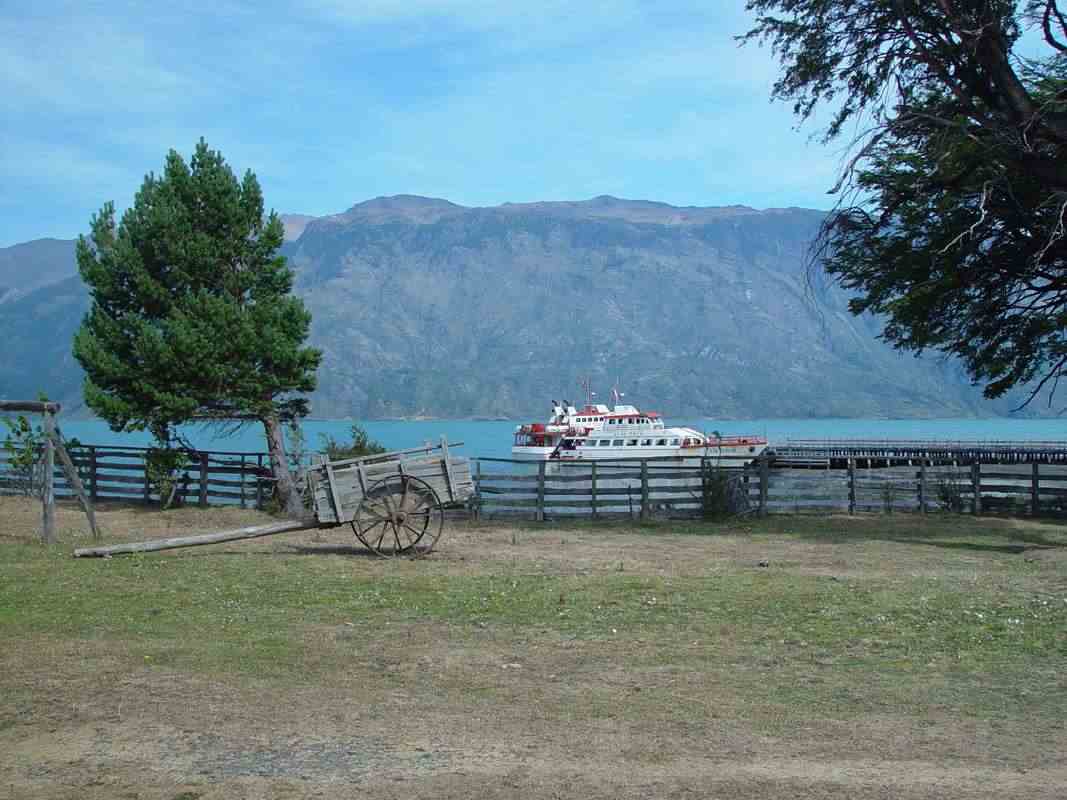



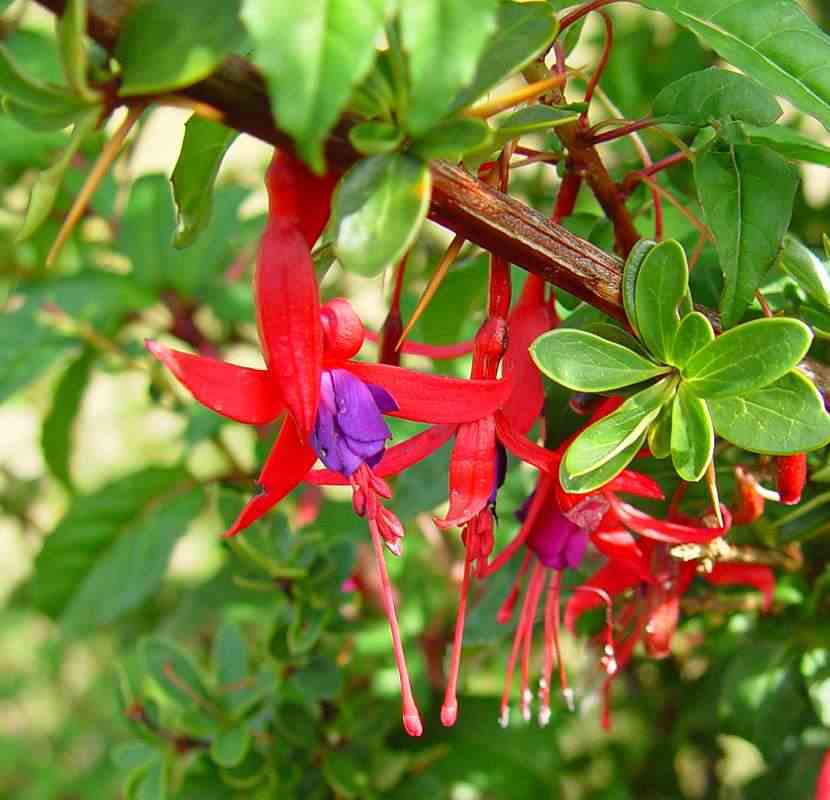
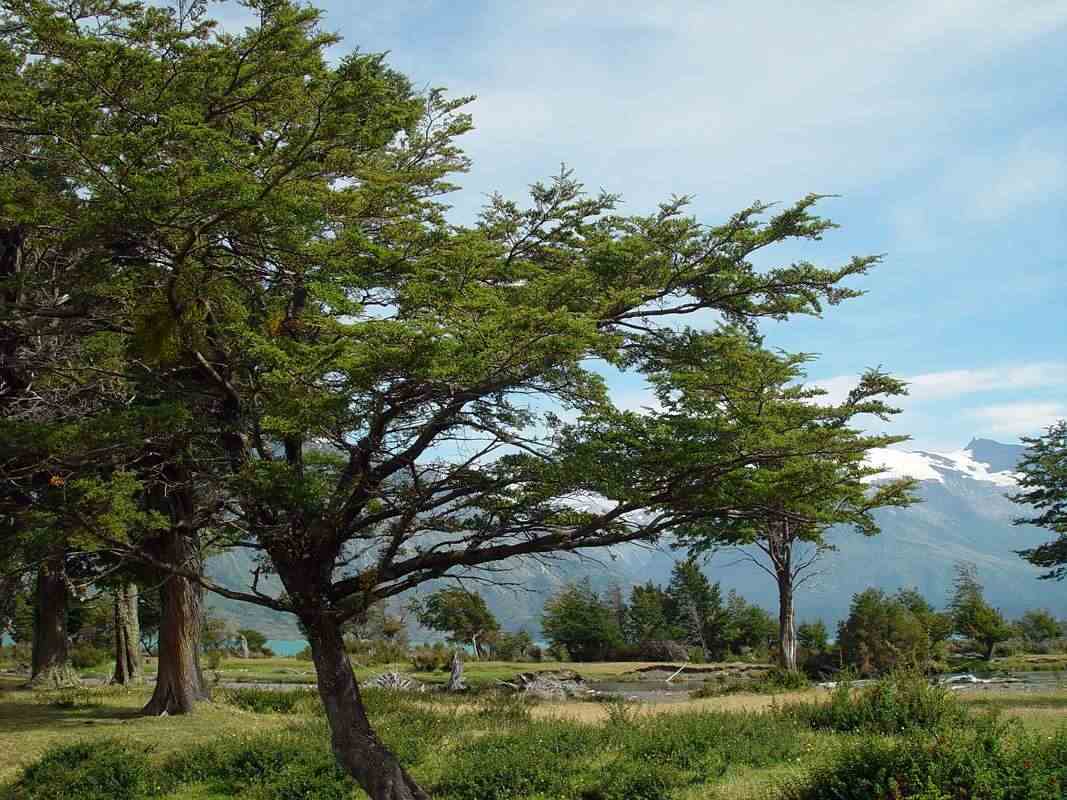
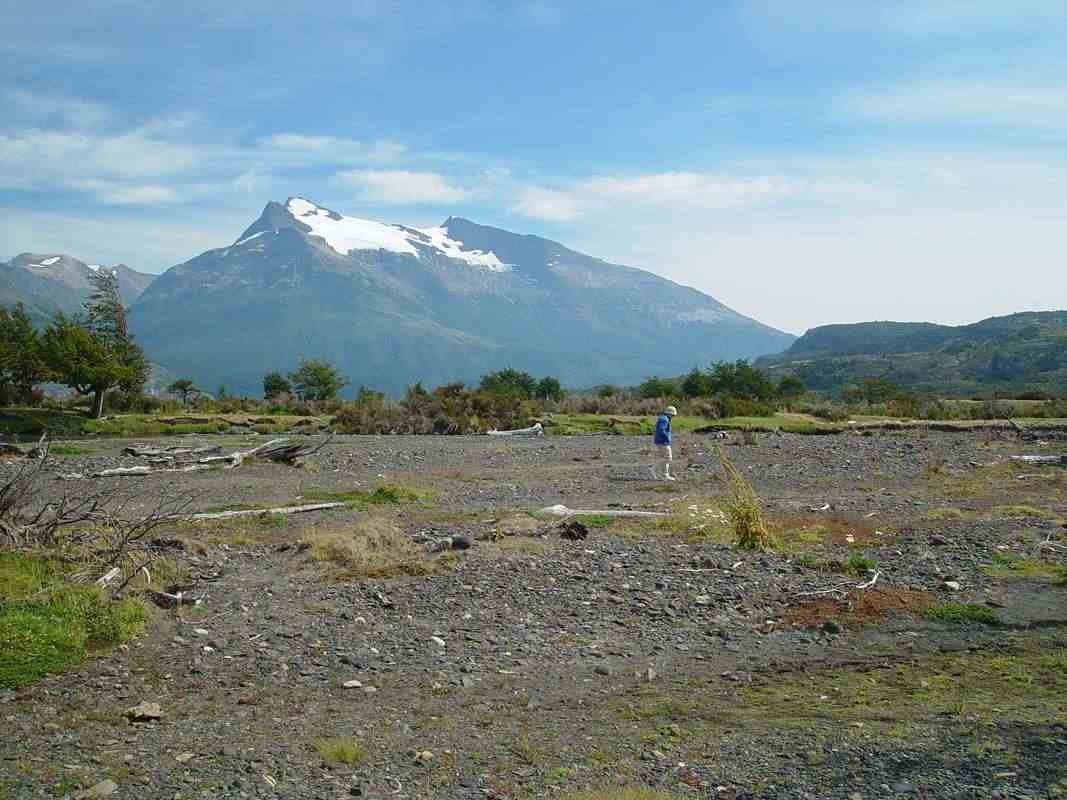

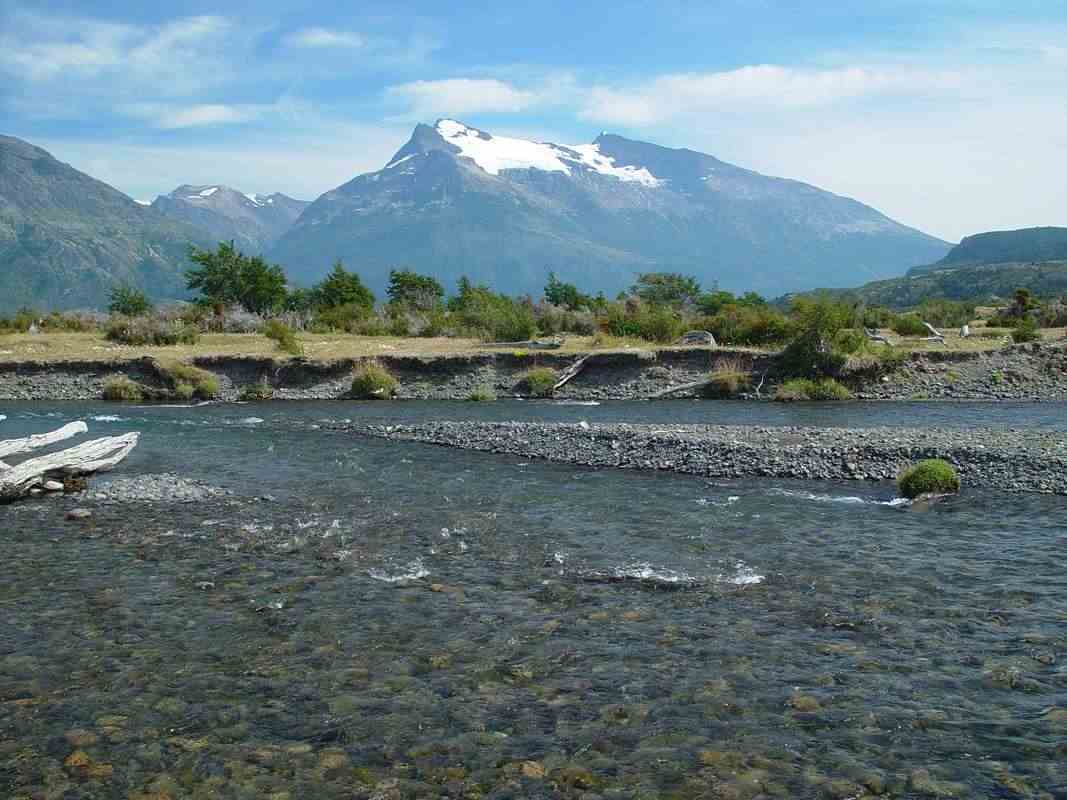
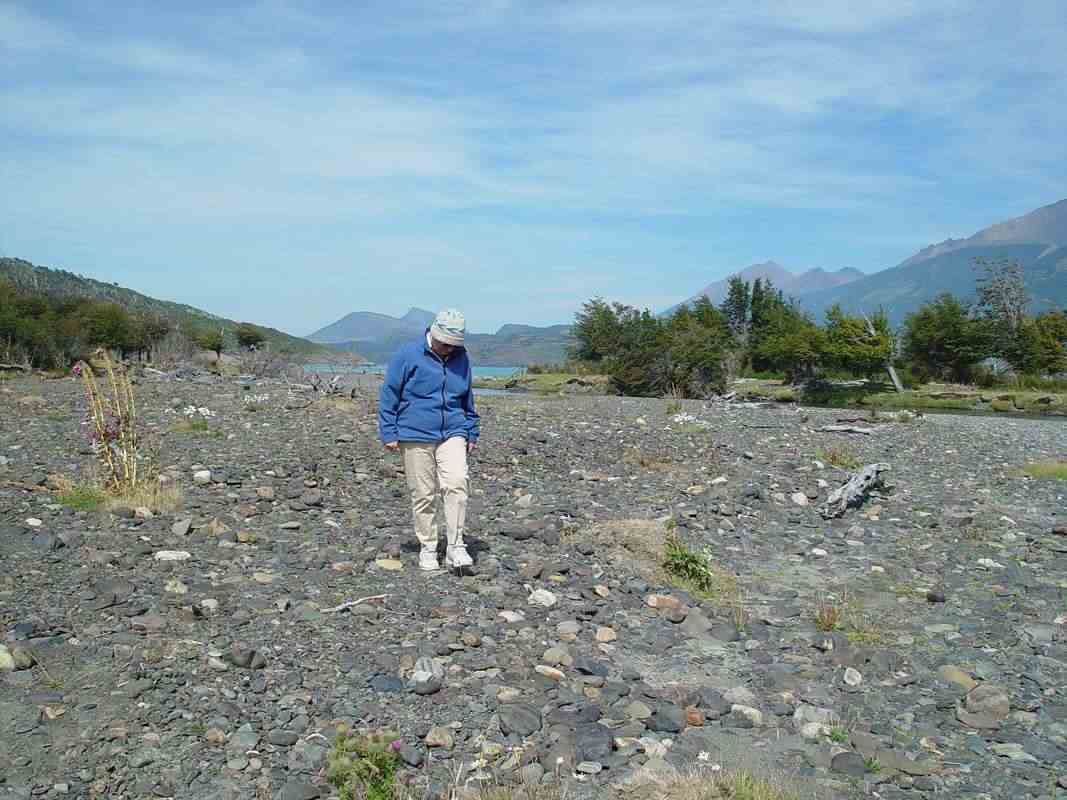


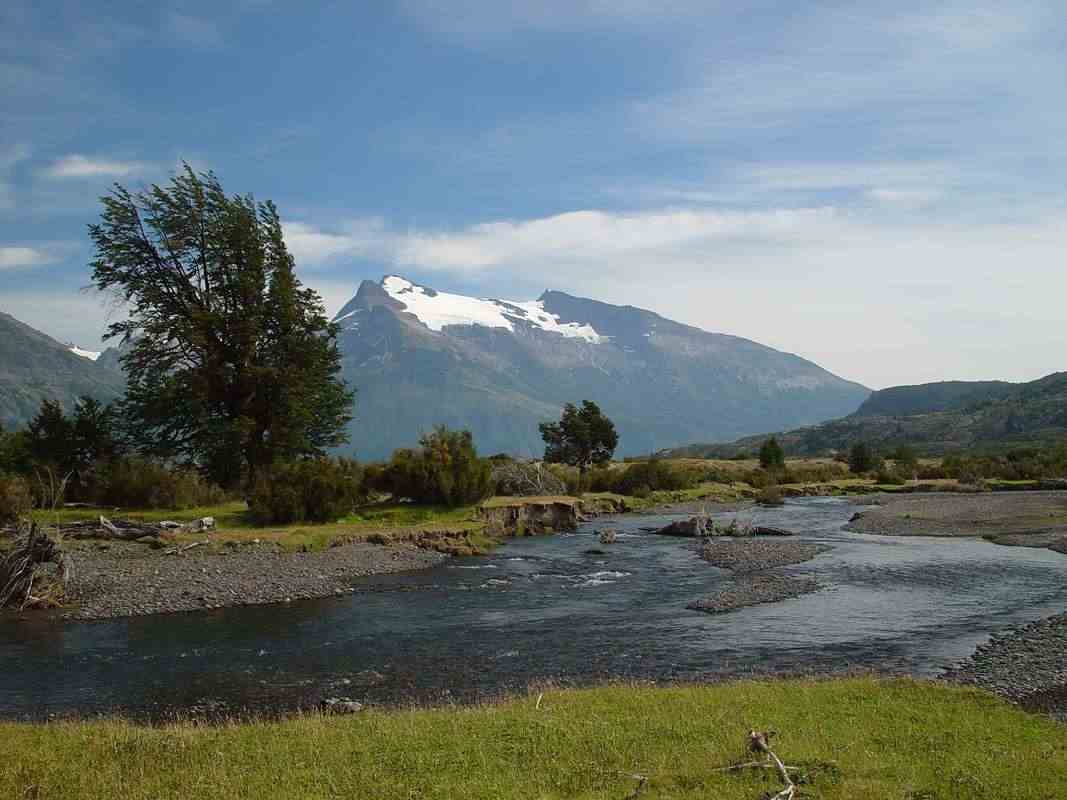

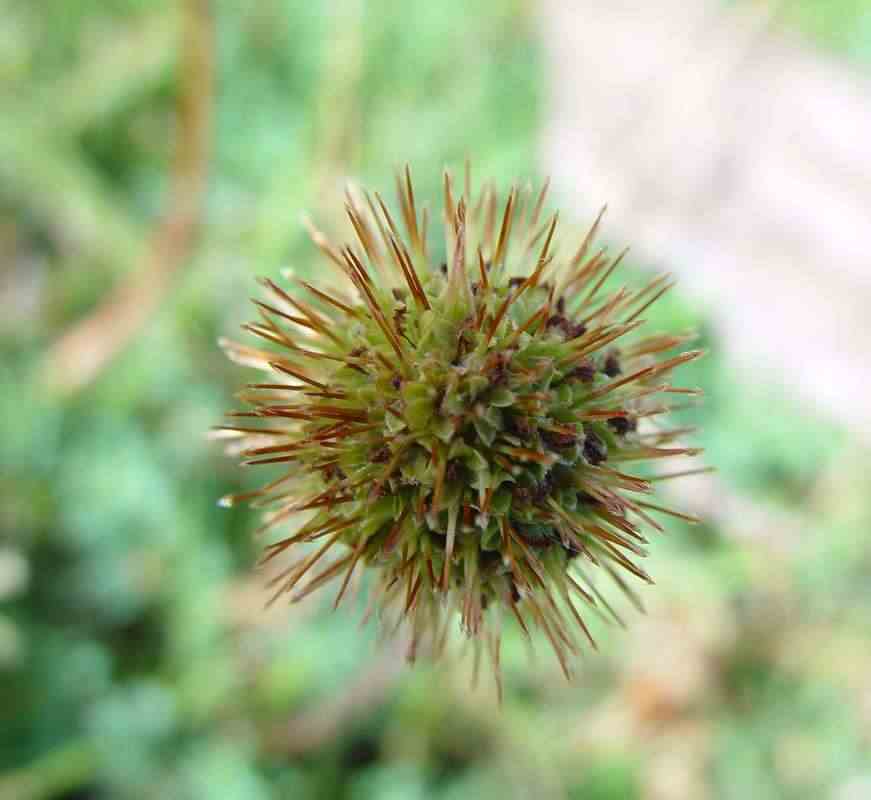
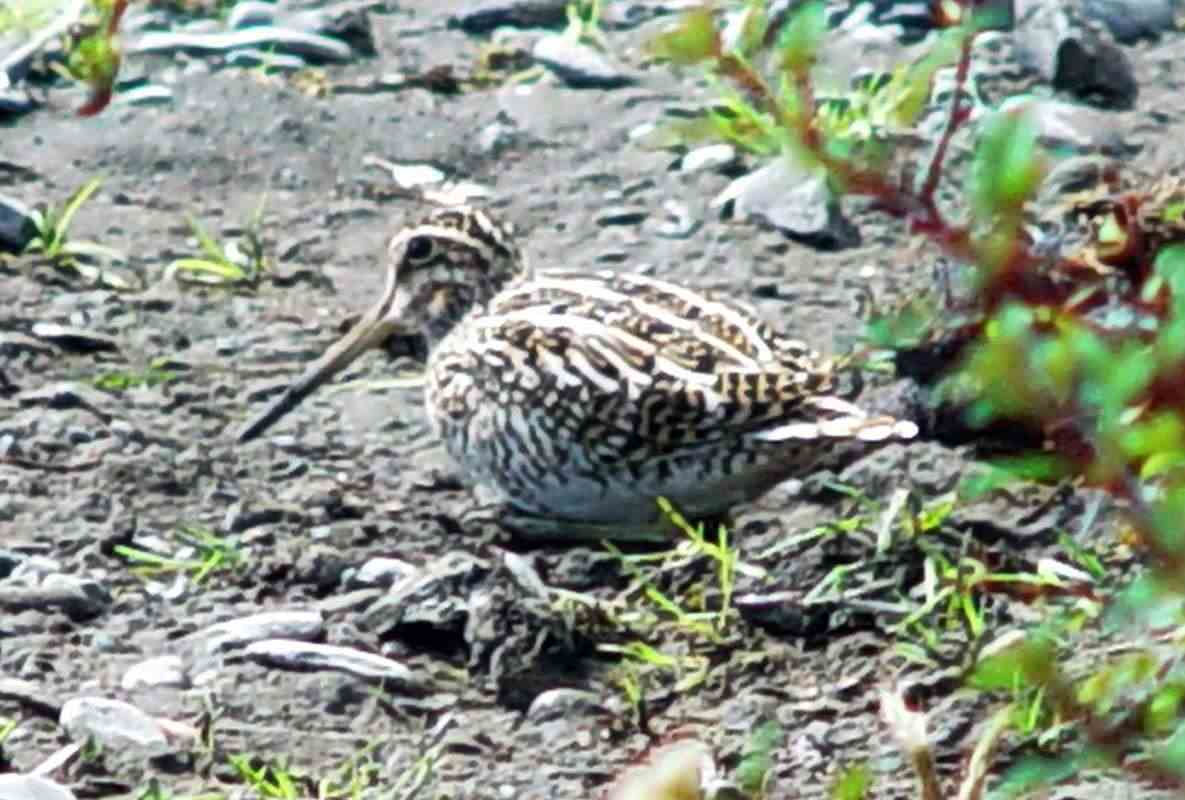
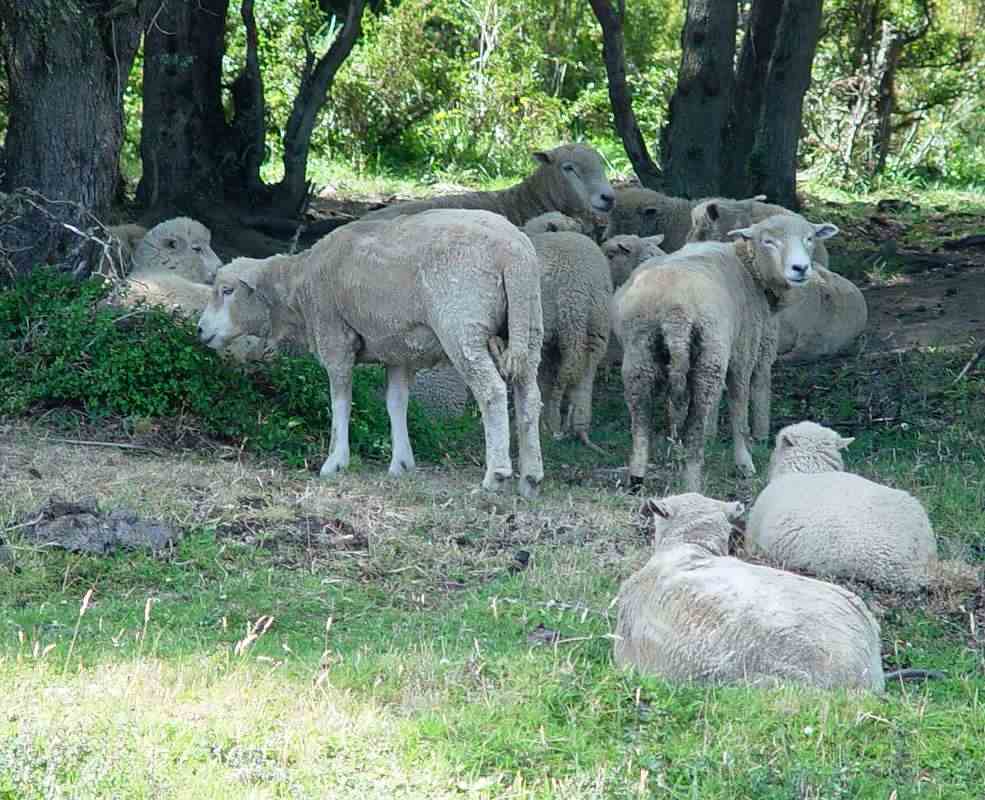


Cueva del Milodón is about 24km northwest of Puerto Natales.
This cave, used by prehistoric tribes, is notable for the discovery in 1895 of skin,
bones and other parts of a giant unknown animal.
It was eventually identified as a giant ground sloth known as the Mylodon (Mylodon darwini), which died 10,200–13,560 years ago.
It was a large herbivore which became extinct in the late Pleistocene.

It is a large cave - 30m high, 80m wide and 200m deep.


Some idea of what the giant sloth may have looked like.
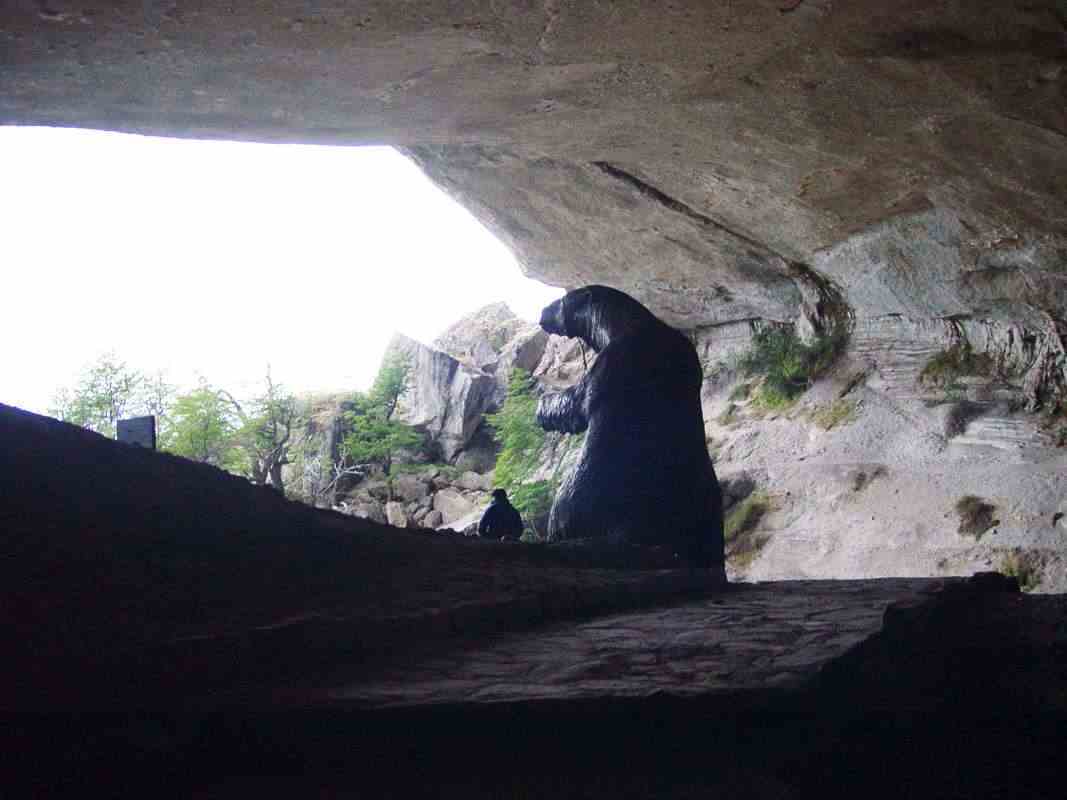
The milodon's feeding habits caused a skin swelling above its nasal arch that allowed it to root the ground.
With its powerful claws it dug out roots that were part of the food it ate.
The milodon's remains have been found at different depths which leads archaeologists to believe that these animals
inhabitated the cave until they were contemporary to the first primitive hunters in this area.
Probably its extinction was due to changes in the climate, the competition with other animals for food or some illness.







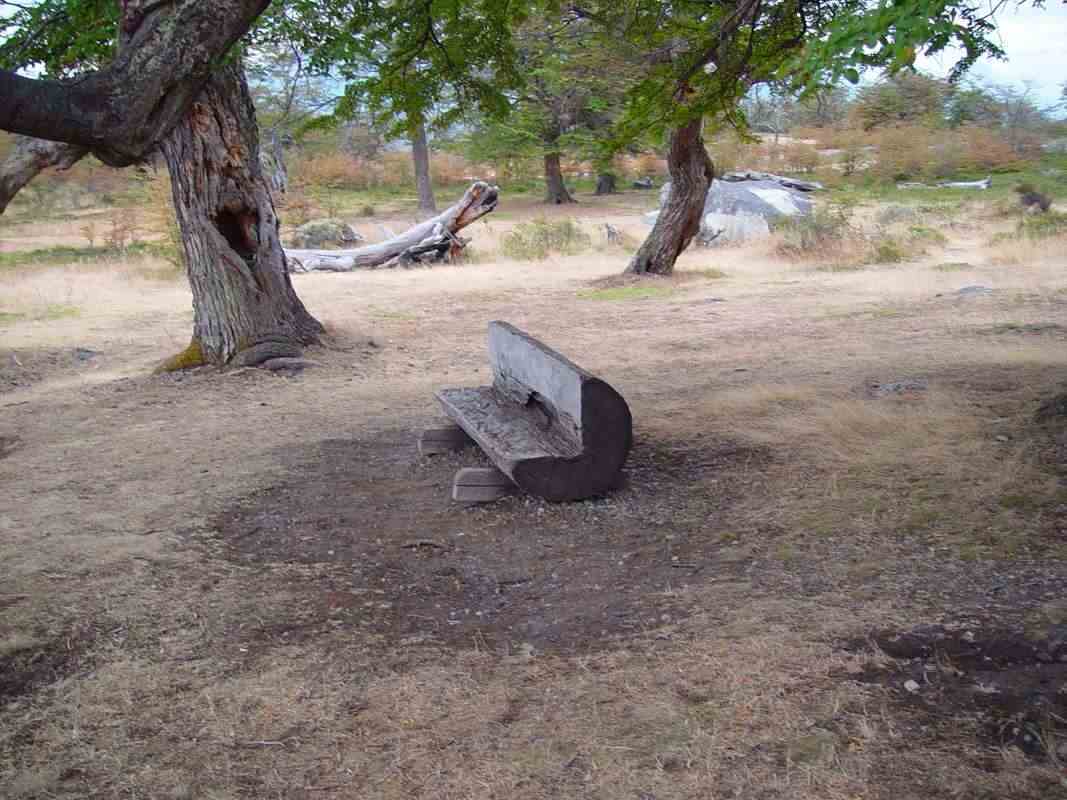
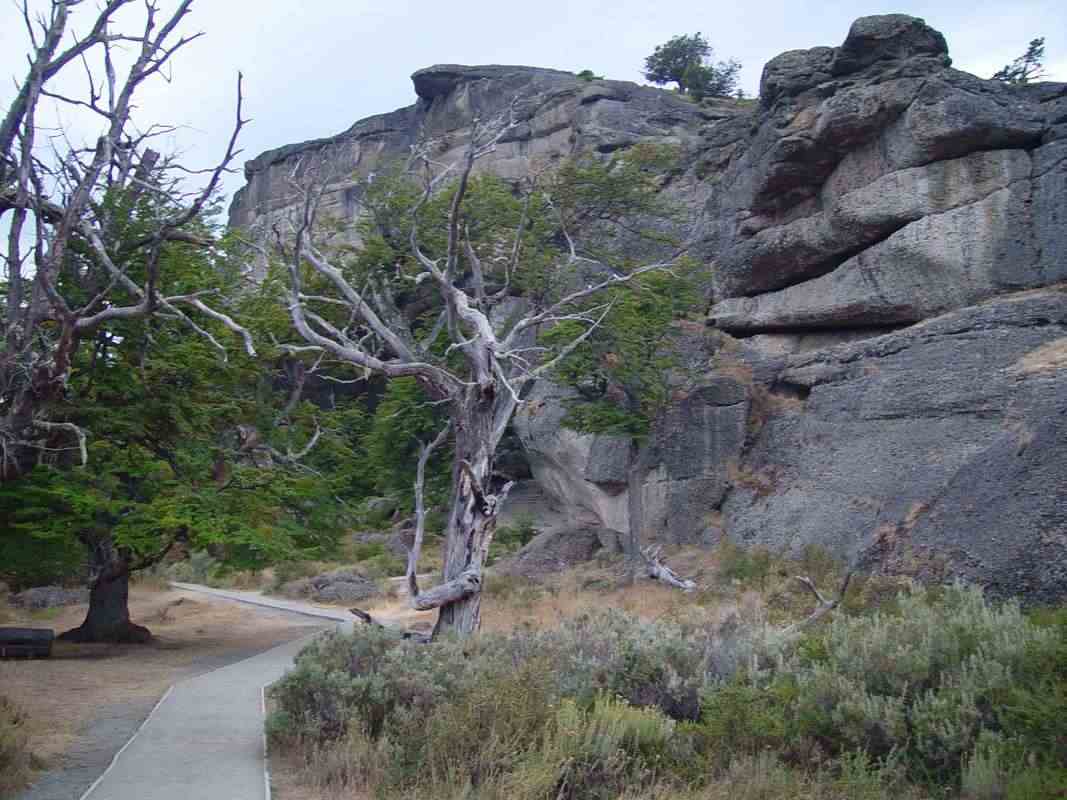
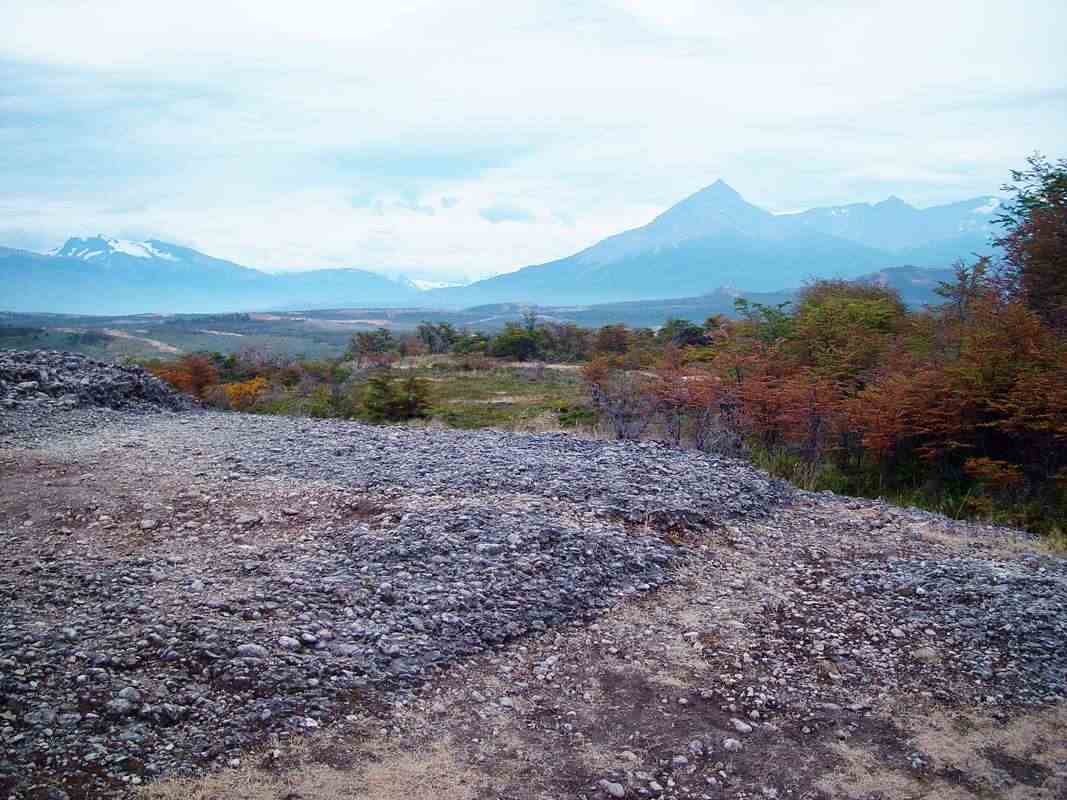

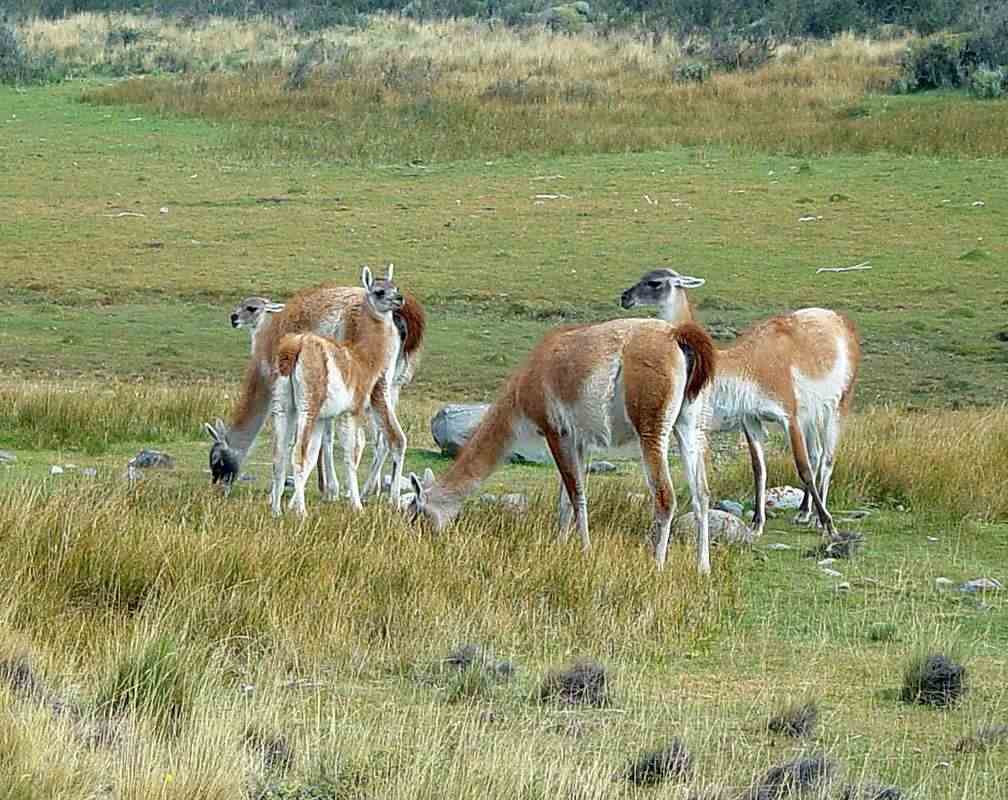
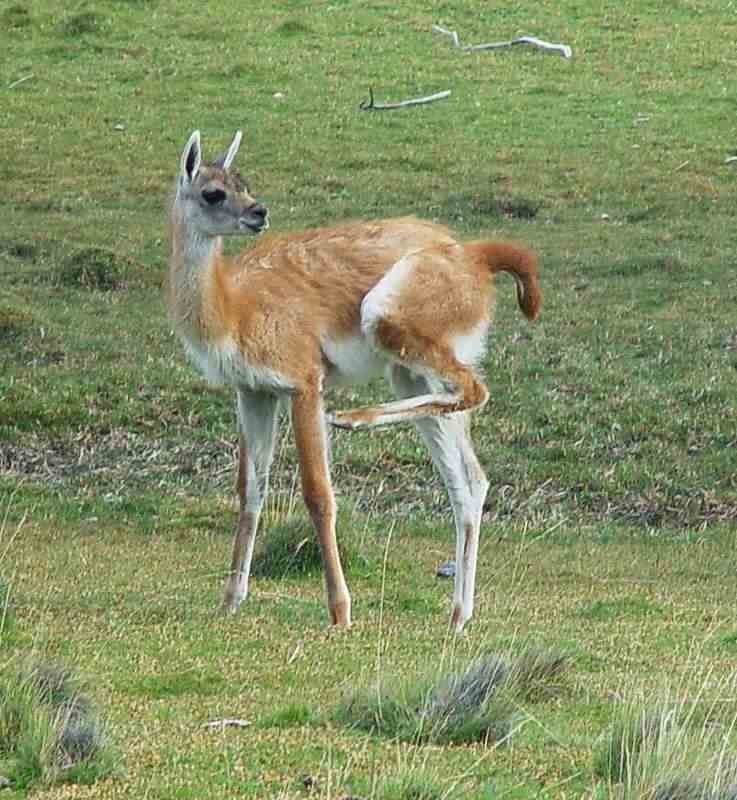



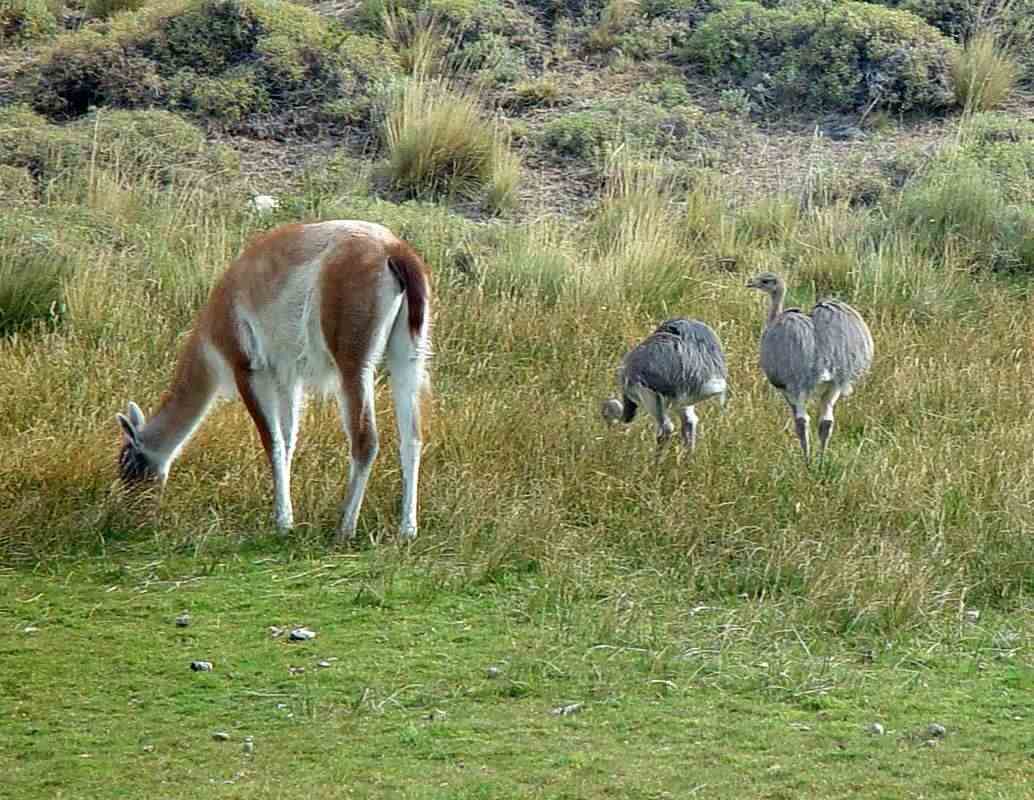
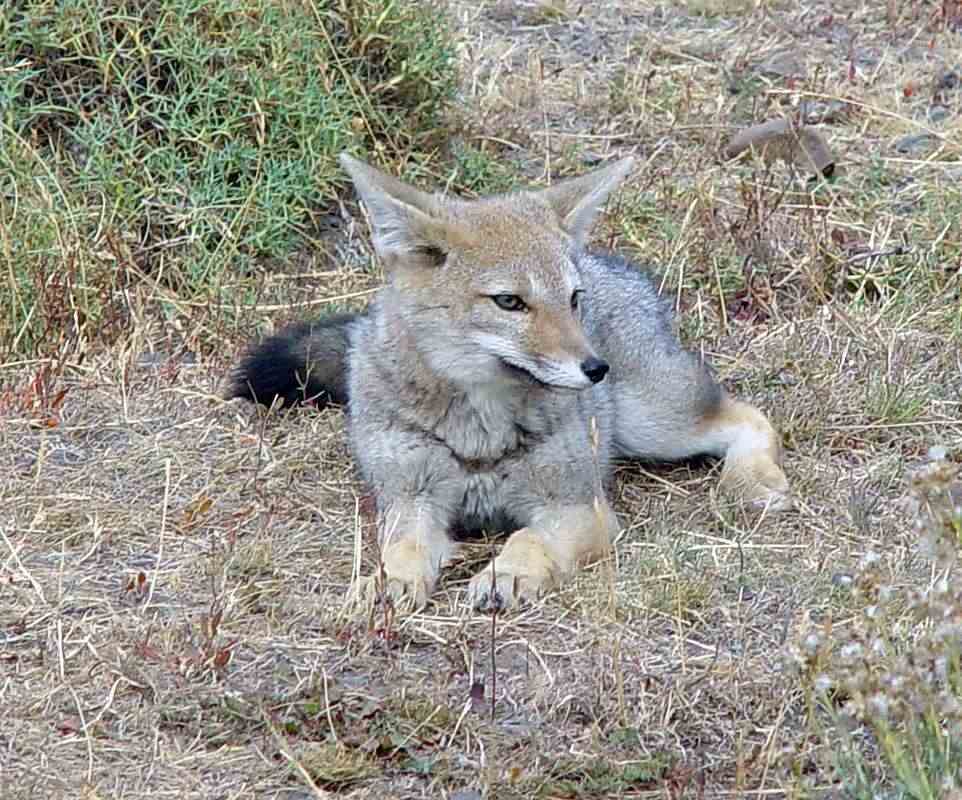


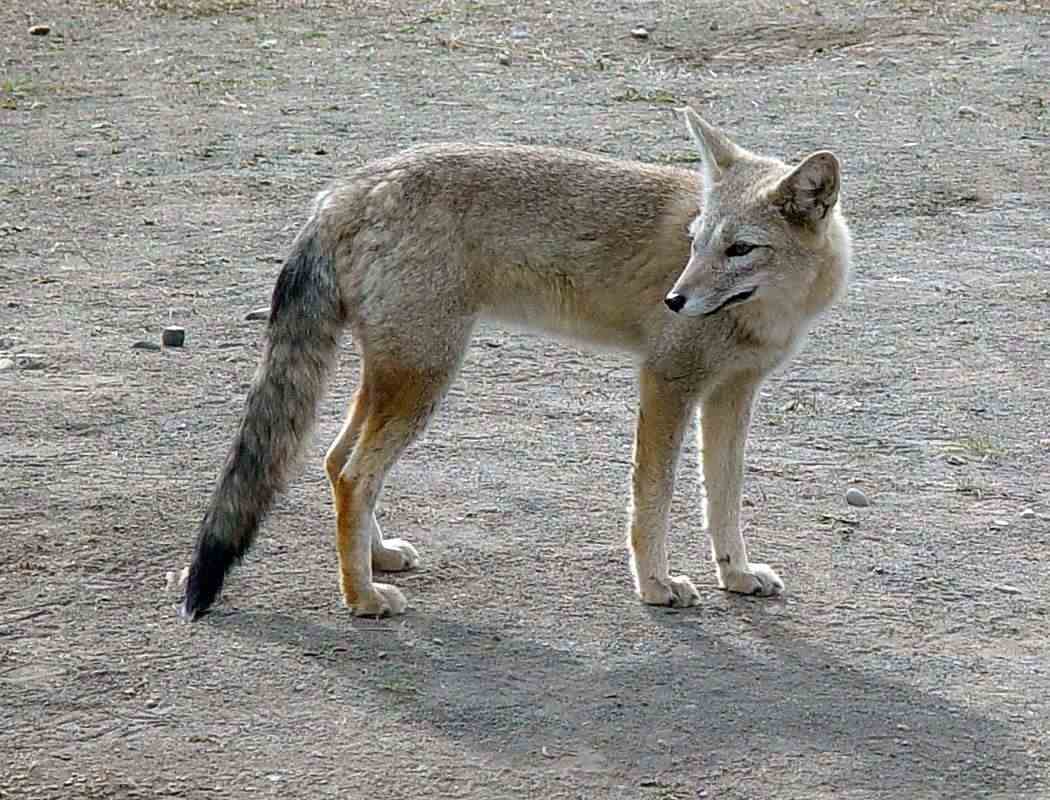
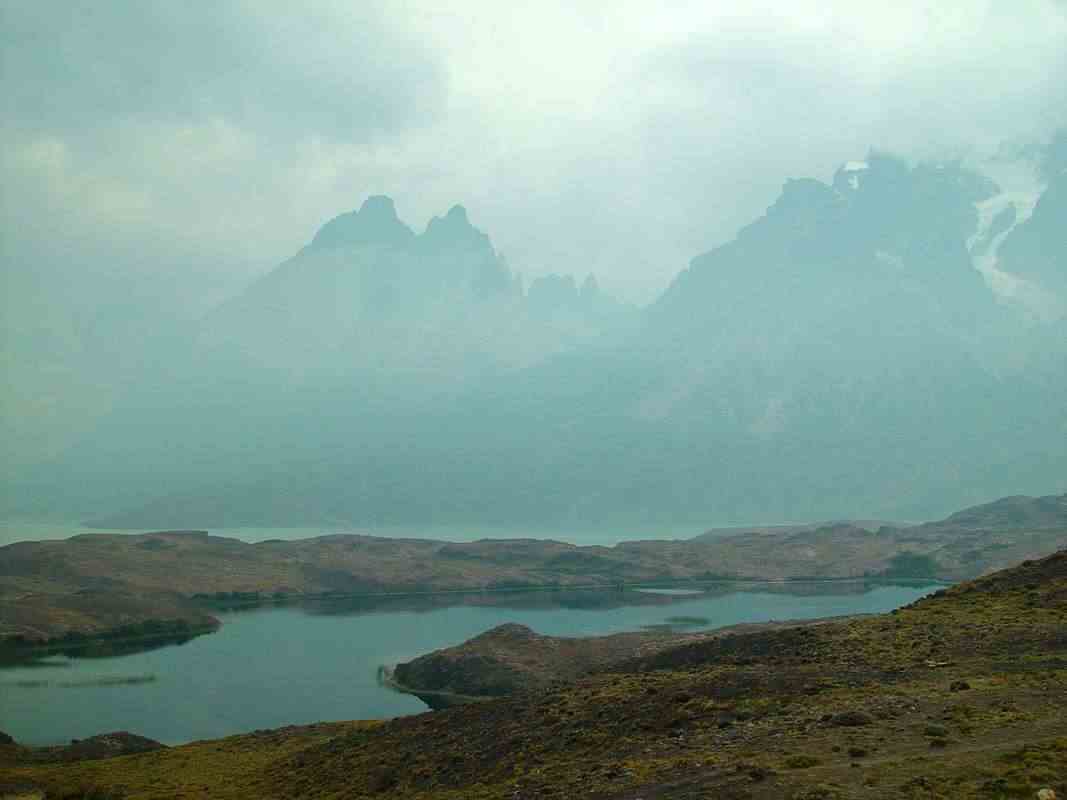
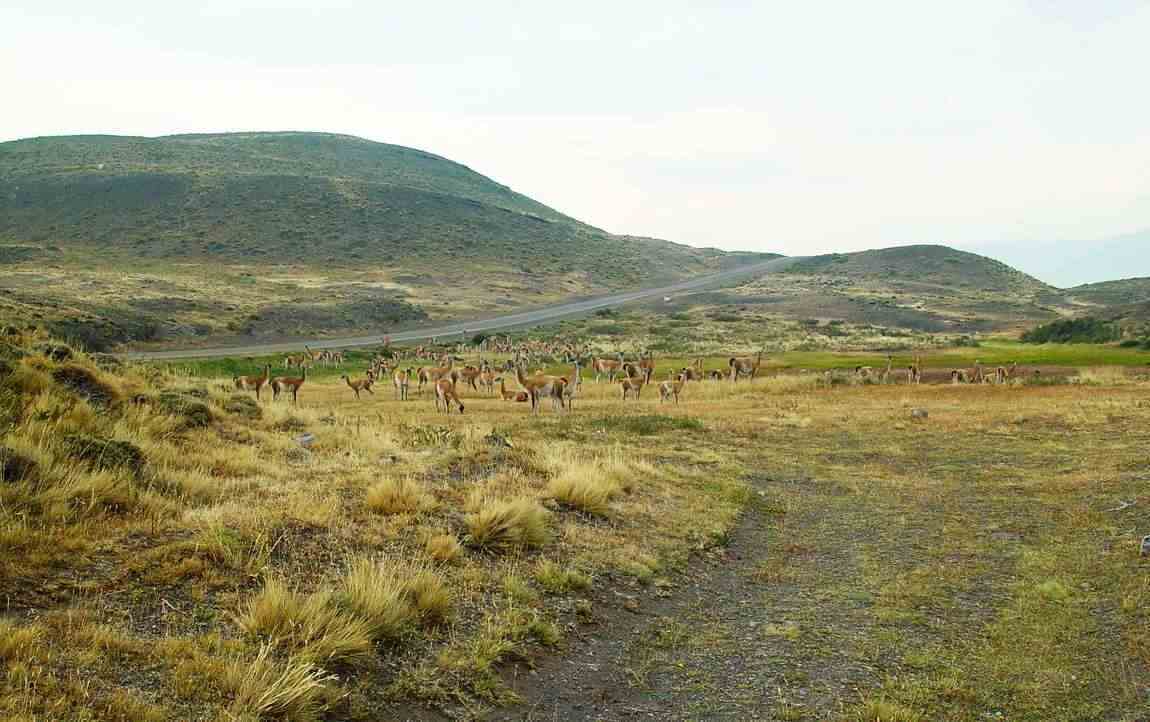
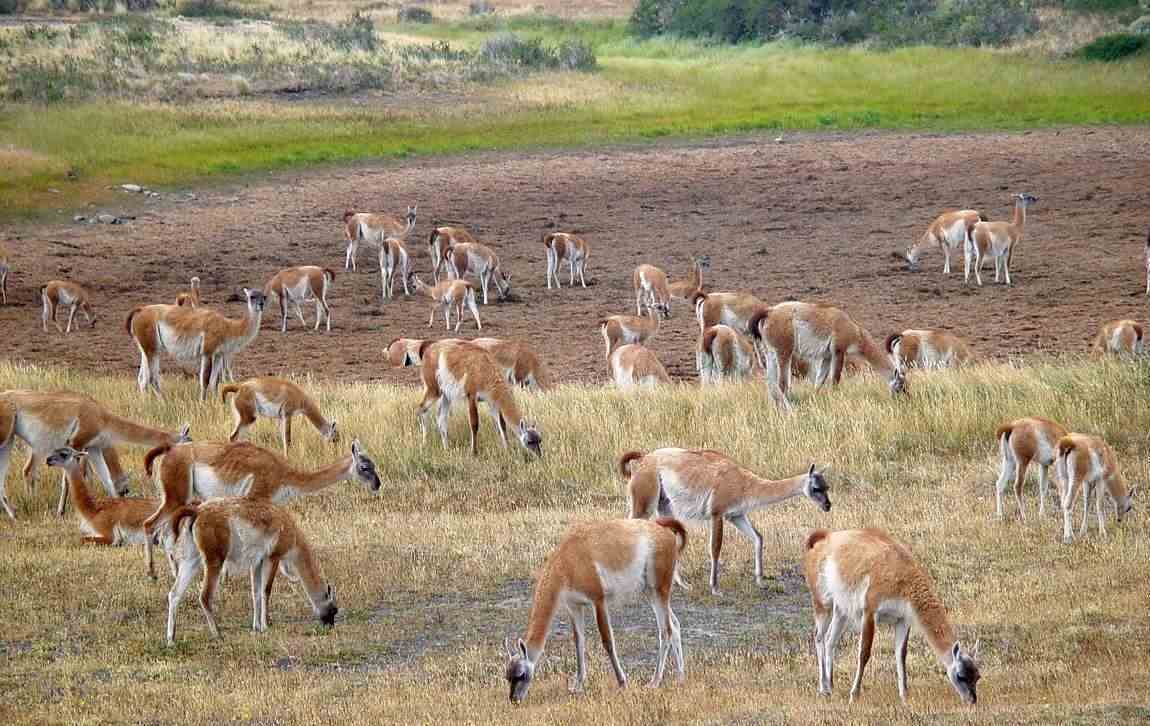

We were to spend 2 nights at a smart hotel (Hosteria Las Torres) in Torres del Paine National Park.
However after one night we were evacuated back to Puerto Natales due to a bushfire that had started from a campfire.
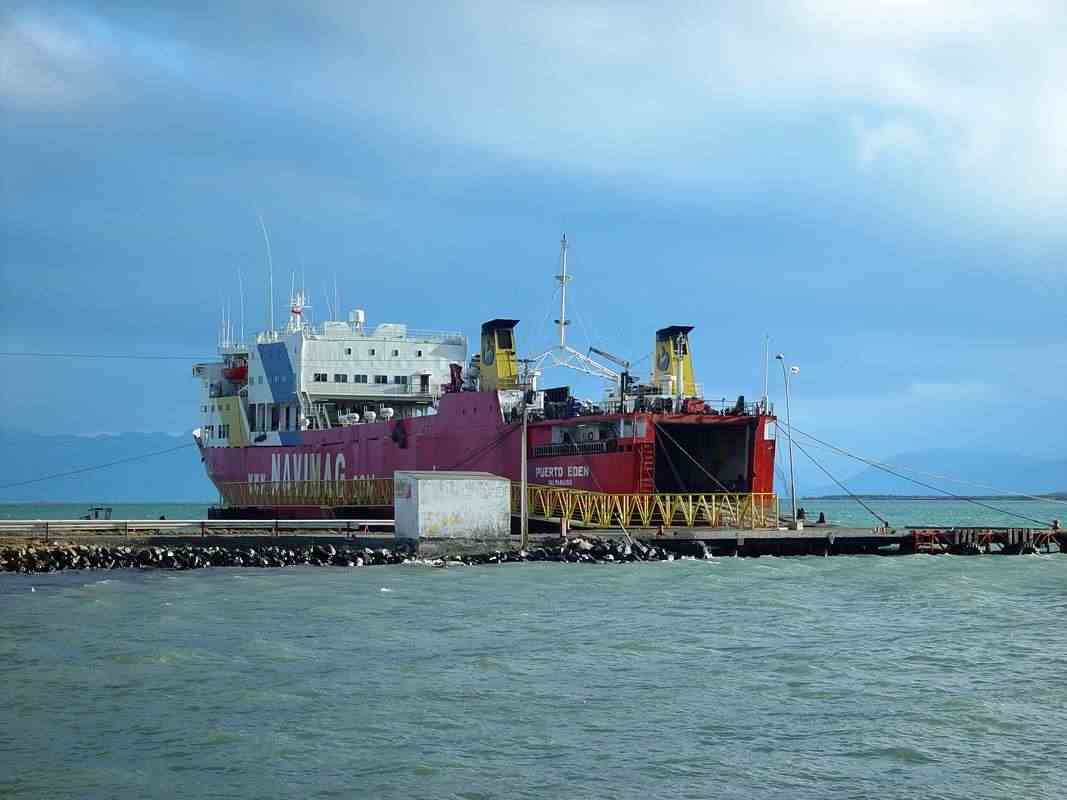
In January-February 2005 we visited South America before and after our Antarctic Cruise.
49-days - Melbourne - Auckland - Buenos Aires (Argentina) - Ushuaia - 10-day Antarctic Cruise - Ushuaia - El Calafate -
Perito Moreno Glacier - El Calafate - El Chalten - Puerto Natales (Chile) - Torres del Paine NP - Chilean Fiords ferry - Puerto Varas -
Lakes crossing - Bariloche (Argentina) - Buenos Aires - Auckland - Melbourne
An excited couple on board the 3½ flight with Air New Zealand to Auckland.
We had 2½ hours in transit and then a 12½ flight on the Aerolineas Argentinas jet to Buenos Aires.
After 13 days in Argentina and a 10-day Antarctic cruise we caught a local bus from El Calafate in Argentina
to the Argentina-Chile border-crossing posts and on to Puerto Natales on the Pacific coast in Chile.
Decorative lights at the Chilean border-post.
Puerto Natales
Puerto Natales was originally inhabited by the Kawésqar or Alacaluf people and the Aoniken or Tehuelche people.
The first European to visit the area where the city is located was Juan Ladrillero, a Spanish explorer
who was looking for the Strait of Magellan's western passage in 1557.
The city was later settled by European immigrants, primarily Germans, British, Croats, Greeks, Italians and Spaniards.
It was then settled by Chilean people, with a substantial number coming from the island of Chiloé, all attracted by the sheep breeding industry.
We went on a magnificent day-cruise in the local Última Esperanza Sound.
The majestic Monte Balmaceda glacier.
20 years ago, Balmaceda glacier reached the sea.
We docked at Puerto Toro and we had a delightful 800m walk around the edge of a lake to Serrano glacier.
We had a pisco sour drink with 1000 year-old glacier ice.
A magic, magic walk!!!
We docked at Estancia Perales where we were able to have a good look around.
Cueva del Milodón is about 24km northwest of Puerto Natales.
This cave, used by prehistoric tribes, is notable for the discovery in 1895 of skin,
bones and other parts of a giant unknown animal.
It was eventually identified as a giant ground sloth known as the Mylodon (Mylodon darwini), which died 10,200–13,560 years ago.
It was a large herbivore which became extinct in the late Pleistocene.
It is a large cave - 30m high, 80m wide and 200m deep.
Some idea of what the giant sloth may have looked like.
The milodon's feeding habits caused a skin swelling above its nasal arch that allowed it to root the ground.
With its powerful claws it dug out roots that were part of the food it ate.
The milodon's remains have been found at different depths which leads archaeologists to believe that these animals
inhabitated the cave until they were contemporary to the first primitive hunters in this area.
Probably its extinction was due to changes in the climate, the competition with other animals for food or some illness.
We were to spend 2 nights at a smart hotel (Hosteria Las Torres) in Torres del Paine National Park.
However after one night we were evacuated back to Puerto Natales due to a bushfire that had started from a campfire.
Click here to
see the Torres del Paine photos.
We left Puerto Natales on a 4-night ferry cruise through the Chilean fiords.
We left Puerto Natales on a 4-night ferry cruise through the Chilean fiords.